
TESSA HALLIWELL
HAUTE COUTURE
READY TO WEAR
DIFFUSION
BRIDGE BRANDS
MASS MARKETS




These are brands such as Chanel, Balenciaga, Schiaparelli, Maison Margiela, Franck Sorbier and Dior In order to be eligible for haute couture status, members must create madeto-order garments in an atelier of at least 15 full-time staff, as well as 20 full-time technical workers in one of their ateliers. Collections must be presented with a minimum of 50 original designs, including day and evening looks, presented to the public in January and July and created for private clients, with each piece requiring more than one fitting Guest members are invited each season, and if a brand is invited four times in a row, it becomes eligible to be a member When founded in 1868, the FHCM was known as the Chambre Syndicale de la Couture or des Confectionneurs et des Tailleurs pour Dame. Following a few iterations, the name was changed to today’s slightly sleeker Fédération de la Haute Couture et de la Mode in June 2017, and includes the three aforementioned cabinets: Mode Féminine, Mode Masculine, and Haute Couture. To ensure the next generation of couture clients remains connected, the FHCM pays close attention to societal trends, technological advances, digital platforms, and their links with fashion and creativity. “In a turbulent world such as ours, it is very important for our audience to rely on points of reference in which it believes, pillars on which it can count, institutions capable of building bridges between heritage and the contemporary, and to anticipate the upcoming world. This is the way the FHCM sees its role,” explains executive president of the FHCM, Pascal Morand.
Haute Couture is very exclusive and is the highest regarded level of fashion, to market that level of fashion would definitely be fascinating. They market themselves to a very specific consumer level, thus meaning they create a stronger and more sustainable relationship with consumer as there is less people inbetween the brand and consumer. It feels more personable, which is why many long to be able to afford Haute Couture.


The Fédération de la Haute Couture et de la Mode helps to consolidate Paris in its role as world fashion capital, in particular thanks to Paris Fashion Week and Haute Couture Week, which it coordinates. In recent years, the FHCM has spearheaded changes, including the merger of the École de la Chambre Syndicale de la Couture Parisienne with the Institut Français de la Mode; opening up higher education opportunities in couture; and establishing selection committees for womenswear and menswear for Paris Fashion Weeks via representatives from brands, buyers and journalists to promote objectivity and transparency throughout the membership process TOP
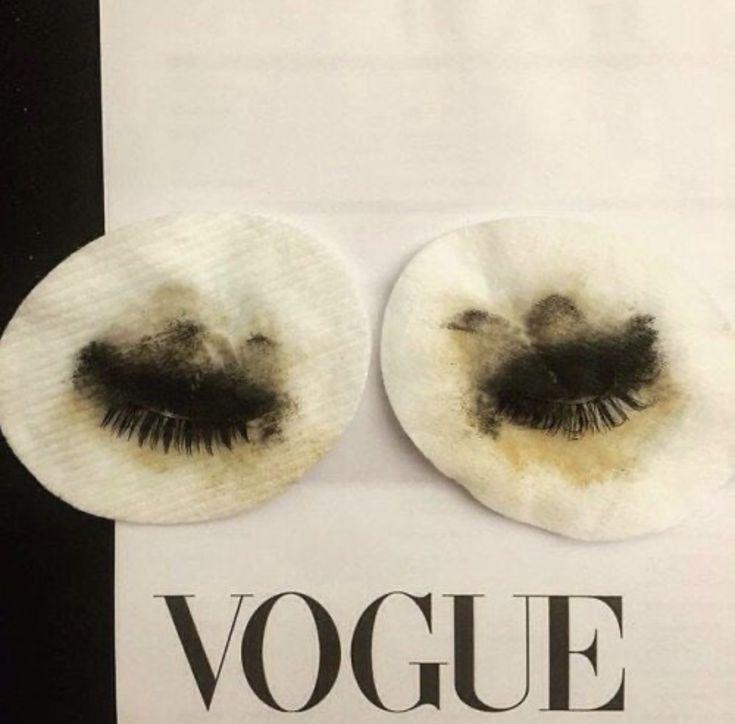
Sitting below Haute Couture are the – ready-to-wear brands such as Saint Laurent, Gucci, Alexander McQueen, Marc Jacobs or Louis Vuitton. ‘Ready-to-wear’ is an industry term for an article of clothing that was mass-produced in standardised sizes and sold by finish, rather than designed and sewn for one person. Brilliant Woman’s Hat with Feather Clusters. Most of the clothing that we will acquire in a lifetime; sweatshirts to denim, cardigans to handbags, is ready-to-wear, meaning it was purchased ‘off the rack’. By the late 1960s, the gap between ready-to-wear fashion and haute couture closed when the fashion designer Yves Saint Laurent opened up his first store selling ready-to-wear in 1966, eventually prompting other designers to produce ready-to-wear lines in addition to their haute couture lines To understand exactly how we came to ready-to-wear, let’s first go back to the turn of the 20th century. The majority of the clothing that the average American owned was made for and buy them at home. Wealthy subsets, however, had their clothing made for them by tailors.
Ready-to-wear is a more accessible level of luxury fashion, it is still on the more luxurious side for most consumers. However it offers more options to the consumers with less disposable incomes The marketing strategy for RTW is having a strong brand presence, they have significant influences in the fashion world, whether a consumer has access to it or not The entry price can be from $130, generating a buzz from consumers who have less disposable income to spend on luxury items. kind of like leaving the door unlocked for the consumer and having them feel part of the exclusivity.
With the rise of efficiency, as well as ready-towear collections, these houses began to normalise the ‘mass’ notion, a derogatory term until luxury, too, took part in the process – which we can thank Yves Saint Laurent for by virtue of opening his first boutique selling his ready-to-wear line in 1966.
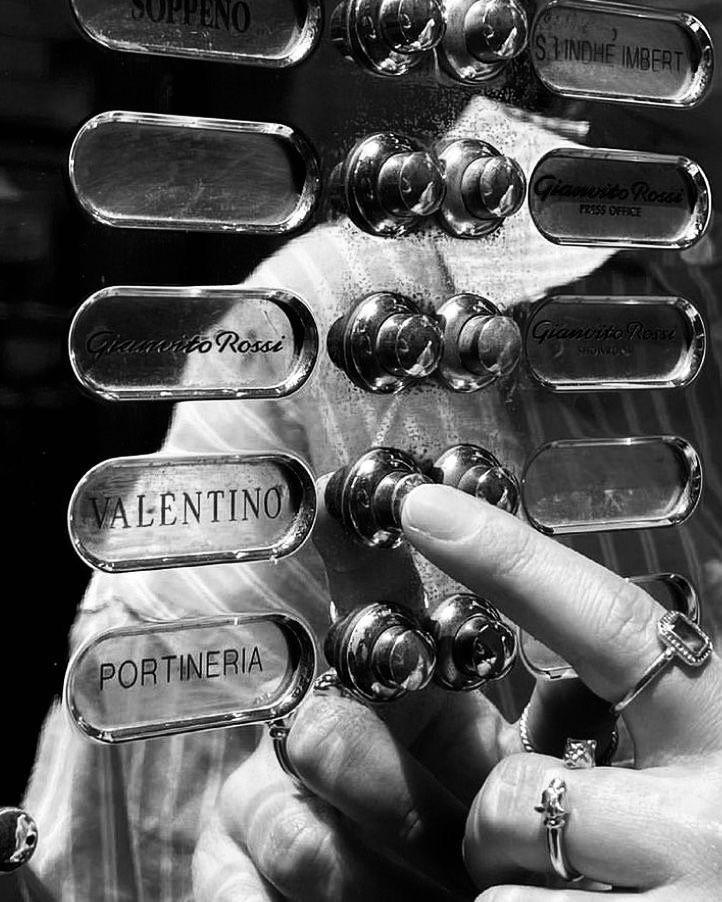

TO PUT IT SIMPLY, ALL OF THIS WAS MADE POSSIBLE BY THE AVAILABILITY THAT READY-TO-WEAR LINES BROUGHT TO THE FASHION INDUSTRY.
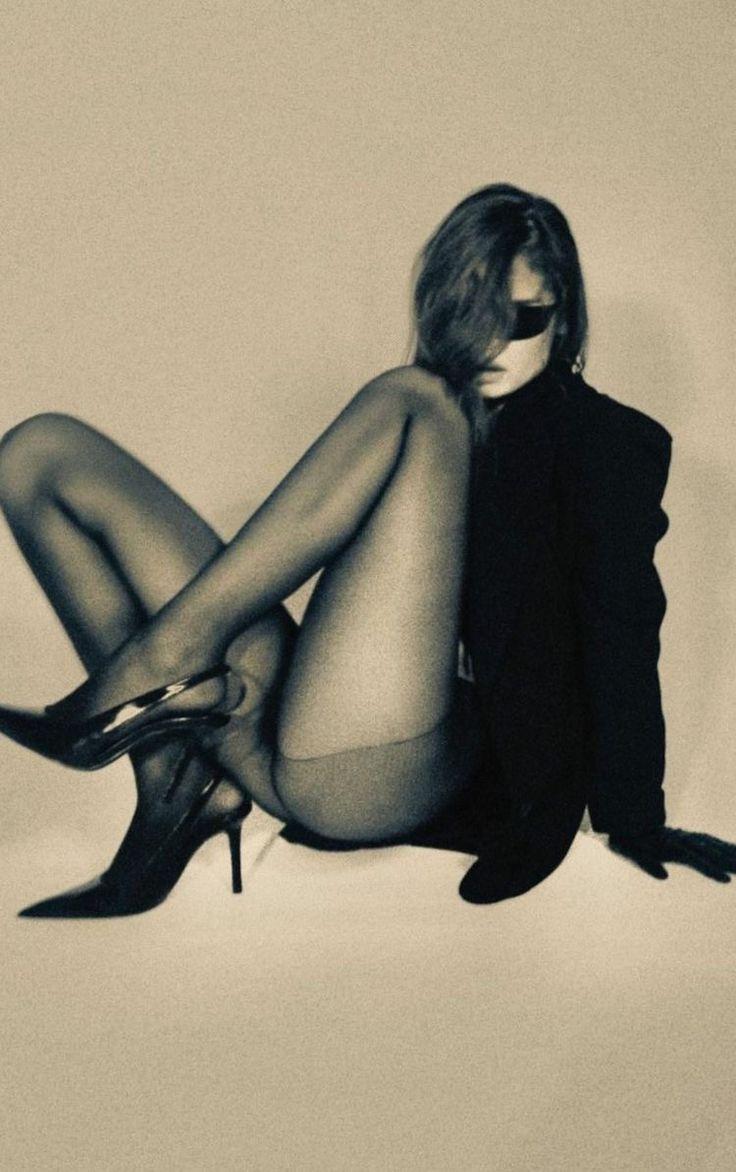
THROUGH THE PYRAMID OF THE MARKET LEVELS, I DEFINITELY FEEL MYSELF DRAWN TO HAUTE COUTURE AND READY TO WEAR.
T d d
D

t d b s b w d b between 2008 & 2009 consumers tightened their belts so much that it left no choice for fashion designers other than to create a cheaper version of their designs for consumer mass retail. Now more consumers afford designer fashions but the designer diffusion trend still remains, more and more designers are having a go at budget designer garments.
concession outlets and at some chain stores The use of a diffusion line is part of the brand recognition marketing strategy that is adopted for reaching a wider market for generating more revenue. The reasons for the diffusion ranges are as below:
• Diffusion products are made available to increase sales volumes substantially, as their products are now priced lower, and therefore, affordable to a wider audience
• There is an offset to the price undercutting by chain stores that replicate a designer’s product collections but retail at a lower price.
Marketing for this style of brand would be super interesting and I feel you could have a lot of freedom, you have the hype around the brand being a more accessible designer, meaning a wider range of consumers that you can build a relationship with through concepts. Having the supportive back of being a sister brand to a bigger label, means they don’t necessarily need to hop from trend to trend, and they can build an identity of their own that will inevitably have a loyal consumer market

UK fashion consumers are not really fetishising high-end but succumbing instead to cheap luxury judging by recent research of growth of search volumes. In 2022, the country’s ‘bridge’ brands, the former mid-range that now strains the boundaries of luxury, achieved more than 34 million searches, double luxury brands achieved by Cos, All Saints, Reiss and Diesel combined. With this, there exists a tier below bridge/diffusion belonging to high street fashion. High street was an idea initially pursued by department stores that, peddling quality better than economy or fast fashion, offered consumers longer-lasting garments more accessible than luxury ones. The price range fell between $50 to $400, depending on the garment and the brand.
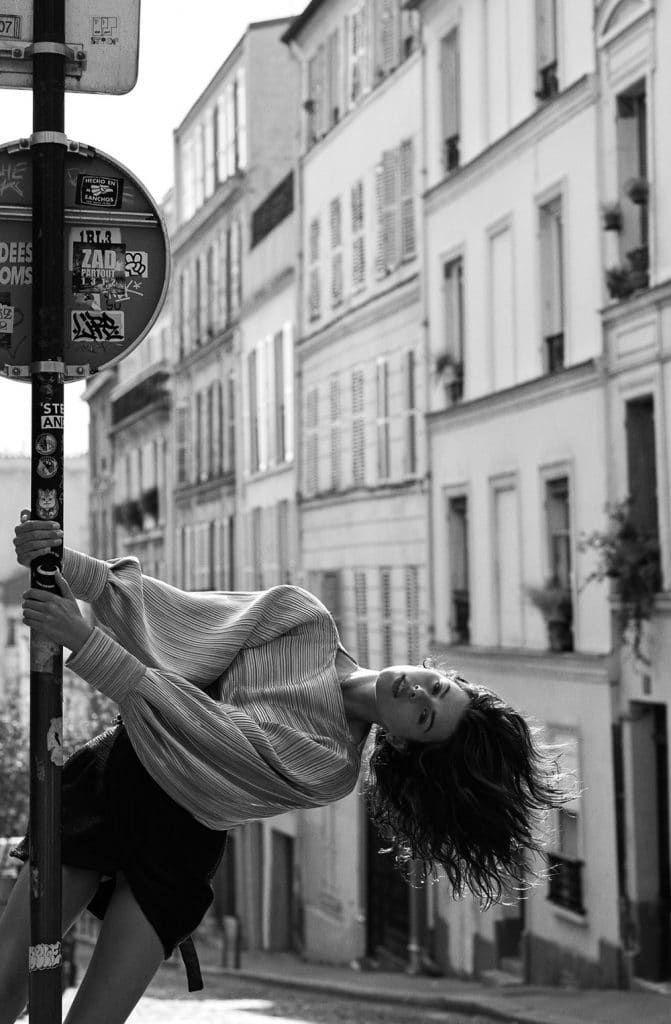
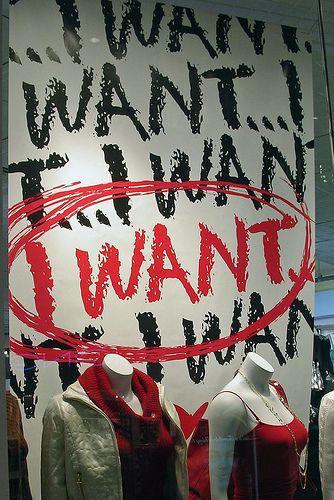

B d c a make clothing that will last, so the garments are often cut and coloured classically, trends are sneaked in via prints and colour in lower price points This tier of fashion is dying out as consumers move to fast fashion Brands that most people would consider as treading the line between high street and mainstream fashion would include The Gap, Alfred Sung and Guess. all high street stores offer a small collection separate to the main line offering at a higher price point, with the extra cost comes luxe fabrics, sleek shapes and excessive looking styles that make overall for something less ubiquitous than its main line counterpart. The premium line may have better representation when it comes to the sustainability agenda because its less ‘fast’ fashion and will be of a higher quality meaning that it’s a great investment. I think recognition should be given as to how the high street has completely changed and it has. Brands such as Pretty Little Thing, BooHoo and other everyday fast fashion brands are constantly following trends and supplying micro trends, this makes up the majority of the market.

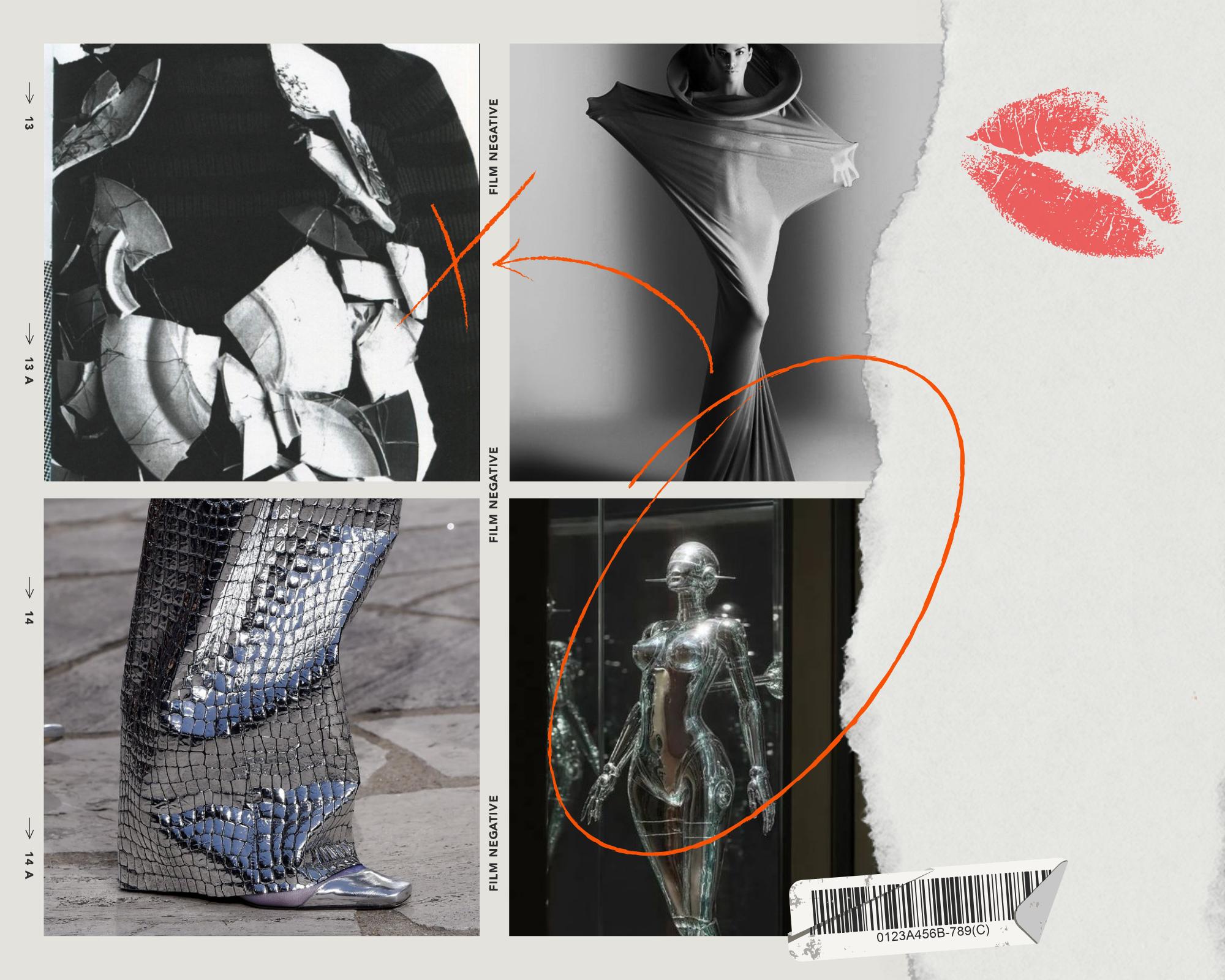
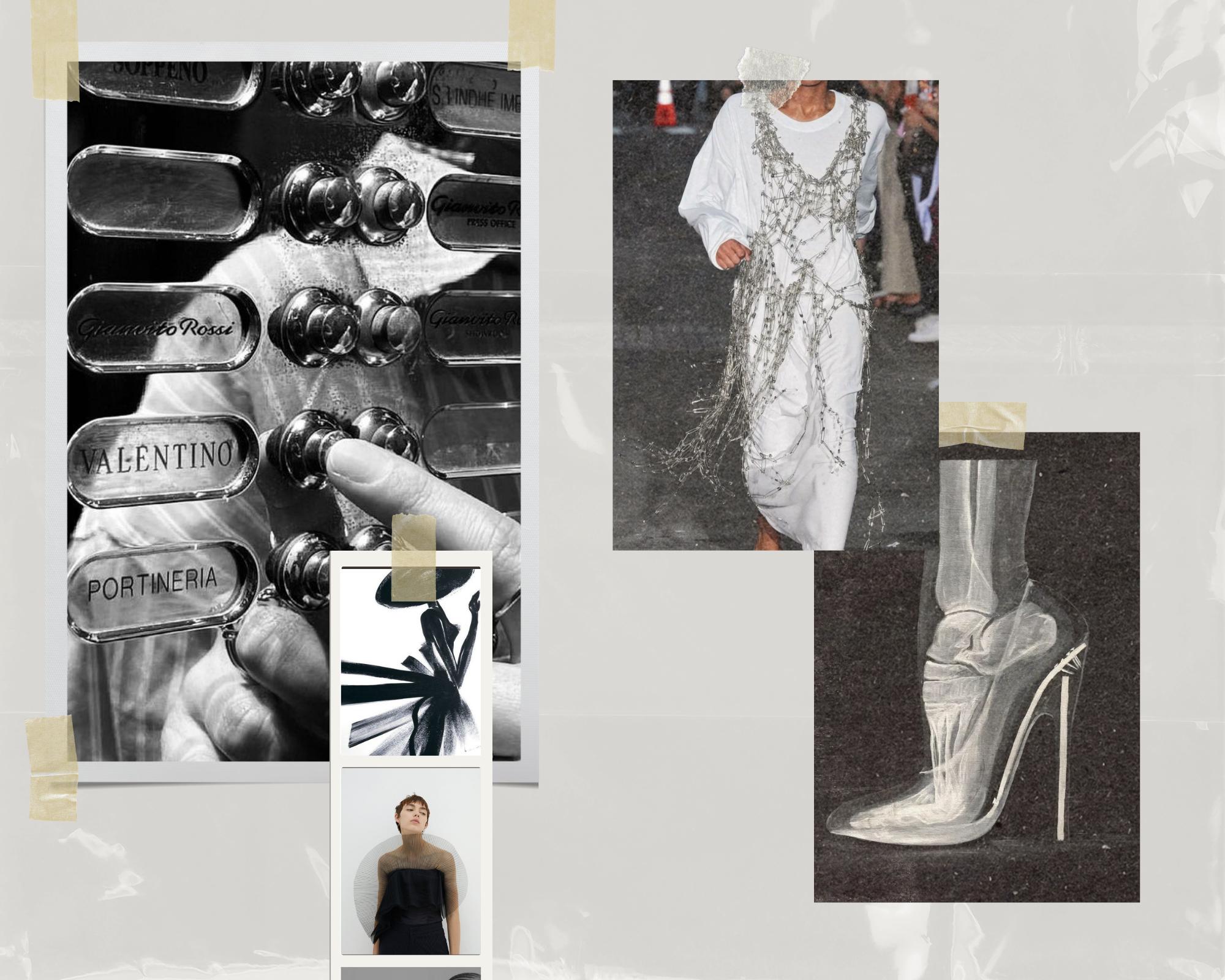
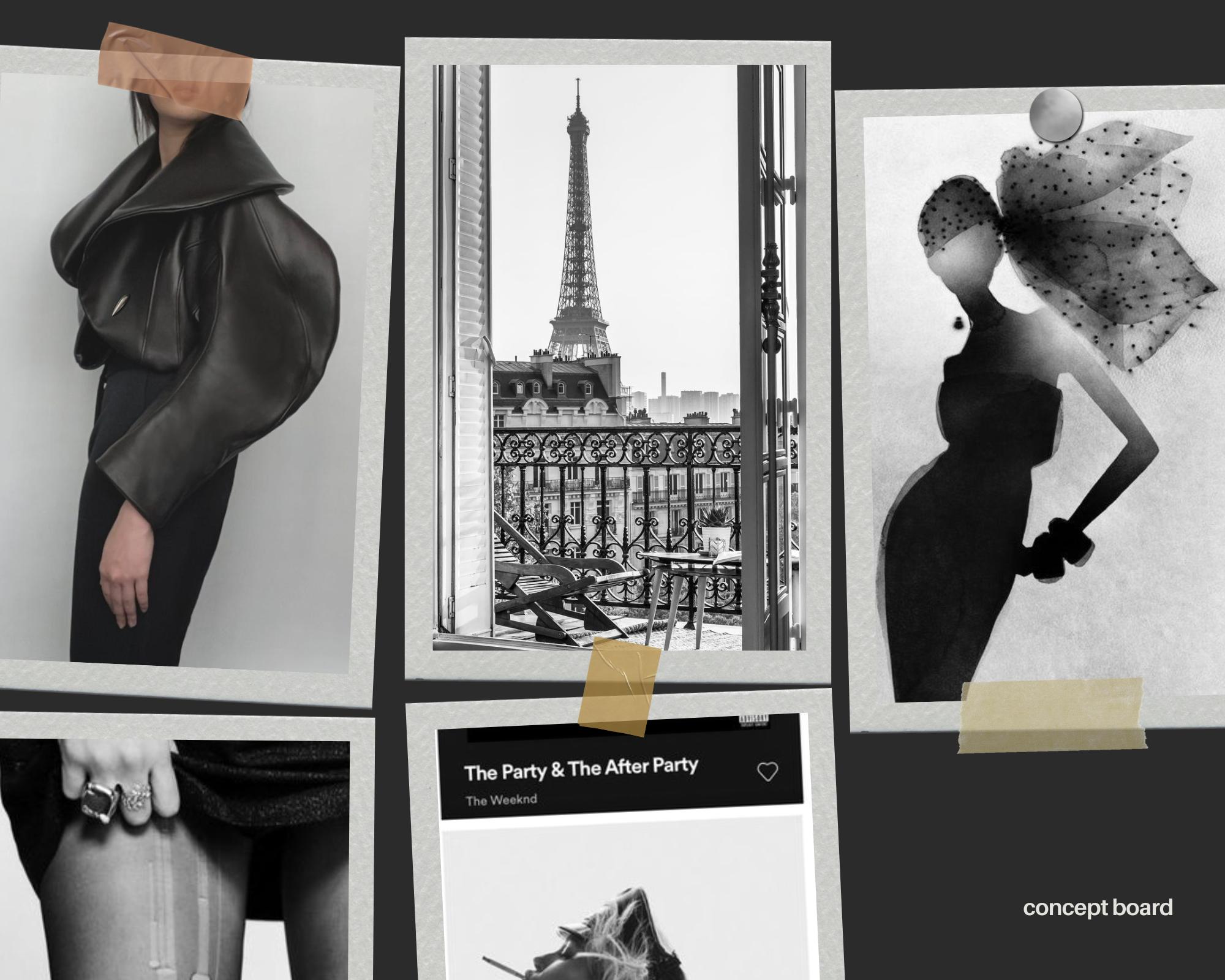
After thoroughly researching the market levels, I feel I resonate more with the haute couture and ready to wear line. I have been more inclined towards the luxury style as I feel it allows me more creative freedom and throughout all of my work I have always leaned more towards it. I view myself as a creative person and having that freedom to create campaigns and take up more space for grander projects. I then began looking at what job role i see myself in, so that I can see what my spot is in the market is.
VP
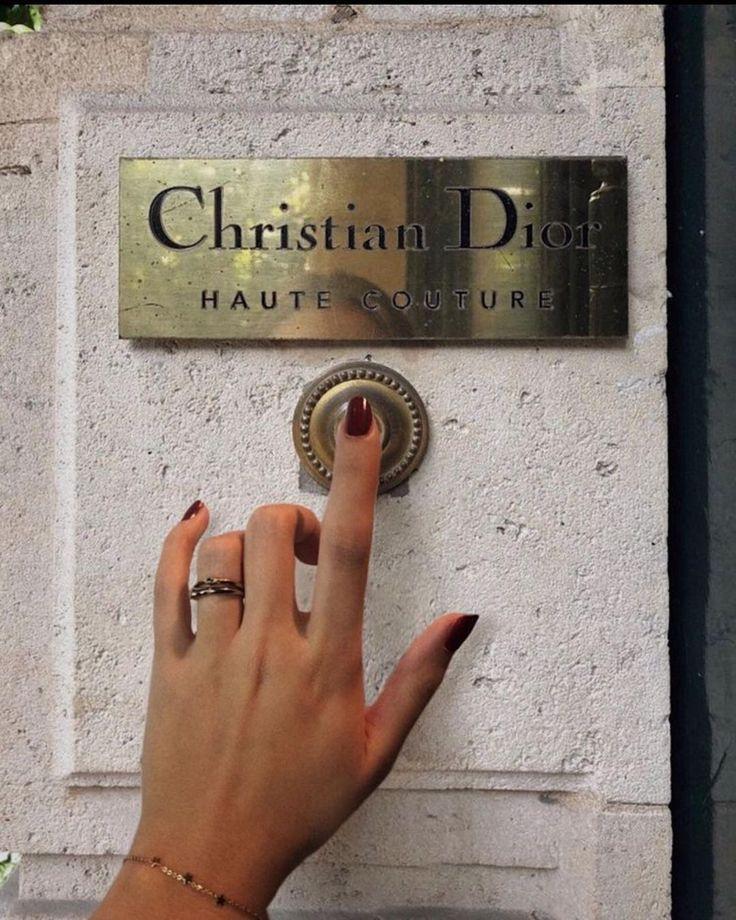
Being a visual communicator seems fitting to me as I love to express my work visually.

Creating a story for a brand definitely feels fitting to me as I
Difference between Art direction and creative direction
art directions design and supervise the visual elements of a project or brand in order to graphic/web design to create a strong and impactful visual identity for a project /brand . creative directors oversee the overall picture, influencing various aspects from visuals to campaign Strategies. They make decisions that effect the creative identity of the project /brand and also personally direct activities like photoshoots
in essence, Art directors concentrate on the visual execution, while creative directors take a comprehensive approach, shaping the entire creative narrative and strategy

Am I looking to travel?! yes
Jobs to look into for travelling
Publicrelations specialist creative producer
Fashion buyer event Manager
Difference between fashion Marketing & fashion PR
Fashion Marketing:
you are in-charge of. promoting and selling fashion Products, creating eye -catching advertisements, and driving sales through various channels
you Manage - Market research to understand consumer trends, digital and social media campaigns, product launches and strategies to boost brand visibility and customer engagement
Fashion PR:
you are in charge of Managing the public image and reputation of a fashion brand, building relationships with media, influencers and celebrities, and creating a buzz around the brand.
you manage - media relations, press releases, fashion events, collaborations with influencers and celebrities, and crisis communication to Maintain a positive brand perception

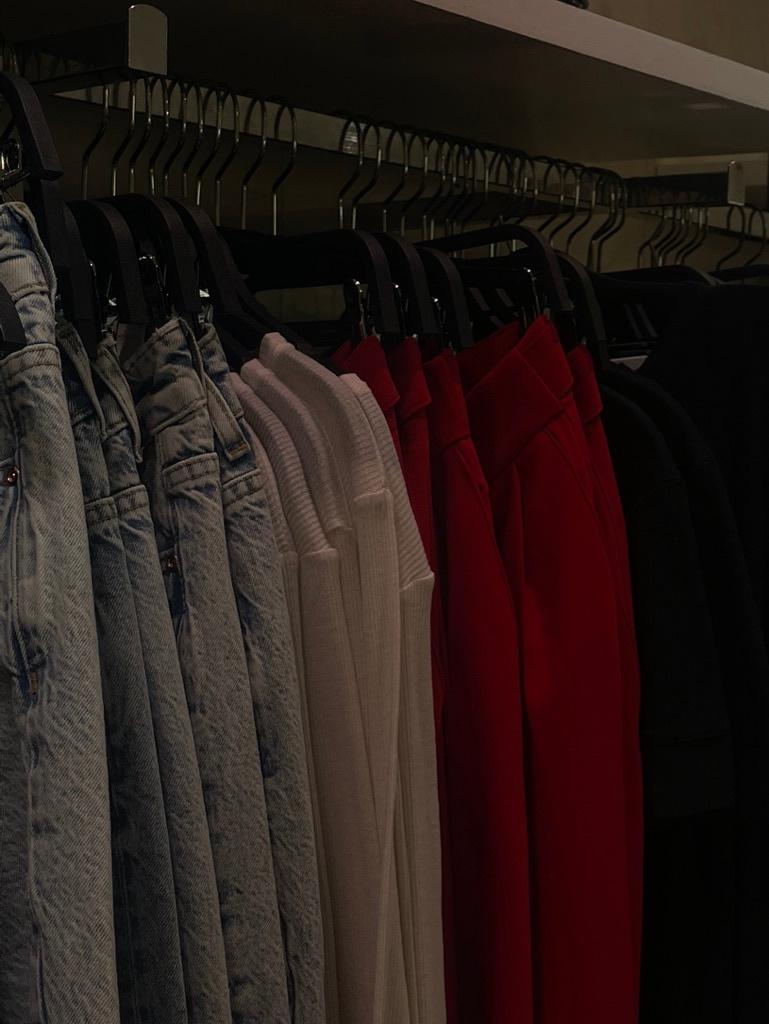
what do I really want my message to be through My work? who inspires me?
what is my work style?
what does if mean to work analog?
Whenever I have been given a Module or presented with a task, My goal always ends up being the same, even if my concepts differ.
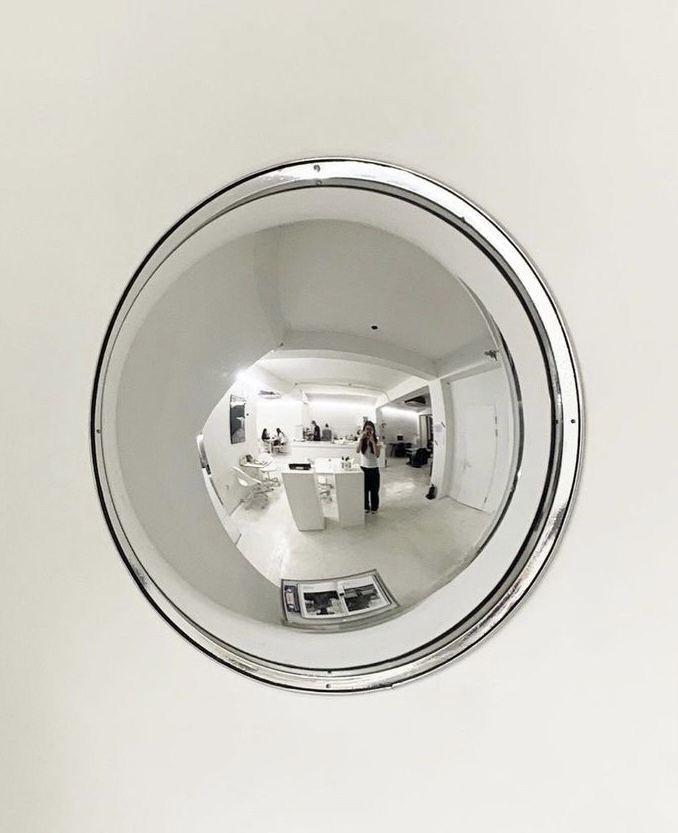
The longevity of a brand is something that means a-lot to me overtime a brands relationship with their consumers matters because engaging with the consumes can strengthen the brands identity.
I really enjoy Pheobe Philo’s stale of storytelling and the work she has done for Chloé and Celine. She was their creative director and her style was very eye catching to Me She has since launched her own brand in 2023 and her concepts are very future facing. She is influenced by 1990s Minimalists Helmut lang and Jill sander she likes to create pieces that give a back -to- reality approach to fashion, clothes that are beautiful, strong and have ideas, But with real life driving them She channels elevated basics and targets them to people who believe in the brand She shows this visually and her art directions are really what inspires me.
Thinking about My work-style and My past Modules , my message has always about the brands longevity. I want to always preserve and nurture a brand whether that be my own or a different brand I have been campaigning for.
I believe in looking for ways to elongate the life of the brand and engage consumers, I think the way you do this is very particular Having a brand that jumps on the latest trends and not really a back bone of their own original style is something that has never appealed to me. Wanting to create long lasting campaigns and structure for a brand is what really meany a lot to me
looking back on past campaigns, My concepts have always been future facing and digitally inclined. I think a lot of this is because this is the way marketing and the world is Heading toward.
I think Tim Walkers style of storytelling and presenting silhouettes has always inspired me in my work through this course. Which I hadn’t taken notice of him until I got on this course, I knew of him but not fully what his message through his work was.
Tim walker is a British fashion photographer who works for vogue, amongst other Magazine’s His photoshoots border fine art projected using fashion. Inspired by fantasy he has an air about him of whimsy and when I look at his images, they are so captivating and feel like an escape from reality
His images always represent his campaigns, his story telling is clear and innovative. His work is often set in between a dream and a nightmare, where something is slightly off.
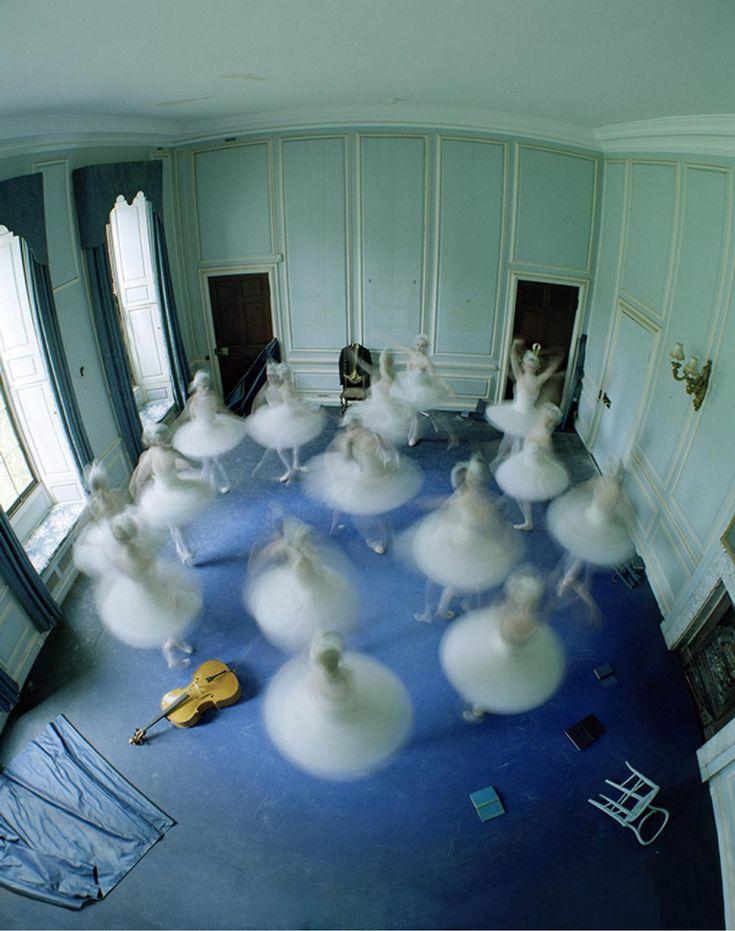
Responsible for some of fashion’s most magical, whimsical and exquisite imagery, British photographer Tim Walker is one of the most creative photographers working today. Walker’s highly produced sets are fantastical environments, often highly allegorical. Walker often plays with proportion, casting his models as giants in a shrunken world, or the reverse. Born in England in 1970, Walker’s first step towards his career in photography was a work experience placement at Condé Nast for the duration of his " gap year, " during which the aspiring photographer worked on the publishing company’s Cecil Beaton archive. Contemporaneous to this, Walker entered The Independent’s photography awards, which led to a three-year photography BA (Hons) degree at Exeter College of Art.
Following his graduation Walker moved to New York to take up the enviable position of Richard Avedon’s first assistant. When he returned to London Walker focused on portraiture and reportage for the newspaper industry, however in 2005, aged 25, Walker shot his first fashion story for British Vogue He has now contributed to a slew of high-profile magazines including Vogue, W and Harper's Bazaar and has shot two front covers for British Vogue, Lily Cole on the July 2005 cover and Stella Tenant on the November 2005 issue Commercially he has shot advertising campaigns for clients as wide ranging as Barneys New York, Comme des Garçons, Gap and Yohji Yamamoto .
In 2008, his first major exhibition was held at the Design Museum in London, coinciding with the publication of his first book, entitled "Pictures." In the same year Walker received the Isabella Blow award for Fashion Creator at the British Fashion Awards. In May 2009, he received an infinity award from The International Centre of Photography in New York for his work as a fashion photographer
Both the Victoria & Albert Museum and the National Portrait Gallery in London have Tim Walker photographs in their permanent collections. In September 2019, Walker staged another exhibition at London's Victoria and Albert museum, showcasing 150 pieces of his work produced in his over 25year long career, as well as 10 new pieces exclusive to the exhibition. In 2010 Walker’s first short film, "The Lost Explorer" was premiered at Locarno Film Festival in Switzerland and went on to win best short film at the Chicago United Film Festival, 2011. 2012 saw the opening of Walker’s hugely popular "Story Teller" photographic exhibition at Somerset House, along with a publication of the same title. That same year, the photographer was also awarded with an Honorary Fellowship from the Royal Photographic Society. In 2019, Walker released another photography book, titled "Shoot For The Moon".

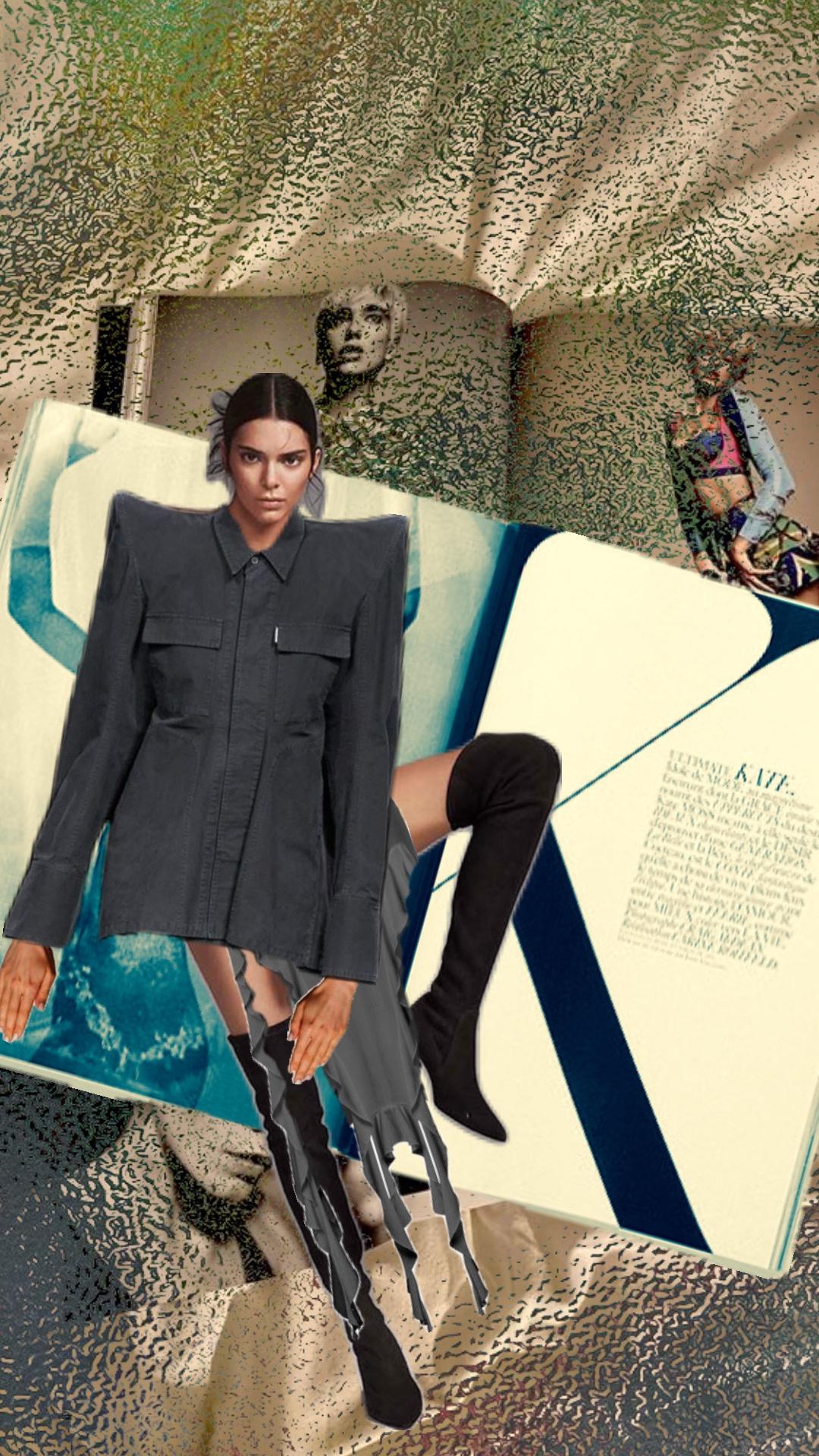

A croqui created by me, to reflect on all of my collected research.

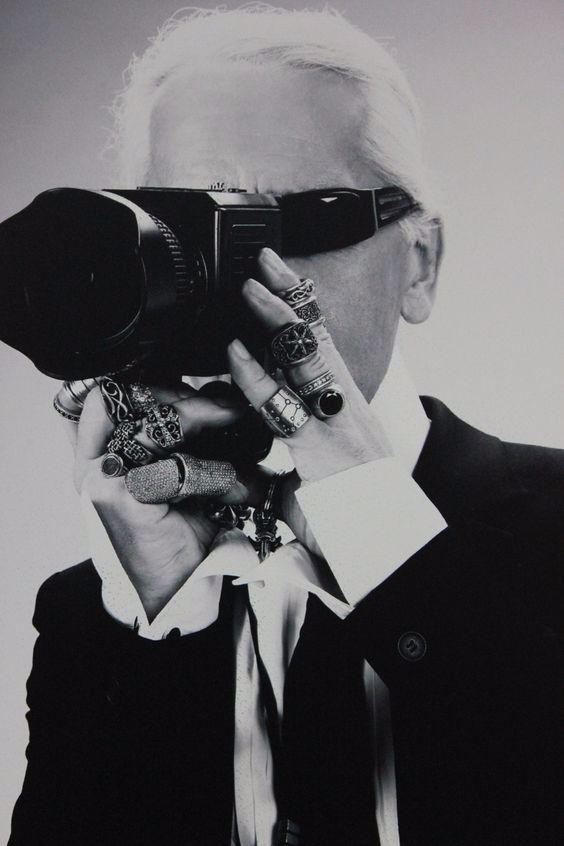

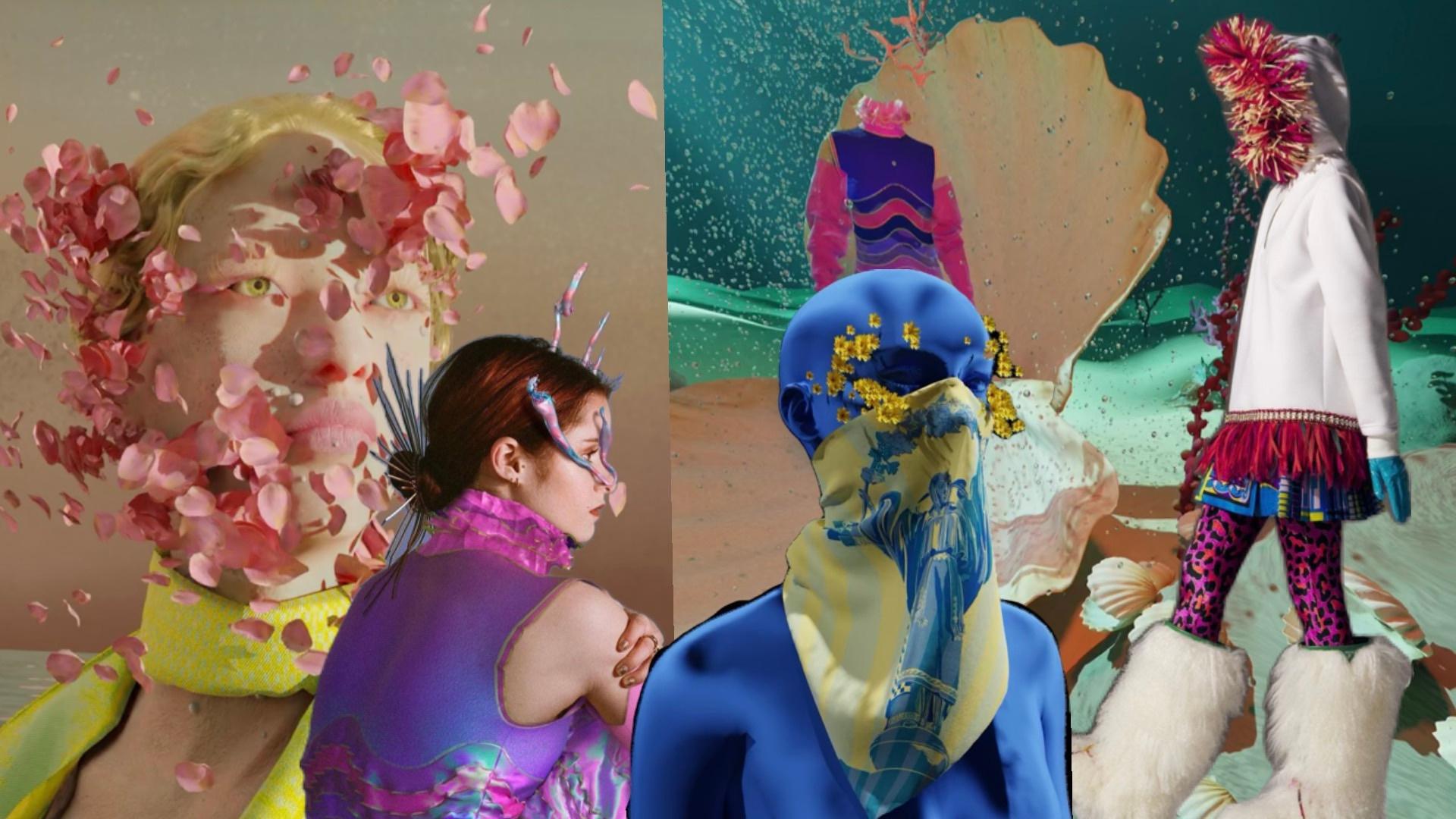
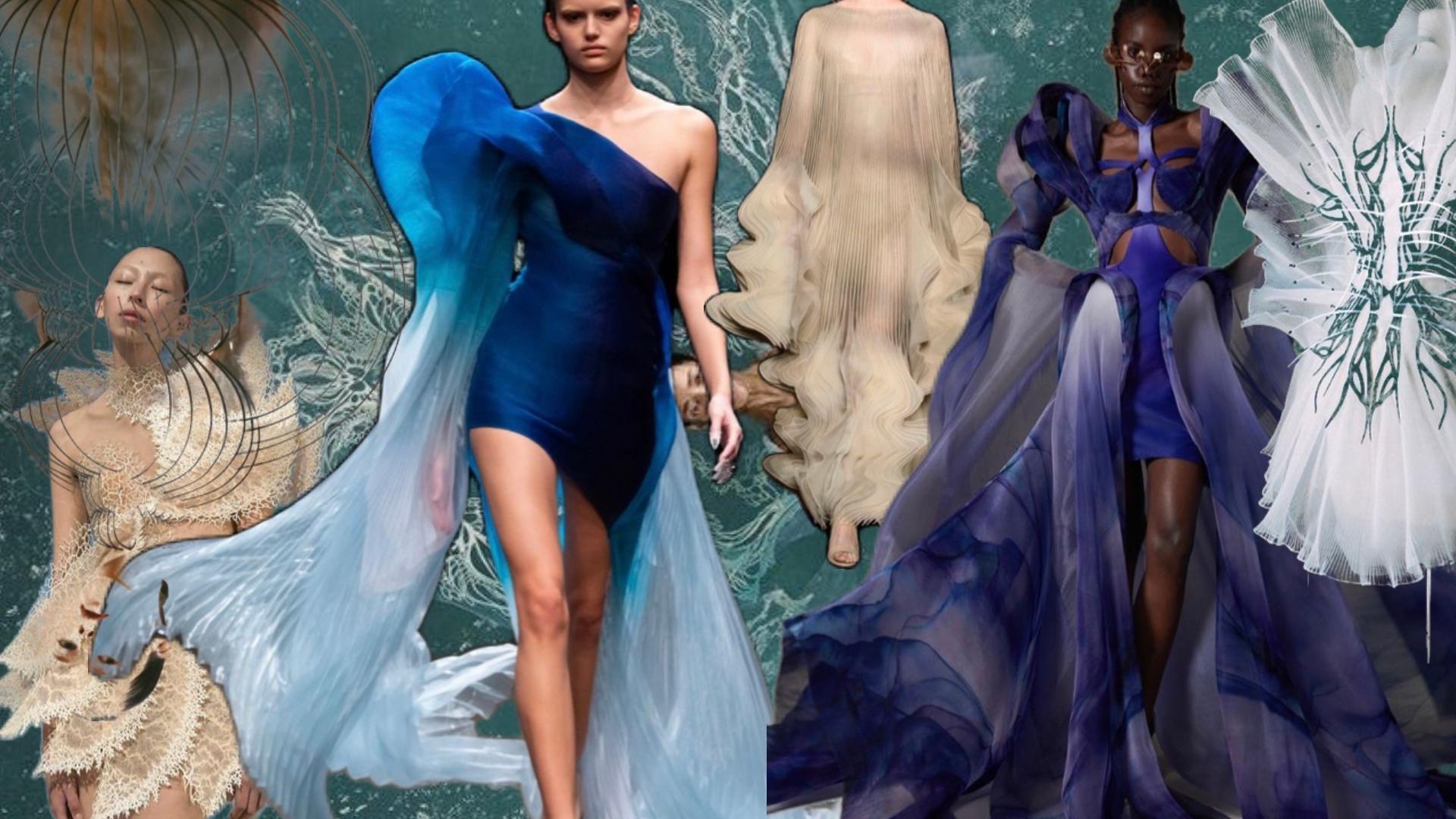

Giving consumers the power to have a garment designed around their favourite buildings, is a different level of consumer interaction
Iris van Herpen
- known as much for her passionate interest in technology as for her dazzling clothes, she cultivates relationships ruth engineers, artists and architects to Make pieces that defy easy definition. in 2F5, for her Magnetic Motion collection, she collaborated with architect Niccolo Casas and 3-0 systems to print a transparent 'ice' dress; a year later, she worked with architect and artist Julia koerner to create a 'Kinetic dress. she pushes the boundaries of fashion design

Consumers send in their garments they no longer wear, and they get repurposed into a multi functional garment
Sustainable + interactive w consumer
While Margiela departed from his eponymous atelier many years ago, his intellectual engagement with architecture lives on in the work of his design team
The Most important similarity between fashion and architecture is that they share the same starting point; the human body's explained the Maison Martin Margiela collective to interview magazine in 2008
Both disciplines have a Function of protecting - If not shattering- the body, the flesh, and the skin Itself?
Iris van Herpen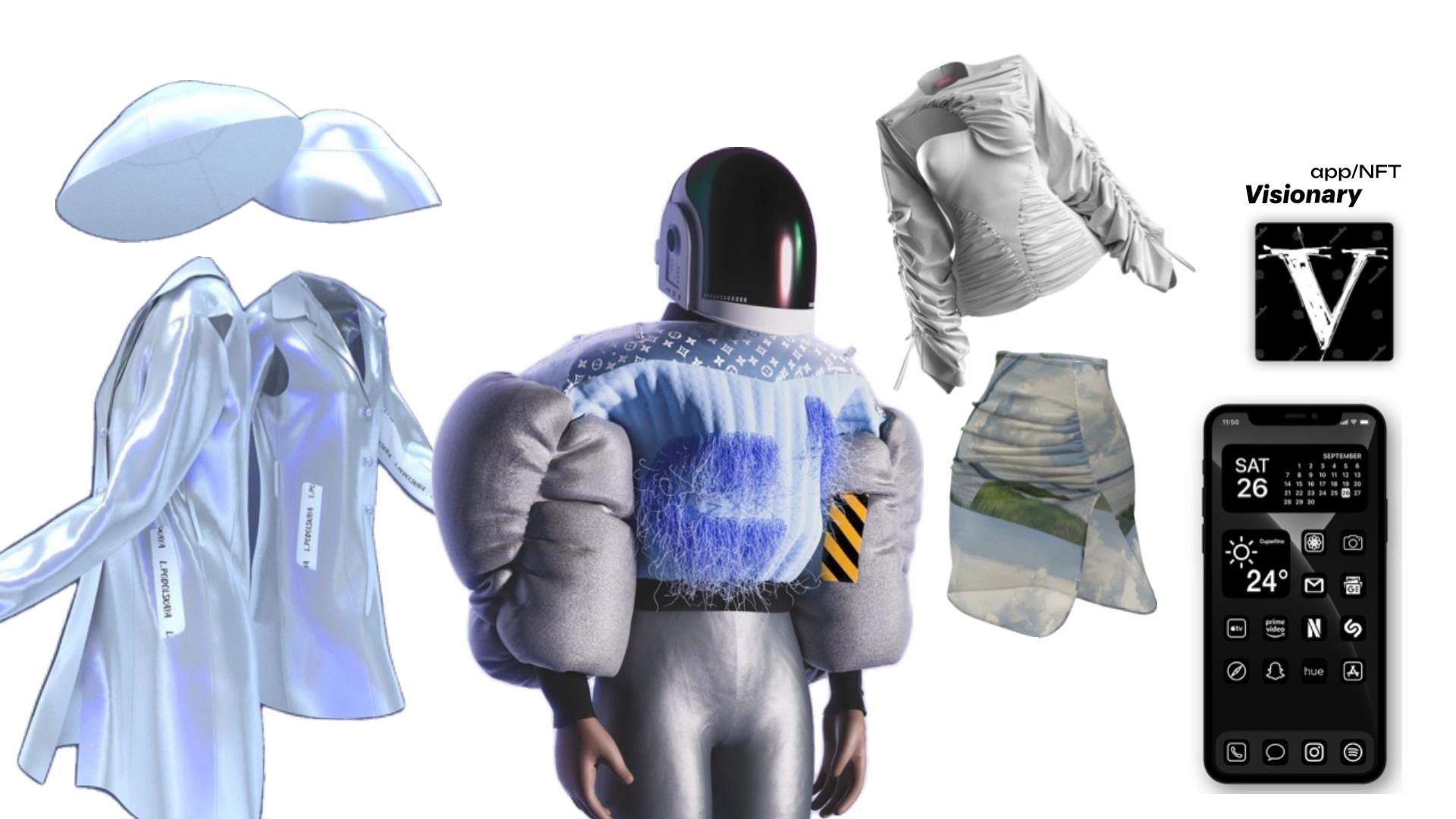
An app which scans all the consumers Measurements + Makes perfectly tailored pieces to the consumers Measurements personalised feel + interactive with consumer have all measurements logged on profile, easy
An Italian digital fashion designer who identified the gap in the Market for digital wearables. using her degree in science technology she merged fashion and Digital world. today digital fashion is its era Subject and has its own platforms, economy and rules and the biggest addition to that landscape was NFTs.
DRESS X Website Founder + creative directorDigital fashion house, Foloura.
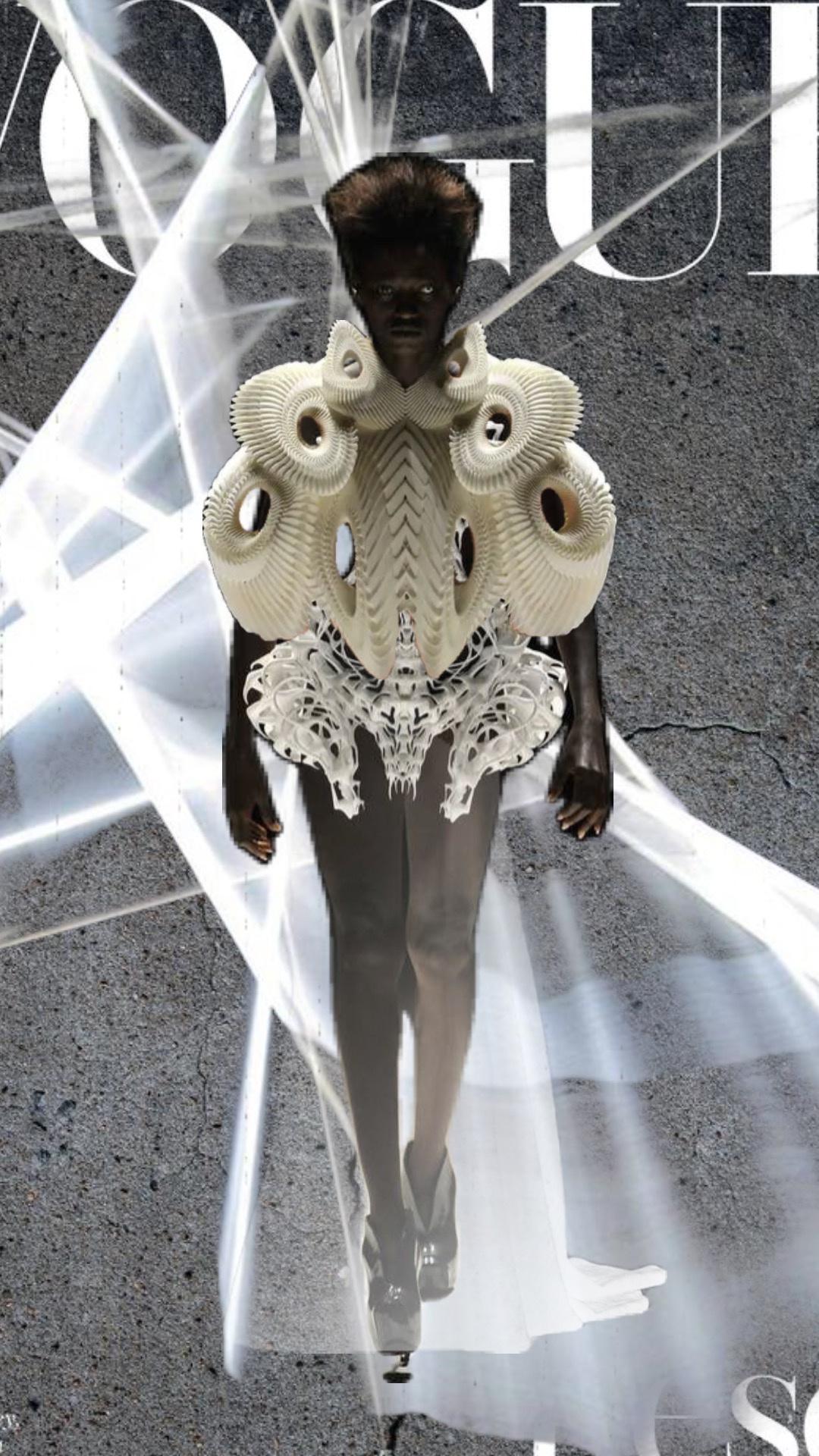
The Y2K fashion trend persists, now embracing a new phase that reflects dystopian concerns. Fashion is responding to our current reality by incorporating fire prints, puffed vests, practical parkas, oversized cargo pockets, and futuristic leather trench coats, envisioning a wardrobe suitable for a post-apocalyptic, technologydriven world
For instance, the Miu Miu spring 2023 showcase began against a backdrop of wind turbines and featured attire reminiscent of The Hunger Games, such as oversized cargo jackets, nylon raincoats, and distressed leather accents. Similarly, New York designer Elena Velez presented an apocalyptic spring 2023 collection, showcasing models in bold cut-outs, dark tones, and stark silhouettes amidst a foggy setting. Balmain and Louis Vuitton also joined the dystopian narrative in their spring collections: Balmain closed with flame prints, and Louis Vuitton featured inflated garments with oversized zippers that could double as emergency gear This dystopian theme is gaining traction across luxury brands.
These fashion transformations are a response to apprehensions regarding impending climate change. Concurrently, trends like "avant apocalypse" – a concept popularized on TikTok by Gen Z – have influenced designer catwalks, resulting in collections reminiscent of The Matrix.
“After the challenges people have faced in recent years, it's about embracing a slightly darker and more rebellious future,” notes Swasti Sarna, Pinterest Global Director of Insights. In line with the platform’s 2023 trend predictions report, searches for “dystopian outfits” have surged by 215% in the last year. Moreover, the quest for ‘dystopian fashion’ has surpassed 330 million views on TikTok, where creators showcase their interpretations of dystopian style Social media, especially TikTok, serves as a rapid trend-spreading hub
As digital fashion continues to gain traction, and the metaverse and gaming become increasingly intricate sideshows to people’s online lives, consumers are increasingly dressing with a ‘cyber-ready’, sci-fi aesthetic – a style which ‘is definitely speaking to the ambiguities, untethered anxieties, and eventual fascinations of the Y2K age’, Sarna said. Futuristic sunglasses, bold graphic prints and digital streetwear styles have all been detected as part of this digitisation – or in the words of Sarna: it could be an ‘expression of anticipatory anxiety’. But some utopic futurist thoughts are hard at work, too As dystopian artworks once did, current fashion trends are grappling with alarming forecasts – climate change, shrinking economies, a fear of AI-induced ‘the Singularity’ – that are shedding light on life as we know it, all from the comfort of our picnic wear.
As such, the approach to street style seems to epitomise a basic tenet of utopian, hopeful dress: dress as though the future you fear has already arrived. ‘We’re starting to see that now is the future that dystopian literature and fashion of the 2000s imagined for us,’ says Love – and dressing for any apocalyptic eventuality to come Dystopian fashion then might be broadly characterised as a look derived from futuristic, usually pessimistic visions of a purposely declining and impoverished society – one that limits freedom of speech, resources or individual humanity –most often with a monochromatic colour palette, highly distressed fabric, a mishmash of traditional and futuristic materials. Fashion has always reflected society, from what is being worn to the mood of the street. It reacts to prevailing emotions, social dynamics and cultural trends

A


A croqui created by me, to reflect on all of my collected research.
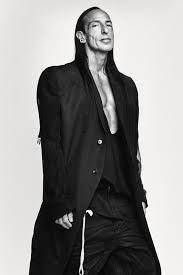
Richard Saturnino Owens, better known as Rick Owens, has turned his darkly glamorous, post-apocalyptic take on gothic grunge into a globally-renowned fashion business, built largely around his signature leather jackets. In addition to his main line, Owens has a furniture line and a number of diffusion lines: Drkshdw, Rickowenslilies and Hunrickowens. Having dropped out of Otis College of Art and Design, Owens took a course in pattern cutting at Los Angeles’s Trade Technical College A scarcity of work led to Owens accepting a position cutting patterns for illegal copies of designer clothing In 1994, he began his own label, selling exclusively to Charles Gallay, one of LA’s hippest and most directional retailers. In 2001, the designer sought international expansion and agreed a distribution deal with Eo Bocci Associati. As a consequence, the designer’s production relocated to Italy.
Owens broke into the highest echelons of the industry after French Vogueran an image of Kate Moss wearing one of his leather jackets. Propelled by Wintour and American Vogue, and thanks to the designers’ request, Owens’s first show at New York Fashion Week’s Spring/Summer 2002 offering was sponsored by the magazine The same year, he began his long collaboration with the stylist Panos Yiapanis, who has worked on all of Owens’s shows to date In 2002, he was made artistic director at Revillon, furs, a French house that was founded in 1723; the post required Owens to work and produce in Europe, leading him to relocate from Los Angeles to Paris and ultimately to show there with the Paris collections, which he continued to do until 2007. Since then, the designer has been honoured twice by the CFDA; first with the Perry Ellis Award for Emerging Talent in 2002 after his debut catwalk show in New York, and again in 2017 with the Lifetime Achievement Award. Other awards include the Cooper-Hewitt Design Award for Fashion Design in 2007 and the Rule Breaker Award from the Fashion Group International the same year
Courtesy CFDA His personality is as big as his soul; he is a genuine, bull in a china shop sort of guy And now, with a uniquely tough, personal brand of design, he’ Unusually, he’s the Lord of Darkness, part minimalist part baroque. Born Calvin Richard Frauenfelder in Porterville, California, the designer attended Otis, one of the few public art colleges in the US, before dropping out. He pursued his design education, learning about design, when his mother bought him a sewing machine to make his own clothes. He went on to create his first line, which came out in 1994. Then, in 2001, when his designs were shown on Kate Moss in Vogue Paris, he decided to elevate his brand by doing his first show at New York Fashion Week in 2002
His collection mirrored his personality, drawing inspiration from his passion for 90s grunge. This led to his nomination for a CFDA award and ultimately winning the Perry Ellis Award for Emerging Talent, marking a pivotal moment in his career and securing his place in the industry's history His talent for multitasking propelled his rise to success as he ventured into various domains In 2006, he diversified his portfolio by launching his men ' s line, establishing his fur brand Palais Royale, and formally entering the realm of furniture design.
A


collections for years, he infuses his designs with his wife s essence and mystical aura, a perpetual wellspring of inspiration. Over the years, Owens has maintained his strong persona and distinctive style, establishing his Maison as one of the most prosperous independent brands even after three decades. Interior design remains integral to his life, allowing creativity to flourish, inspired by artists who have influenced him. Paying homage to Allen Jones' controversial 1969 chair by using his wax figure, Owens showcases this piece in his stores worldwide. Despite his popularity in the fashion world, Rick Owens refrains from leveraging celebrity endorsements to promote his brand, aligning with his unique perspective and ethos. Notably, A$AP Rocky, a prominent rapper, references him in his song Peso, highlighting Owens' influence on fashion icons like himself. Embracing indifference as the epitome of style, Owens emphasizes that he and his wife are the brand's most significant ambassadors. Eschewing extensive advertising campaigns, Owens believes in unveiling collections through impactful fashion shows to convey emotions, themes, and stories to the audience. While shunning traditional marketing strategies, his collaborations are often accompanied by dark, almost otherworldly campaigns, exemplified by partnerships with Moncler, Converse, and Dr. Martens. Anticipation builds for the launch of the Spring-Summer 2024 collection.
His latest menswear Fall-Winter 2023/24 show, as usual, took place at the Palais de Tokyo in Paris and delivered a plethora of eccentricities. The collection featured geometric silhouettes blending skin-tight and oversized elements, alongside strikingly pointed epaulettes adorning jackets, dresses, and bombers. Expect a vibrant color palette in the upcoming show, with pink and yellow hues reminiscent of the Rick Owens springsummer 2023 collection, maintaining consistency with the brand's identity. The set for the collection, unveiled in June 2022, was a spectacle with technicians igniting and dropping three large orbs into the Palais de Tokyo fountain, as described by Vogue's Luke Leitch. Owens experimented with draping, layering, and transparency to enhance a sensual and sculpted effect on the body.




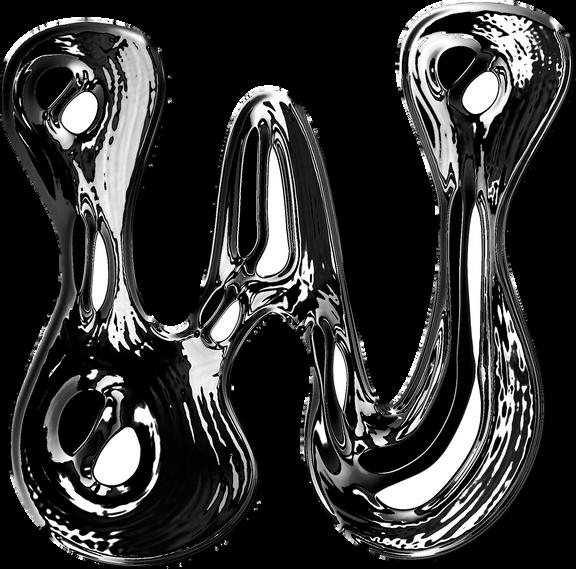




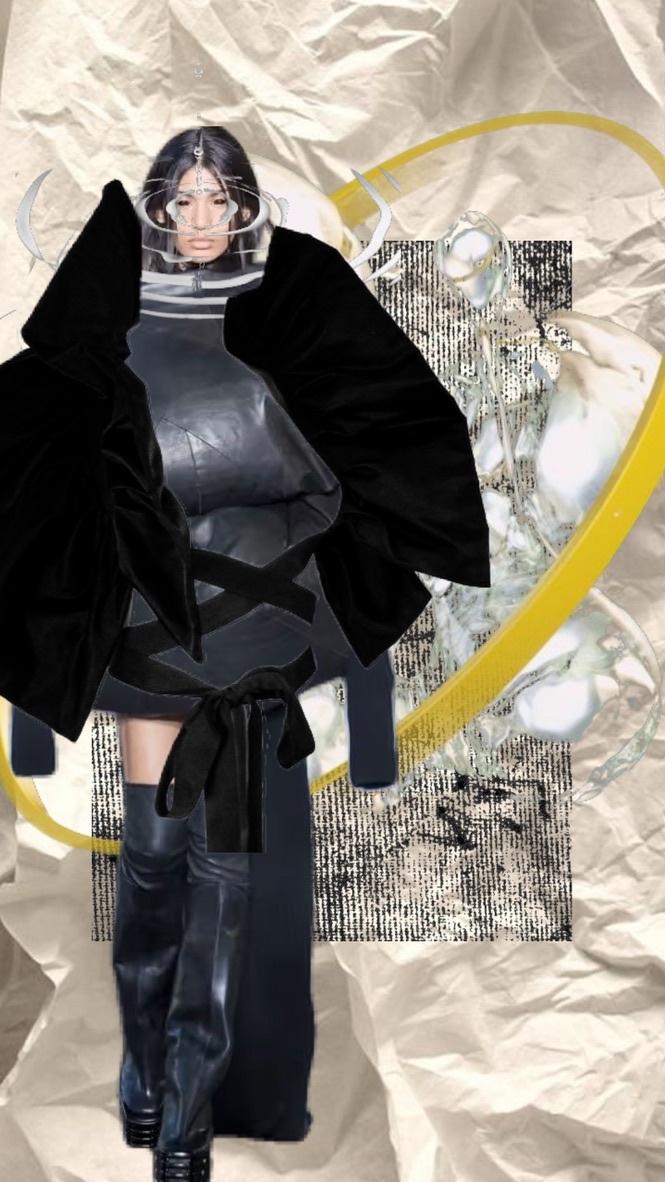
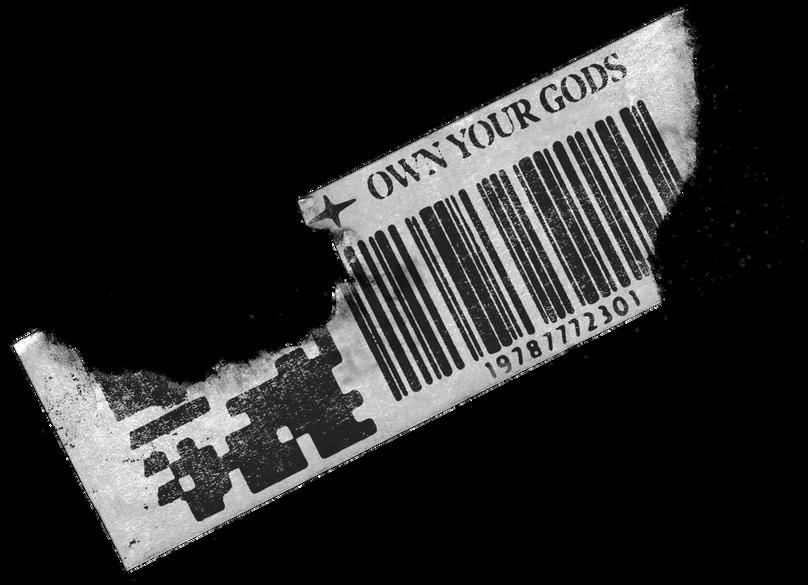
A croqui created by me, to reflect on all of my collected research.

As the luxury market is where I want to base myself, I looked into creative directors of luxury brands who inspire me. Doing this definitely helps me to find a clearer direction of where I want to take my Final Major Project.

A croqui created by me, to reflect on all of my collected research.
IWhen he was named creative director of Yves Saint Laurent in April 2016, his mandate was to continue a streak of stratospheric success launched by Hedi Slimane. It’s easy to see why the Belgian-born Anthony Vaccarello was tapped to succeed the titanic designer. Vaccarello had a reputation for creating seductive, modern silhouettes at Versus Versace and his own label Born to Italian parents in Brussels in Belgium, Vaccarello entered law school but left in his first year As a young sculpture student at La Cambre in Brussels, he became fascinated with garment construction His interest in clothing design was increased by studying the work of Rei Kawakubo at Comme des Garçons and Azzedine Aläia. In 2006, Vaccarello won first prize at the Hyères International Festival of Fashion and Photography. That collection, which William Vaultier, president of the jury, called ‘exceptionally well made’, also caught the eye of Karl Lagerfeld, who hired Vaccarello to design fur for Fendi. Two years later, in 2008, Vaccarello relocated to Paris, launching his own label. He won the 2011 ANDAM prize and triggered a global fashion frenzy when the model Anja Rubik wore a plunge-front, white Anthony Vaccarello dress to the 2012 Met Ball His emerging line became a cult hit, with an all-star following of Jennifer Lopez, Miley Cyrus and Alessandra Ambrosio Summoning all of this buzz, in 2014 Vaccarello signed on to head the creative direction of Versus, the fashion sibling of Versace, for a capsule collection before launching Versus entirely. According to BoF, retails sales for Versus more than doubled year on year, while wholesale revenues rose 21.4 per cent. The designer’s eponymous line is on hiatus now that he’s landed at Yves Saint Laurent, for which he’s in charge of the house’s womenswear and menswear lines. Vaccarello’s appointment is noteworthy because he is inheriting the world’s second biggest couture business from a titan who transformed the storied label into a multimillion dollar, red-hot rock ’n’ roll brand Slimane made the American Riviera of Los Angeles cool again and replaced S limane’s rock stars with models, often his girlfriends.
In a 2013 interview with W Magazine, S limane called YSL his ‘dream job’ Setting aside the designer’s recorded transformation into a trust-fund Silicon Valley bro with a Town Cars and habitual weed smoking, his reinvention of the storied brand turned him into a fashion legend who was worn by the stars. Back at Yves Saint Laurent, Vaccarello faces a giant creative challenge to retain one of Kering’s most lucrative labels. Asked how S limane would respond to this very transition, he said that Slimane taught him that you could capture the gritty energy of NYC at night through photography, showing that twenty looks is enough for a women’s collection and that beautiful women will always buy fashion Drawing inspiration from Laurent's original style philosophy, the designer created a unique interpretation of the Saint Laurent woman and androgynous menswear This approach led to a significant increase in sales in the quarters after his appointment. Upon joining the brand, Vaccarello cleared its Instagram feed, a move that sparked some criticism but aligned with the brand's new social marketing strategy to reintroduce itself with a fresh identity to a younger audience Vaccarello also looked to celebrities like Travis Scott and Lennon Gallagher for brand campaign collaborations


Vaccarello’s rise to menswear royalty wasn’t necessarily preordained Even after joining Saint Laurent, he never designed menswear before. ‘When I joined, I approached it carefully,’ he says. ‘I was really into my own way of dressing as well, so my first couple of seasons were quite self-indulgent. I guess.’ Vaccarello admits he was influenced by his personal style and confesses that he’d often just wear pieces by Hedi Slimane. ‘Personally, I was his biggest fan,’ he says. ‘I remember when he first joined YSL, I was fascinated by what he was thinking. When he left the brand in 2012, I continued to wear him So, clearly, he had this impact on me Vaccarello’s bold women’s collections were recognised and understood, while his menswear was still playing catch up Then the men’s side of things clicked ‘I set out to do something I wasn’t doing before, something edgier,’ he says. ‘I was looking at reference photos – getting the idea of femininity and masculinity in my head. I just had this clear direction: I want to be more elegant. I want more chicness in the men’s side. So instead of doing the traditional YSL biker jackets, I’m opening the line with very sophisticated tuxedo jackets, with tasteful faux-fur dusters inspired by my women’s collections.'
Saint Laurent’s recent shift towards a ‘70s aesthetic is catching on with customers. Vaccarello stresses that he builds his brand around a select group of friends and brand ambassadors, such as the American actors Zoë Kravitz and Hailey Bieber.
‘It’s not about how many followers you have on Instagram, it’s really about talent,’ he says. This helps a luxury-goods business foster an exclusive, aspirational community
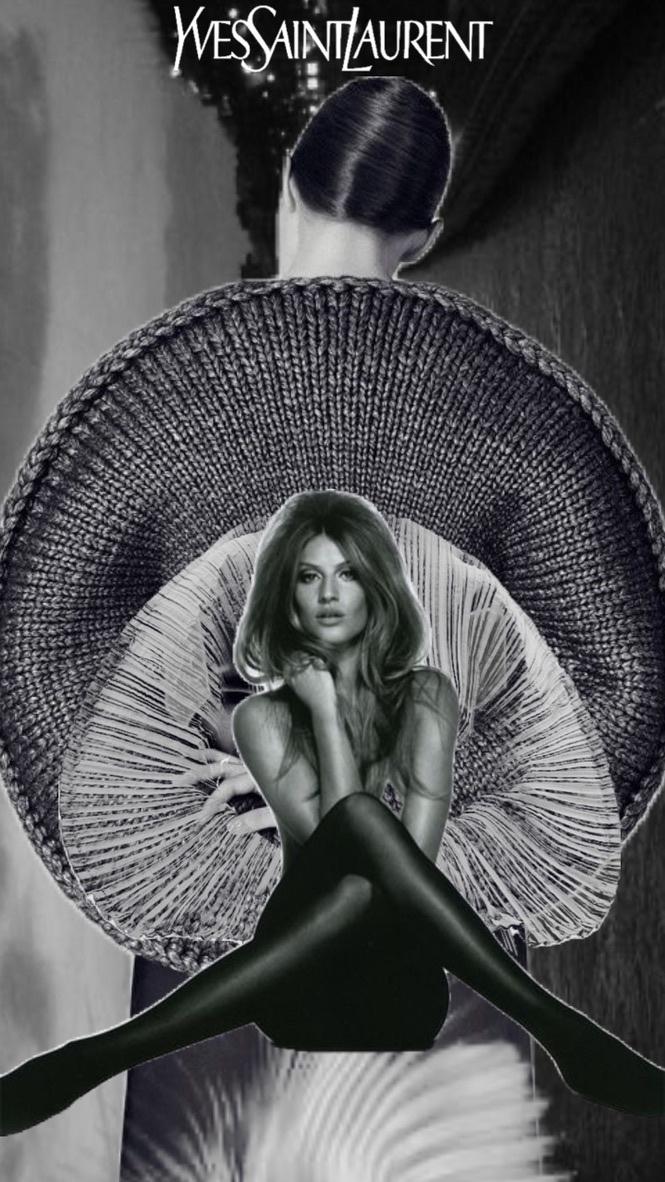
A croqui created by me, to reflect on all of my collected research.

the brands Miu Miu, Church’s and Car Shoe Before creating her own fashion line, Prada gained her PhD in political science; had mime stories, and had previously been a member of the communist party. She had also worked at the Piccolo Teatro, students’ theatre in Milan. She joined the family firm in 1978, became accessories designer in 1985, and the next year presented a line of black lightweight backpacks. In 1988, against her own counsel, urged on by her husband Patrizio Bertelli, she launched her womenswear line and created ‘uniforms for the slightly disenfranchised’ In 1993, she created a subsidiary line named Miu Miu, rumoured to be a nickname, which has evolved into a ‘ core on its own’, shown in Paris In 1995, she added menswear to her collection
‘ a o 2 c h h
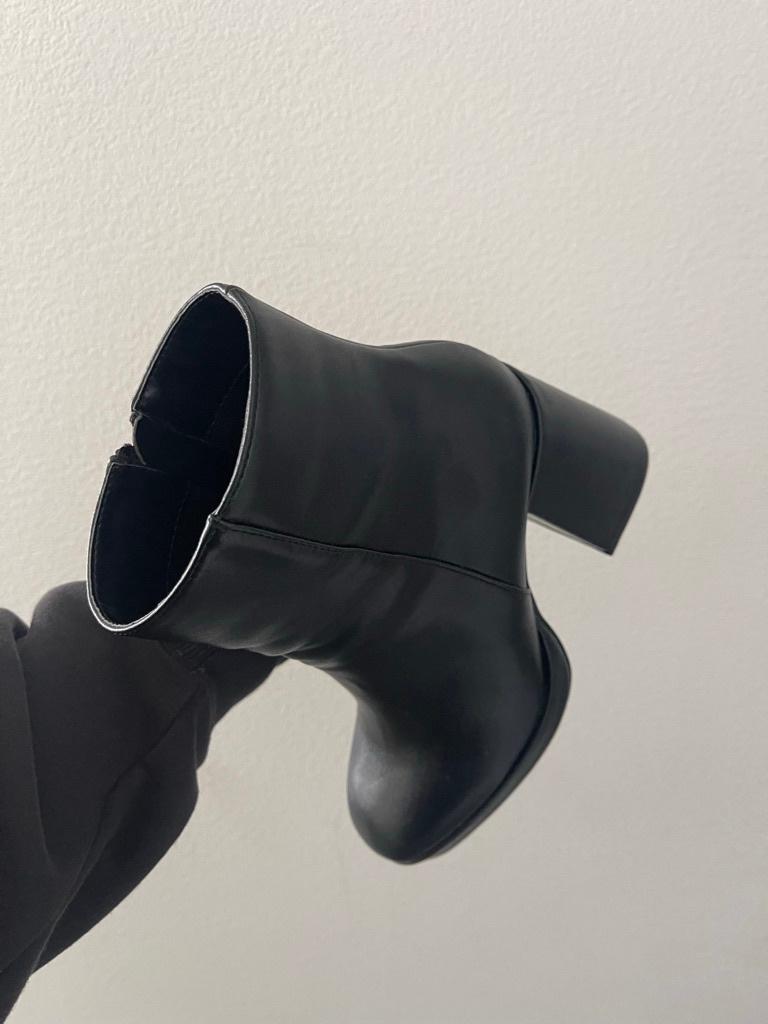
Designer Award, the first International Designer of the Year at the British Fashion Awards in 2013, Forbes including her as the 79th most powerful woman in the world in 2017, and the Outstanding Achievement Award at The Fashion Awards 2018 that the British Fashion Council gave to Miuccia Prada The seventh floor of Prada’s USA headquarters has a dystopian chill factor. The unfinished concrete ceiling is illuminated by overhead neon fuchsia lights, a pale matte pink cylindrical metal columns are included in the design, and headless mannequins wearing an impressive wardrobe hang from the ceiling. There could be an Elvira stealing to the sleek black cleaning supplies cabinet on the right, while the contents of the walk-in closet on the left of the room –boxes of shoes, stacked bags, tables with sunglasses and perfumes – come to life as they pace The room evokes the image of a striking film set by director Sofia Coppola, Prada’s best friend, perhaps supervised by Nicolas Winding Refn, Prada’s brother
sweater, she wears a snug, crepe-thin white undershirt peeking out at the sleeves and neckline, adding an unexpected yet perfect touch
This is the mastermind behind the fashion powerhouse that is the Prada Group, producing 10 intricate and cinematic collections each year for Prada menswear, womenswear, and Miu Miu. A woman who has dedicated her life to refining personal aesthetics, she developed her eye during her teenage and college years, scouring Milanese vintage stores for Yves Saint Laurent pieces and even wore children’s clothing to stand out from the crowd. When asked if she still finds joy in dressing up every morning, her response is a unique, indescribable expression, lips slightly downturned and pursed, head tilted back, that somehow conveys both "perhaps" and "absolutely not "
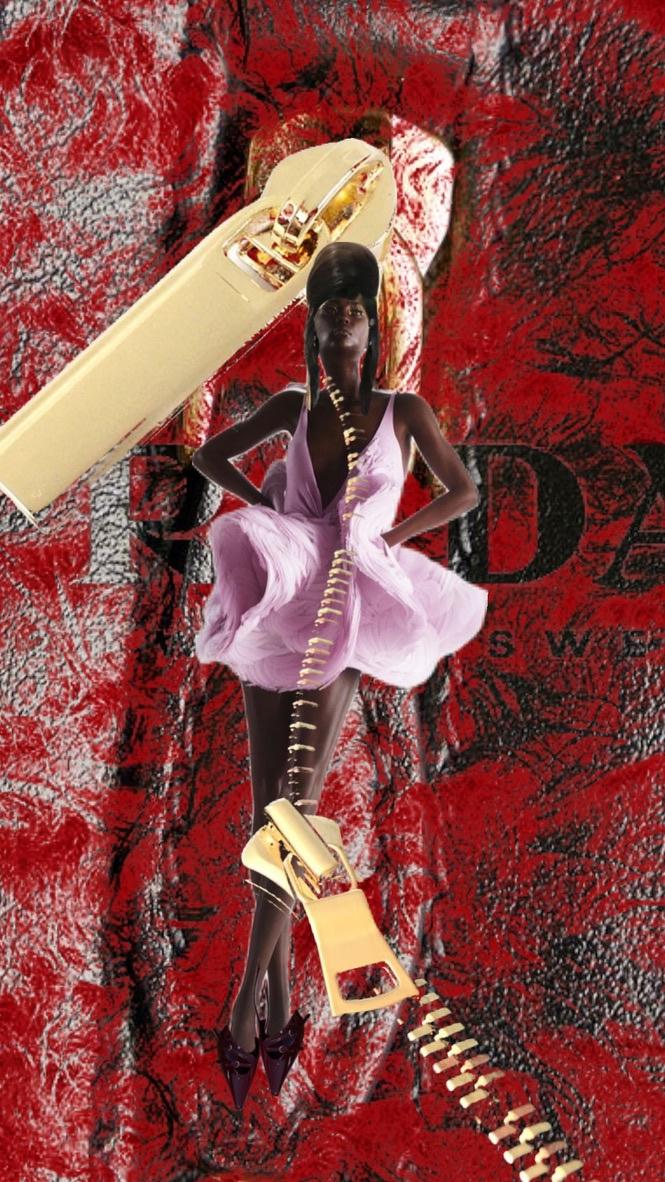
A croqui created by me, to reflect on all of my collected research.

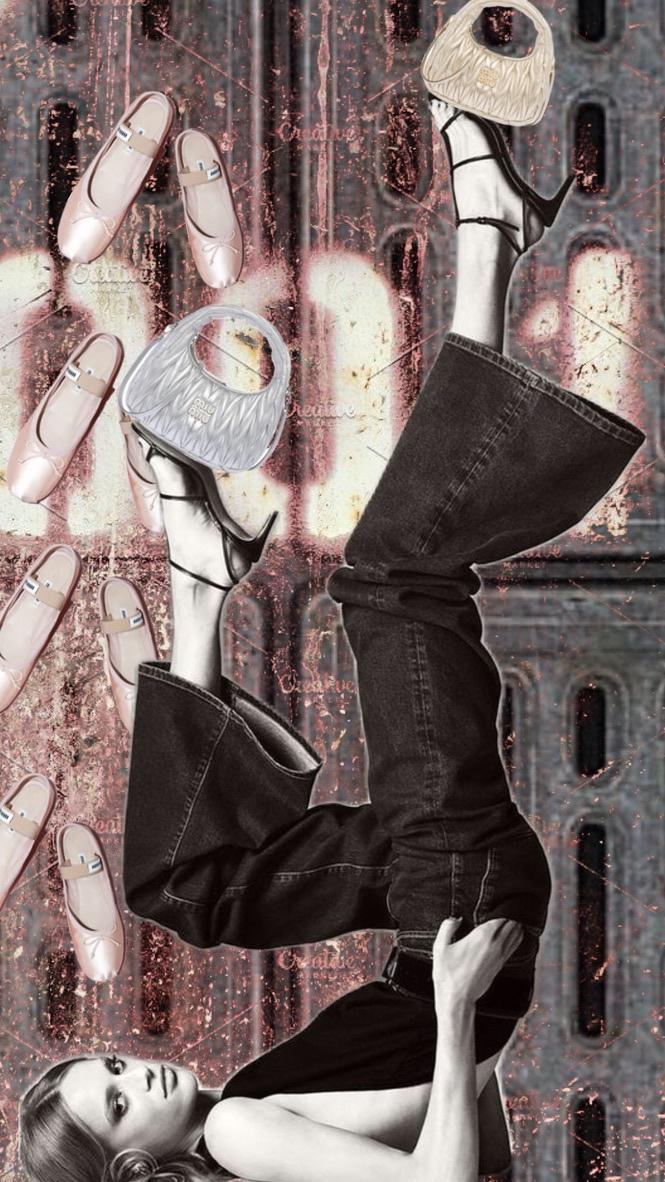
POP UPS AT FASHION WEEK
IN DESINGER STORES
LOOK AT CONTRASTING NEW AGE AND OLF AGE
QR CODES TO JOIN
CAMPAIGNING IN ICONIC FASHION PLACES
INTERACTIVE
SHOW CONTRAST BETWEEN REAL AND DIGITAL
Always maintained with strict restrictions: designers have to follow Haute Couture rules and submit each collection, within a set time and price list, for approval by the Commission. It was Mugler who broke the rules. View of ‘Thierry Mugler’s Couture’ at the Design Museum in 2019.
Photo by Michael Taphouse/GettyWhile various designers, such as Jean Paul Gaultier, have incorporated latex into their work, they have mostly focused on playful underwear with plenty of leather Paris shows continued to shy away from latex On the other hand, Mugler made its heavy use a strong point of multiple collections His AW95 collection was another landmark in the progress of Couture His models covered in heavy latex, sported fitted jackets, oversize hats, skin-tight latex trousers and other dramatic styles. The garments relied heavily on the assumption that beauty would be seen in the female figure. The fabric fitted the body perfectly, moulding itself into her body and framing it as the central point of the image. Latex emphasised specific parts of the body, but without any soft connotation. It celebrated the body as pure physicality. This celebration of the human form, and the exaggeration of it through latex, continues now For example, Clare Waight Keller’s SS19 Givenchy Couture show with models dressed head-to-toe in latex Courtesy of Givenchy/ YouTubeMugler’s two iconic collections almost created an imaginary futuristic world Couture fashion, supermodels, motorbikes, exotic cars, hip padding and vertically shaped waist corsets created a new vision of women. They were turned into futuristic exaggerations of themselves.
AW95 took things up a notch when the German supermodel Nadja Auermann appeared on the runway as a futuristic bionic fembot. She wore a metal, articulated bodysuit created in collaboration with the aircraft specialist Jean-Pierre Delcros, the scene was captured forever in classic shoots with Helmut Newton, and in a series of robot inspired prints that featured heavily throughout the collection. That look has inspired many designers ever since, including the likes of Alexander McQueen, Nicolas Ghesquière and Gareth Pugh
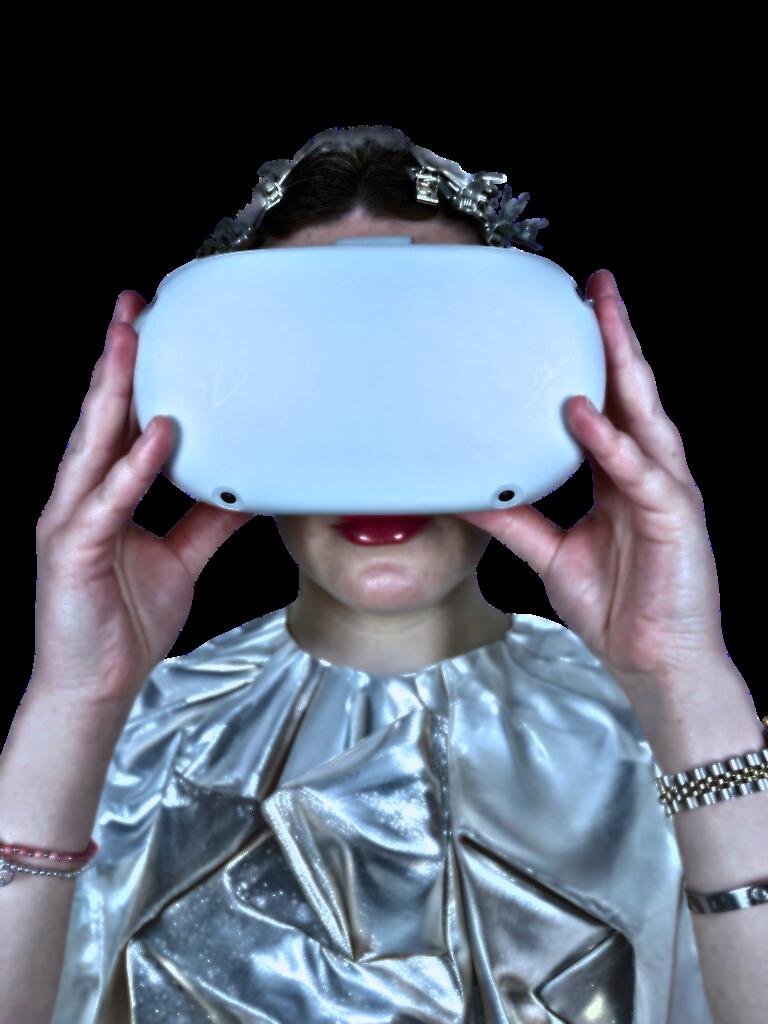
SO... WHY IS THIS SO... WHY IS THIS SO... WHY IS THIS FUTURISTIC STYLE
FUTURISTIC STYLE FUTURISTIC STYLE TRENDING AGAIN? TRENDING AGAIN? TRENDING AGAIN?
DUNE PREMIERE RED CARPET LOOKS SHOW HEAVY INFLUENCE FROM FUTURE
FACING AND THEIR TAKES ON BRINGING SPACE FASHION BACK-
The leading sci-fi movie premieres, ornate red carpet appearances, and extravagant photo calls have provided fertile ground for them to demonstrate their skills at fashion showmanship and this is exactly what the Emmy winner and international veteran stylist Law Roach have done to the hilt. Zendaya’s Dune wardrobe has been almost entirely sci-fi real estate: a chrome suit of armour with playful sheer cut-outs, a slouchy menswear pyjama set looking like a dune that you could sleep on, and a dystopian knotted mini dress with punchy black cut outs. Zendaya doesn’t break the mould for different types of movie star dress in the slightest. Take her recent appearance in Seoul, South Korea, as the first example. It reveals that even her most ‘understated’ looks are still extraordinary and, of course, outfit worthy. Here she has chosen a piece from a vintage moment in fashion history: Alexander McQueen’s Givenchy Fall/Winter 1999 collection. The structured zip up turtleneck and fitted pencil skirt are stone grey, but what makes the outfit sit right on the futurism radar is the red glow in the dark circuit board design. It wraps around jacket and ends at the very bottom half of the skirt. The glitchy motherboard pattern is whole and complete. Were it not built for skirt wearing, you’d wonder if you might have been transported to a late night rave. The Euphoria star completes the look with sheer black tights and a pair of glossy black Louis Vuitton pumps with a red crystallised sole.
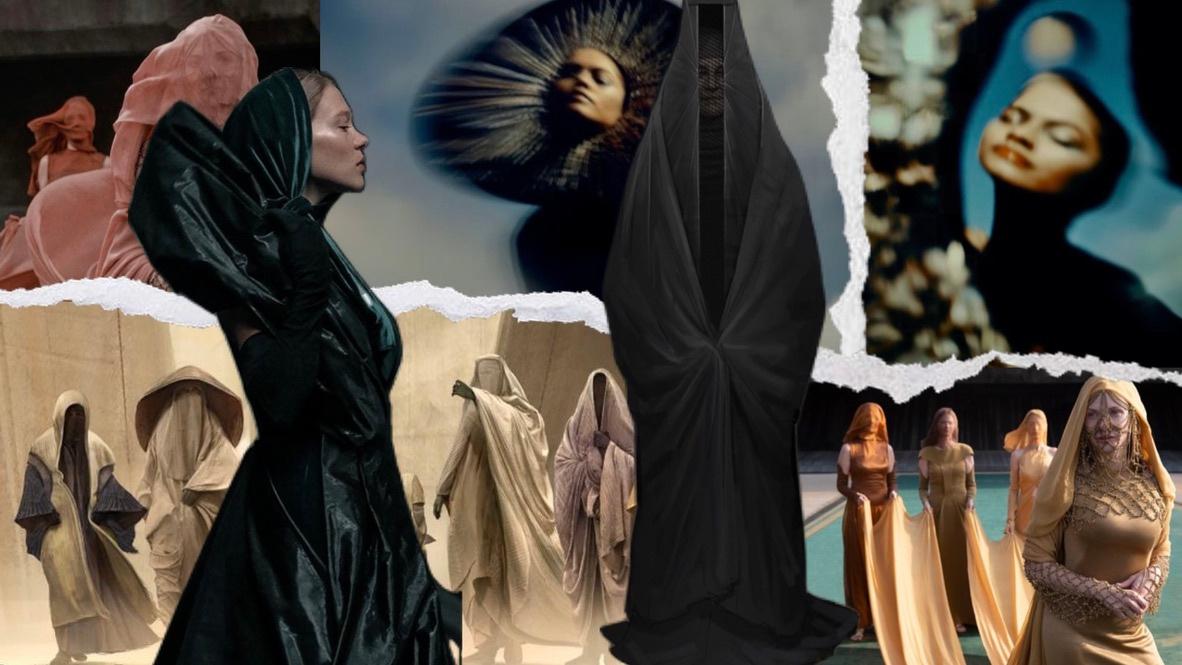
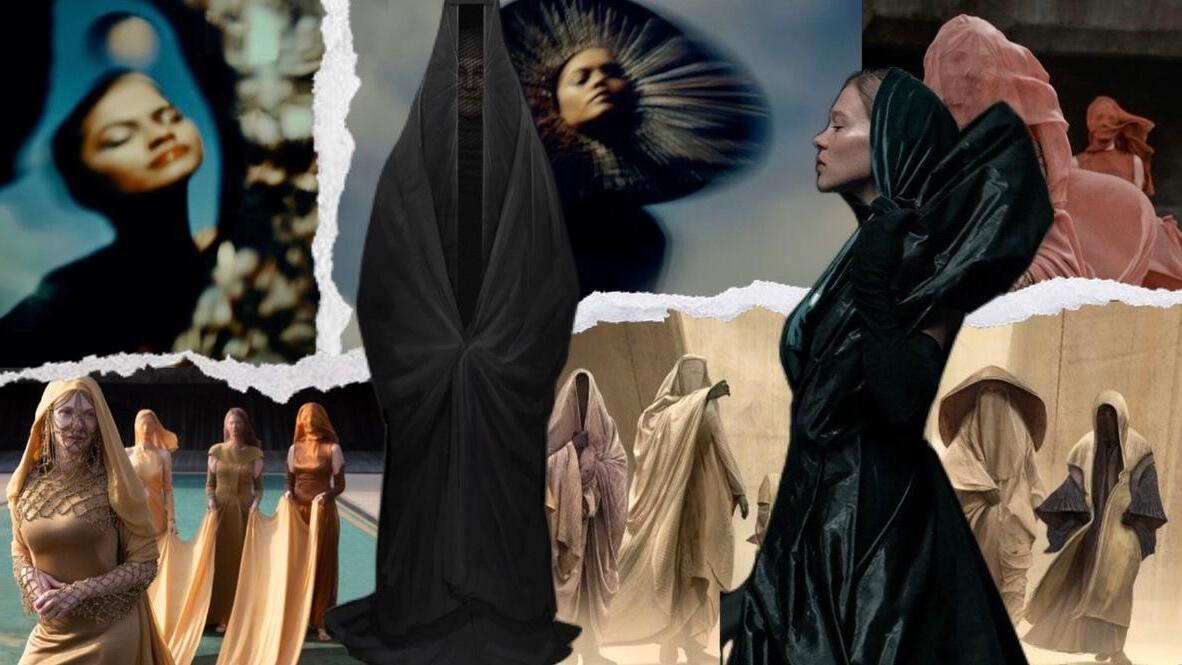
A croqui created by me, to reflect on all of my collected research.



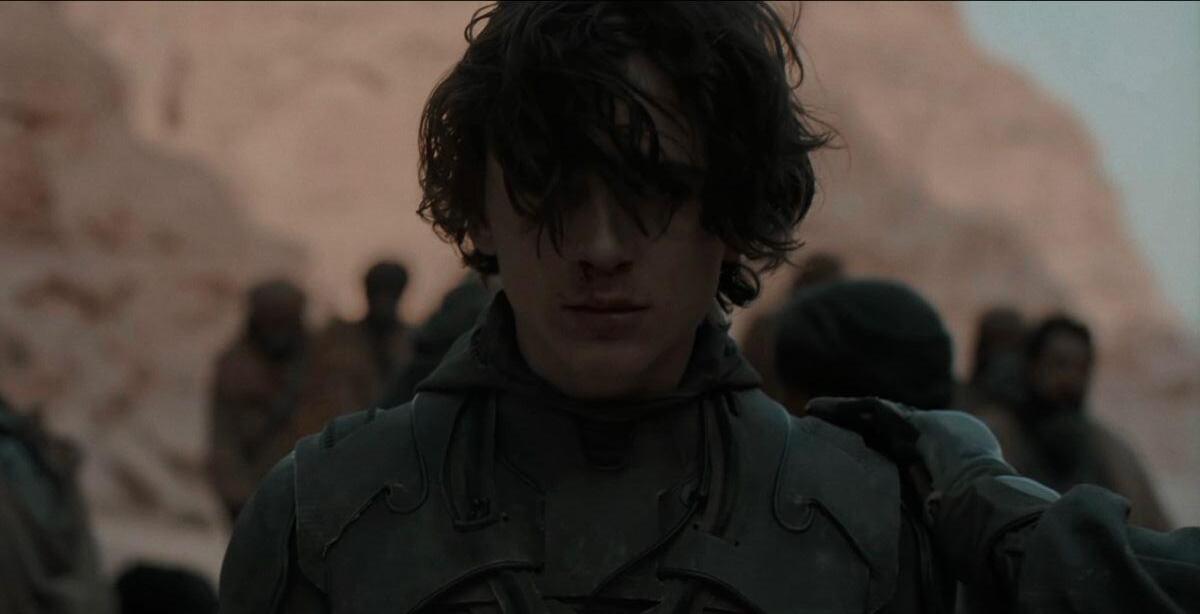

A
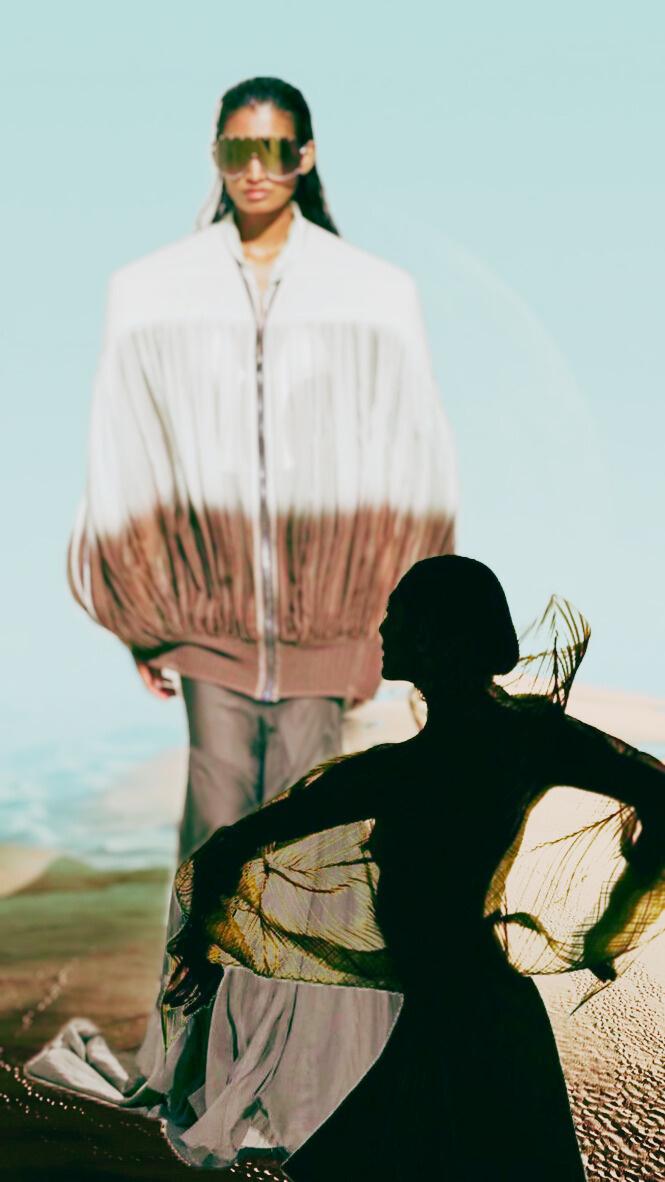
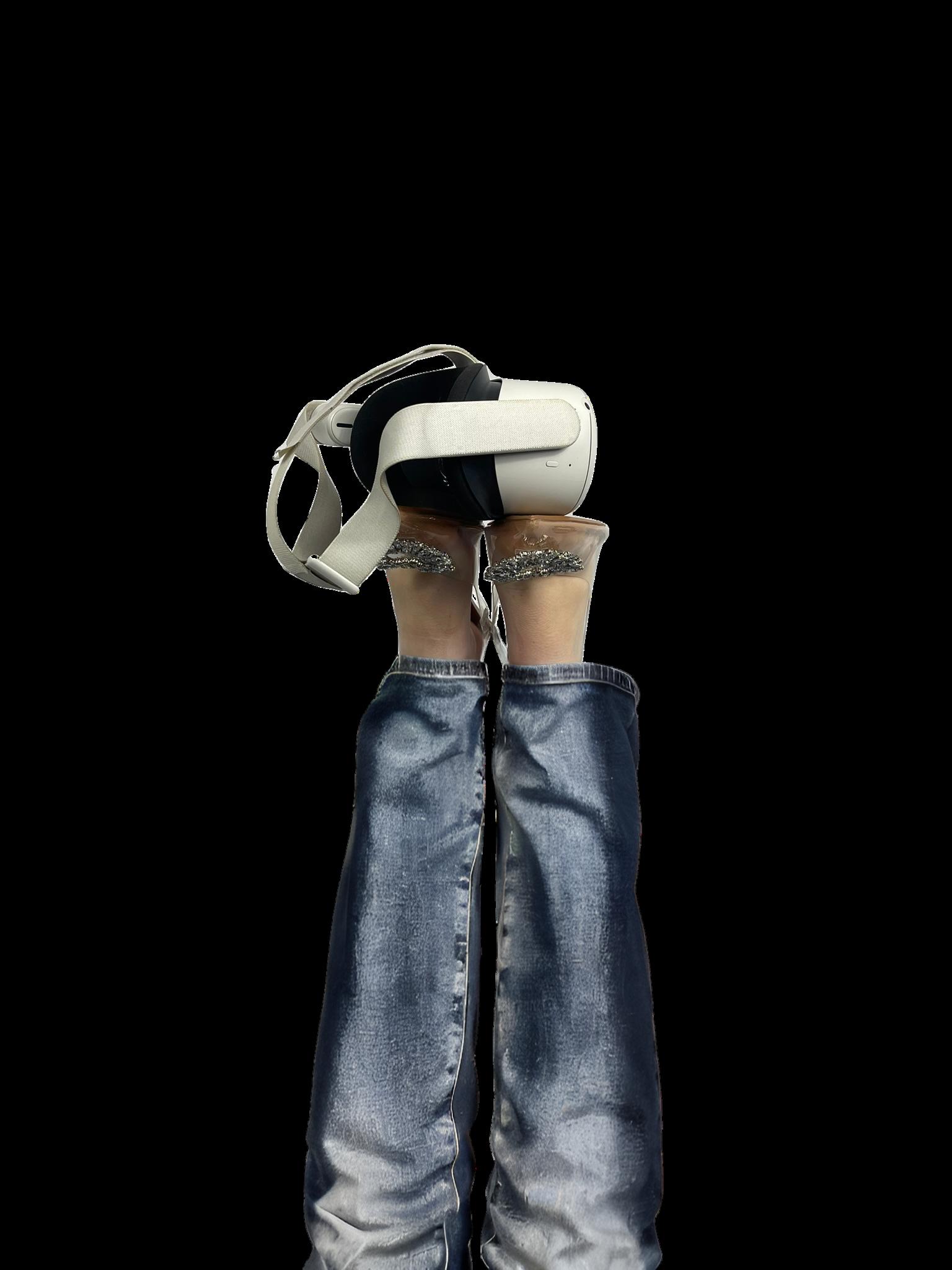
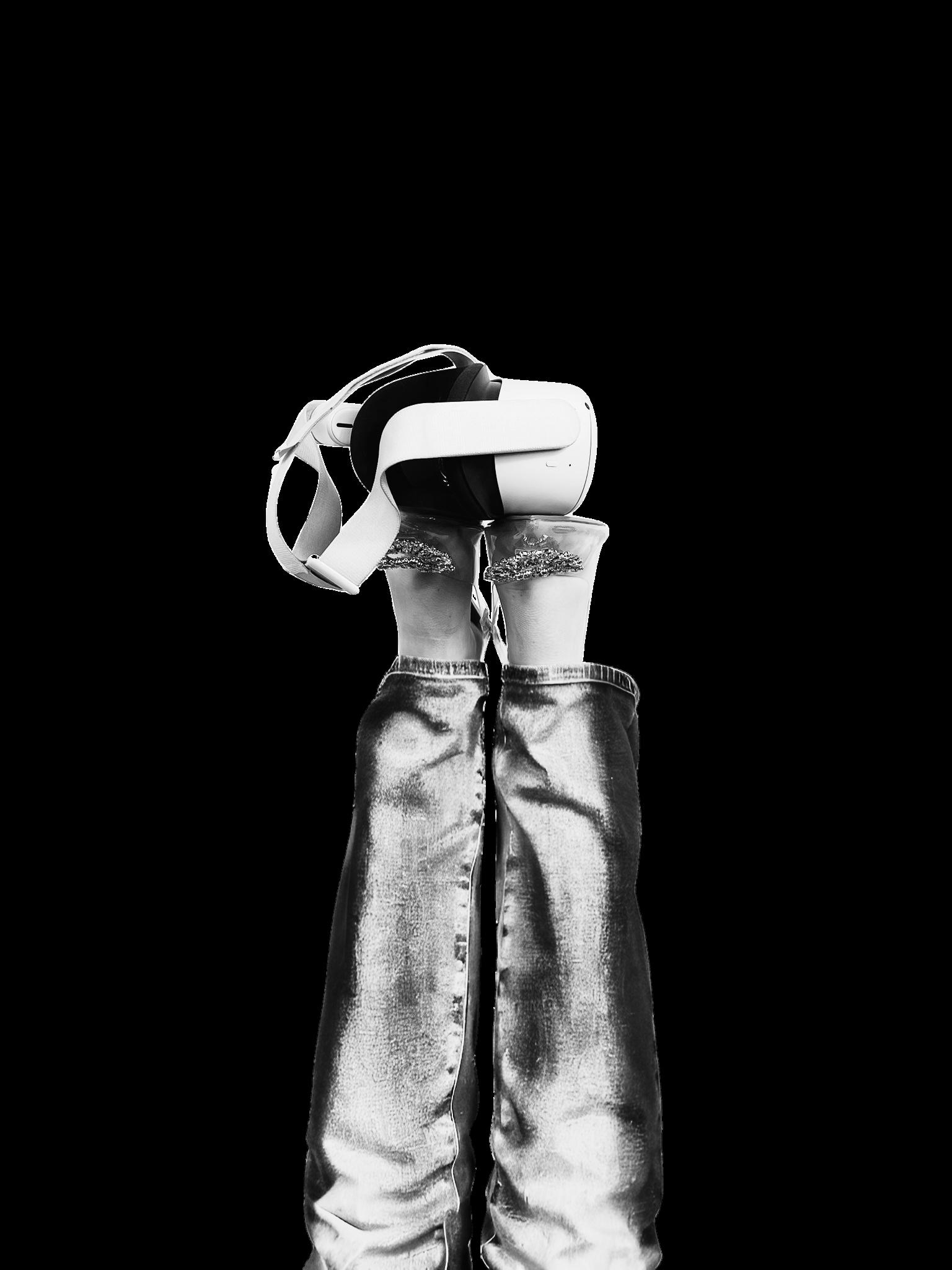
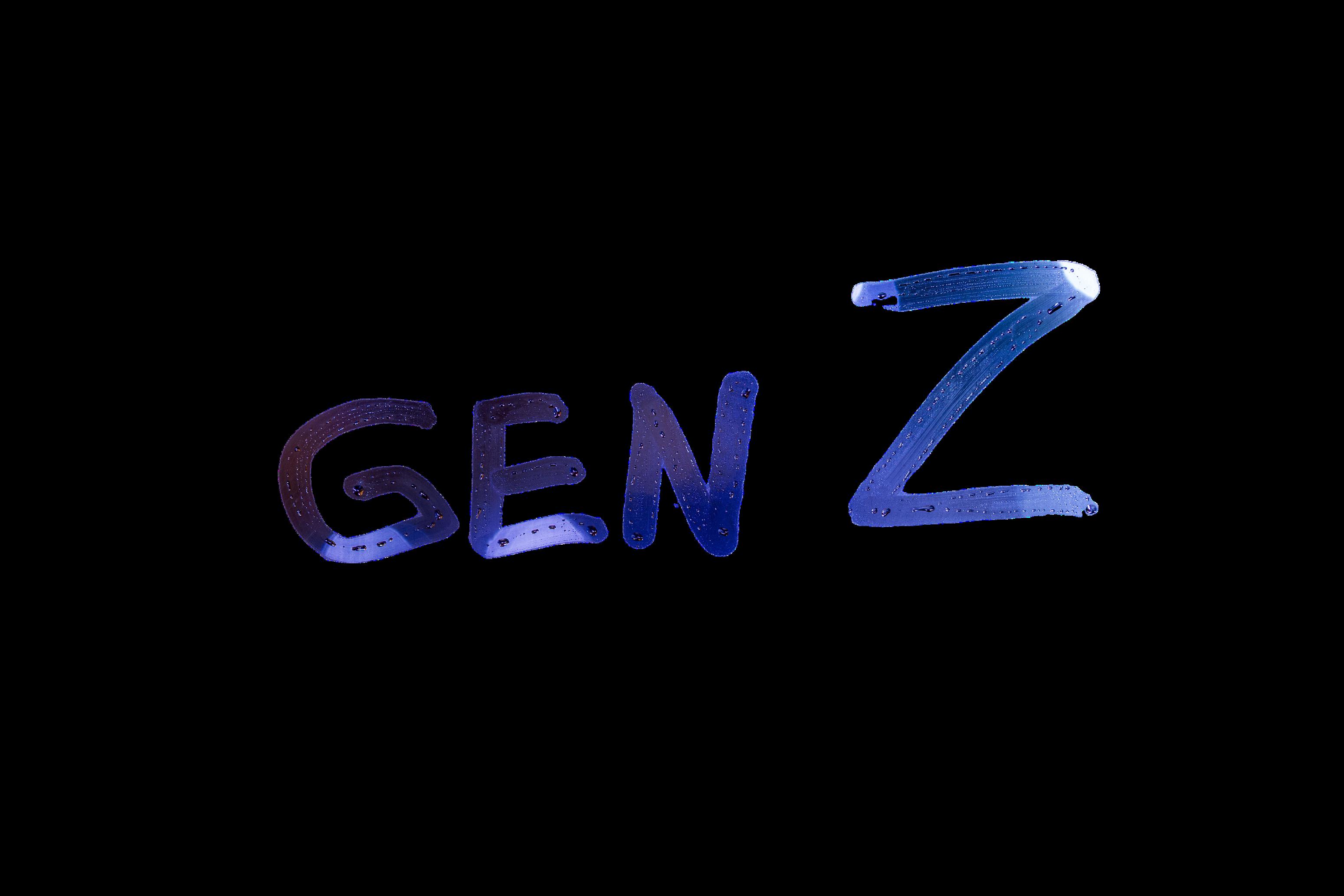




















Personally i think Gen Z is the best group to target my campaign at. Gen Z is on the lookout for fakery.
I would say the best group to target in my campaign are Gen Z. Gen Z is anti fake Gen Z likes to feel like brands are human. Because they have grown up online and seen digital ‘ruggedness’, fakeness from brands stands out. So, if you are marketing to them, you had best lead with that is nothing short of authenticity. Gen Z are 12- to 25 year olds and make up roughly 25 per cent of the world’s population. But unlike other generations, Gen Z really is unique. As the first digital natives, they grew up very differently to any before them, and Gen Z’s lifestyles will likely be light years removed from those of other generations, which will lead them to diverge more significantly from older cohorts culturally. Social platforms have given Gen-Z tastemakers an unparalleled ability to convene and speak to the masses. And in the US, Gen Z is dictating the culture and moving the economy with about $360 billion in purchasing power. Because of the events witnessed by each generation, each will perceive things differently as they navigate the world; consider the Baby Boomers, who came of age during an economic boom after World War II, saw man land on the Moon, and lived in an optimistic age. Or consider Gen Xers, who matured during a time when social mores were changing, female labour participation was skyrocketing, and they lived in an age of independence.
Millennials, the second oldest living generation, typically kids of more well off Baby Boomers benefitted from the inception of the global internet, and lived in an age of idealism. And Millennials are old enough to remember a less digital past. Gen Z is much more pragmatic, growing up under the microscope of technology from the onset. The worsening climate crisis, global movements of importance such as ‘Me Too’ and ‘Black Lives Matter’ and the Covid-19 pandemic all serve as a backdrop to today’s Age of Realism. Gen-Z and Fashion in the Age of Realism is the latest report from BoF Insights, which looks at Gen Z’s relationship to fashion, the distinct personality types, where they get their inspiration from, their favourite brands, and their approach to sustainable-fashion issues; it is informed by in-depth socialmedia analysis as well as a survey of nearly 1,000 Gen Z’ers, and focus groups. Fashion is the favourite category for Gen Z’ers in the US to splurge money on, beating out other categories such as dining, video games and consoles, and music. Youth are vital to the fashion industry, and not least because per capita spending on fashion declines with age.
Keeping up with fads has become more difficult than ever, as social media has accelerated trend formation. Moreover, Gen Z has inverted the design process aesthetics like Barbiecore, Cottagecore, Dark Academia and Coastal Grandma originated bottoms up from social media and resale platform content instead of top down from fashion brands and retailers. As a result, many Gen Z’ers tend to adapt pieces representative of trends into their own personal styles, as opposed to following trends full scale. Brands like Nike, Gucci and Adidas have built the most ardent following among this generation as the leading favoured brands among our panel. Gucci is the only luxury brand to appear in the top 10 list of unprompted favourite brands, while Louis Vuitton appears further down among the top 20. Gucci is notable for its efforts to court young consumers early on within virtual gaming worlds like Roblox. In particular, BoF Insights reveals that the majority of Gen Z’ers aspire to buy more luxury clothing and accessories as they gain purchasing power.
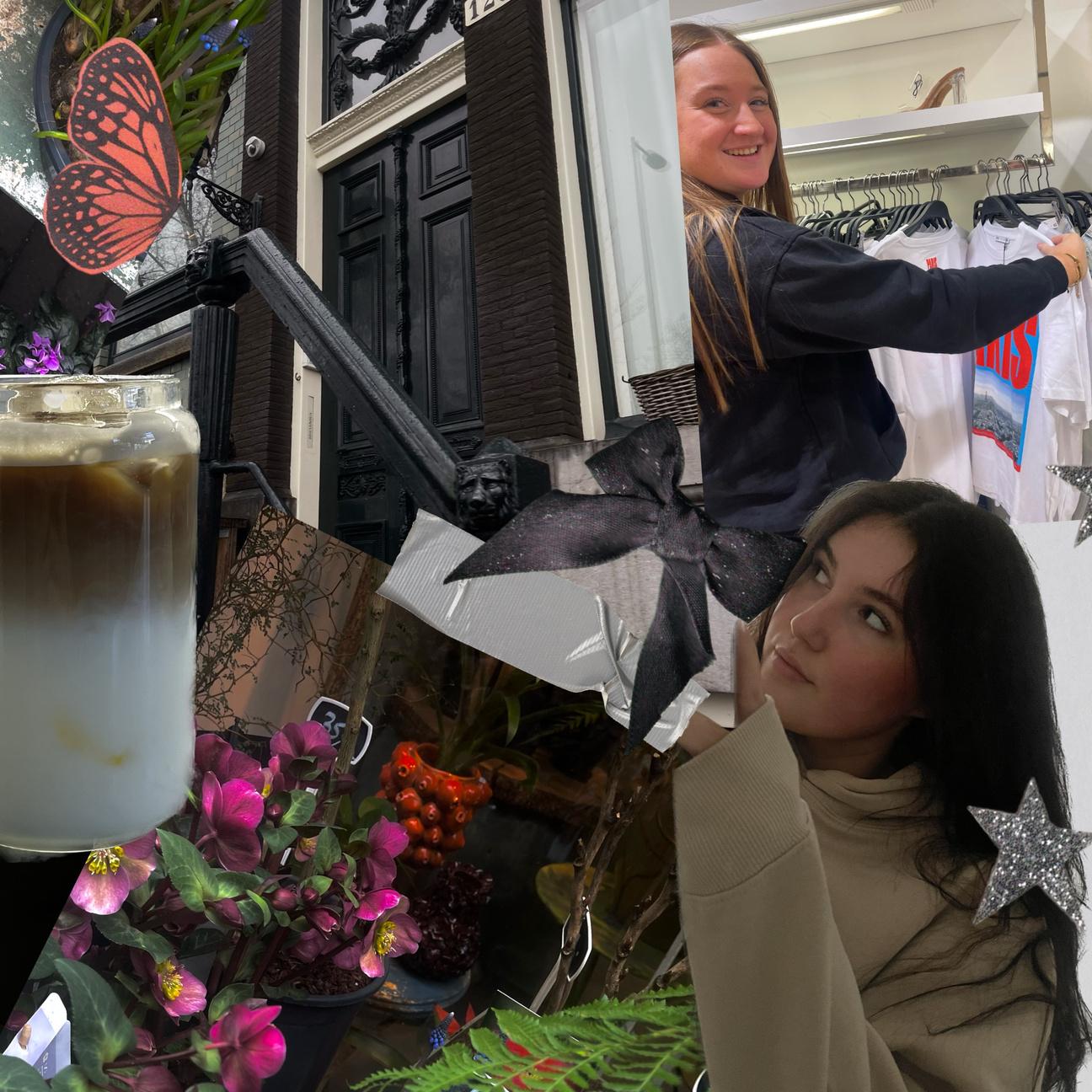
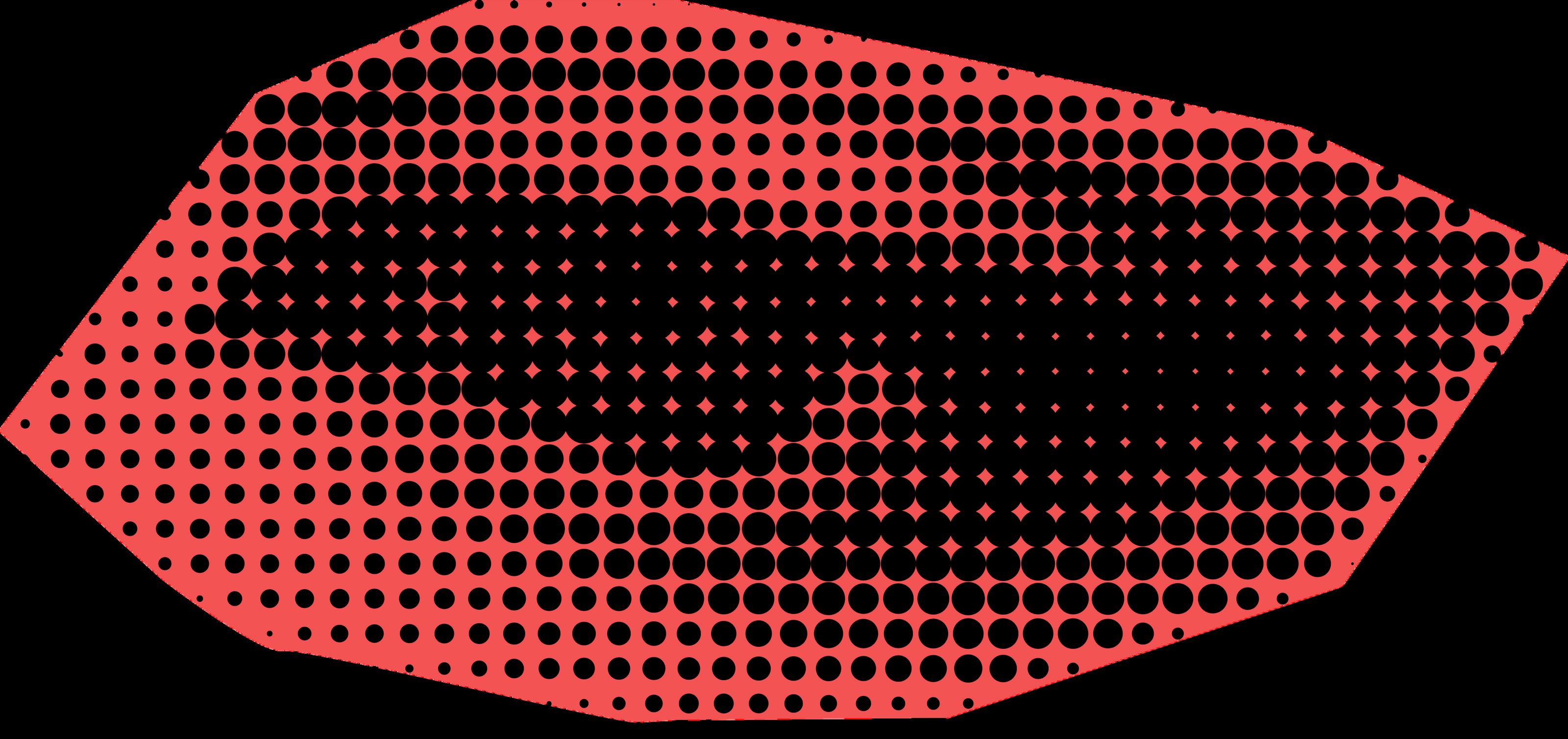



When Luxe Digital in 2020 analysed the global luxury sector, they found that ‘Trillion-dollar luxury growth is being generated by Affluent Millennials and post Millennial Generation Z consumers who now account for 85% of growth in luxury sales and more than 30% of luxury spend.’ Young, wealthy shoppers expect retailing to be tailored to their needs a world where they can move seamlessly between online and offline, physical and digital. The 2023 BCG x High Snobiety report states: ‘Stories over product; knowledge over possession; community over crowds; participation and experiences over observation ’ A desire for story and sensorial experience, hardwired into the human psyche, has been shifting retailers over time from craftsmanship to engagement and participation Even before the pandemic, Bain and Co were predicting that personal luxury via online platforms will be the primary channel for the global personal luxury goods market, accounting for 28 per cent-30 per cent by 2025. And that ‘by 2019, 74 per cent of customers already expect any service previously offered at a physical store or via the phone to now be available online.’ The number one reason that New Luxury consumers engage with a brand, according to High Snobiety and BCG, is ‘to live in the universe they have created’ Meanwhile, The Interline team is witnessing a trend of crossover adoption as companies in fashion and gaming start to see the possibilities of each others’ customer bases In time, online fashion and gaming will be part of the same integrated ecosystem with compatible assets and file formats. Both sectors will increasingly be populated by designers who, quite literally, straddle the two.
The luxury giant is expanding the use of Epic Games software at its various brands in a bid to capture attention from Generation Z LVMH, the world’s largest luxury conglomerate, announced that it’s expanding its use of Epic Games software to create new virtual experiences across its various brands, including virtual fitting rooms, fashion shows and digital twins. The announcement came at this week’s Viva Technology conference that’s aimed at showcasing the best that tech has to offer to businesses in Paris. Under the terms of this new partnership with Epic, the first implementation will debut at the Viva Technology show, which started on Monday Louis Vuitton will offer a digital show experience at the LVMH pavilion, which will allow visitors to revisit highlights from the brand’s fall/winter 2023 fashion show through an interactive digital experience. In some of its previous partnerships with Epic Games, LVMH presented similar experiences. Last year, amid the resumption of in person events, the luxury conglomerate Bulgari offered a digital presentation called ‘Virtual Rome’ via Epic’s 3D creation tool, Unreal Engine 5, at the same tech show. Louis Vuitton followed suit by introducing Livi, an avatar of a Louis Vuitton ambassador developed with the same software and adding another ingredient, Epic’s MetaHuman technology Meanwhile, LVMH also announced that some of its consumer brands, including Louis Vuitton, Christian Dior Couture, Celine, Sephora and Tiffany & Co, will begin offering US consumers the option of contactless payments this year, including Apple Pay and other digital wallets via iPhones. The family owned group is focused on ensuring the sustainable growth of all its Houses and maintaining their respective solidity, uniqueness, identity and know how
LVMH Moët Hennessy Louis Vuitton, usually known simply as LVMH, is a French multinational corporation with its headquarters in Paris, primarily dealing with luxury goods and related services. It was founded in 1987 following the merger of Louis Vuitton with Moët Hennessy, covering everything from leather goods to cosmetics and perfumes, to fashion, spirits, retail, luxury hotels and media. Arguably, the Arnault Group has grown by acquiring historic brands rather than create entirely from scratch, by showing the very best of French savoir-faire creating luxury beyond France’s borders. LVMH remains as the ultimate symbol of French luxury today – the brand for excellence. and the most prestigious brand in luxury. LVMH is a major player in the luxury goods market, with worldwide turnover of around 64.2 billion euros for 2021, in which it sells around 3,000 products and employs more than 163,000 people. The group has 75 brands, including Louis Vuitton, Dior, and Fendi.
It has 1,000 years of peerless expertise, objective consistency, precision and climatic inertia.Photo of the Hôtel Chevillon landscape garden by Lilly Jacob in 1936. The gardens are located between Fontainebleau and Châteauvieux, south of Paris.

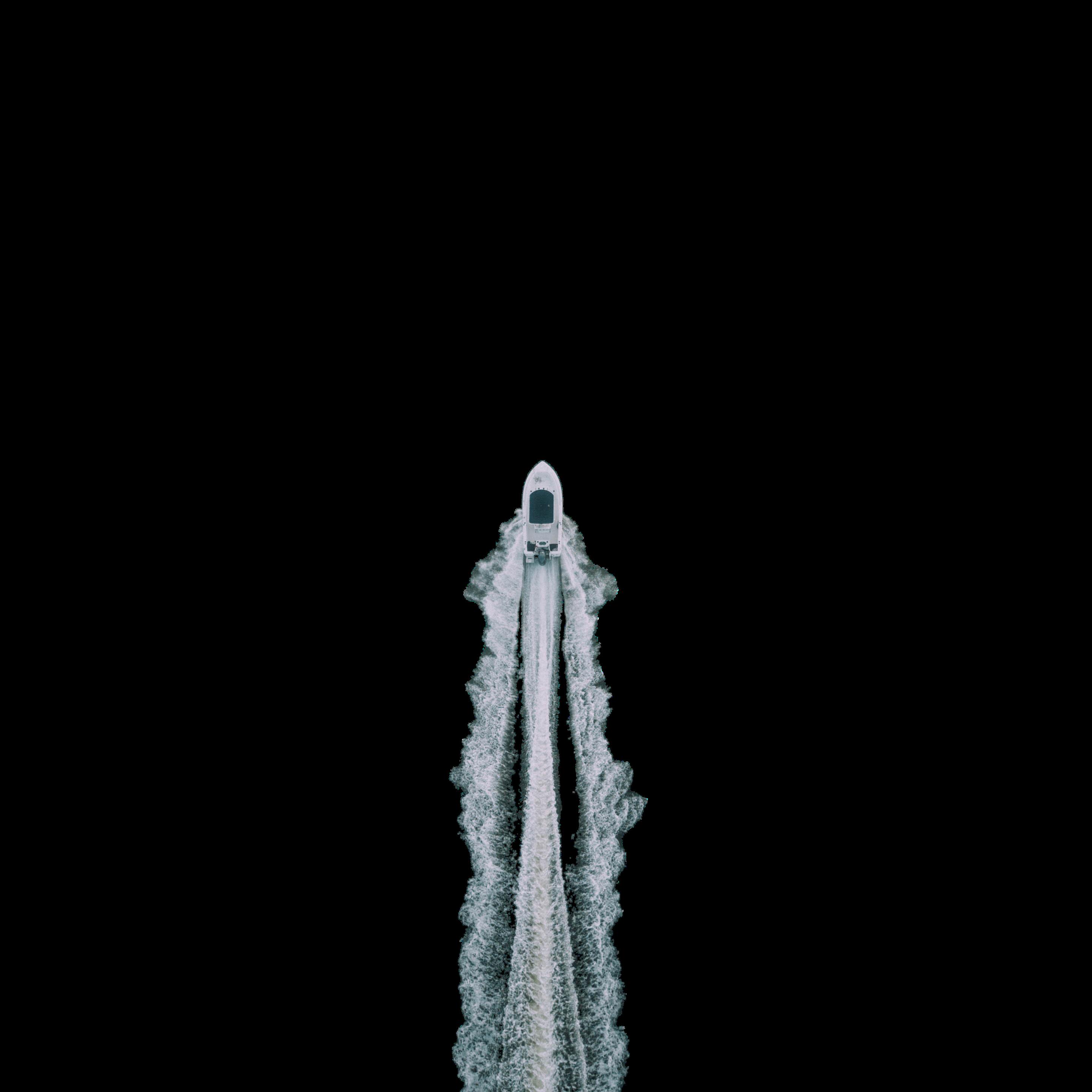

According to Toni Belloni, Managing Director of the LVMH Group, in the official press release: ‘By working alongside Epic Games only for the creation of new collections, but also for the development of advertising campaigns or the enhancement of the Maisons’ websites, as well as improving their ability to dialogue with the younger generations that have grown up with these technologies.’ This institutional commitment from LVMH on 3D and metaverse imaginations signals a key change in how luxury companies perceive 3D digital technology. It’s no longer just a set of tools for making product prototypes, and it’s not something with a separate utility applied down an arbitrary point of sale: it is, quite literally, an integral part of their end-to-end market strategy. These are large corporations investing in ‘digital assets’ and ‘digital experiences’. Before getting into all the tech details, let’s, for the benefit of many of the report’s readers, clarify what we mean by ‘real time’. While many of us may be familiar with real time technology, we’ll reintroduce the term here for those who are not: 3D visualisation is the output of 3D content on your device. There has been a radical change in 3D visualisation in the past five years. It has become one of the best methods of creating photorealistic content. Engineering companies, architecture studios, manufacturing firms, automotive production setups and even filmmakers are today using it to bring their ideas and concepts to life. In fact, if progress in 3D visualisation is charted from the days of the world’s first high speed digital computer, the MIT-built Whirlwind, way back in 1951, real-time 3D technology has come a long way. Enhanced hardware performance, higher quality rendering engines and the computing environments developed as complements to them have helped real time rendered 3D objects, scenes and characters become far more visually appealing.


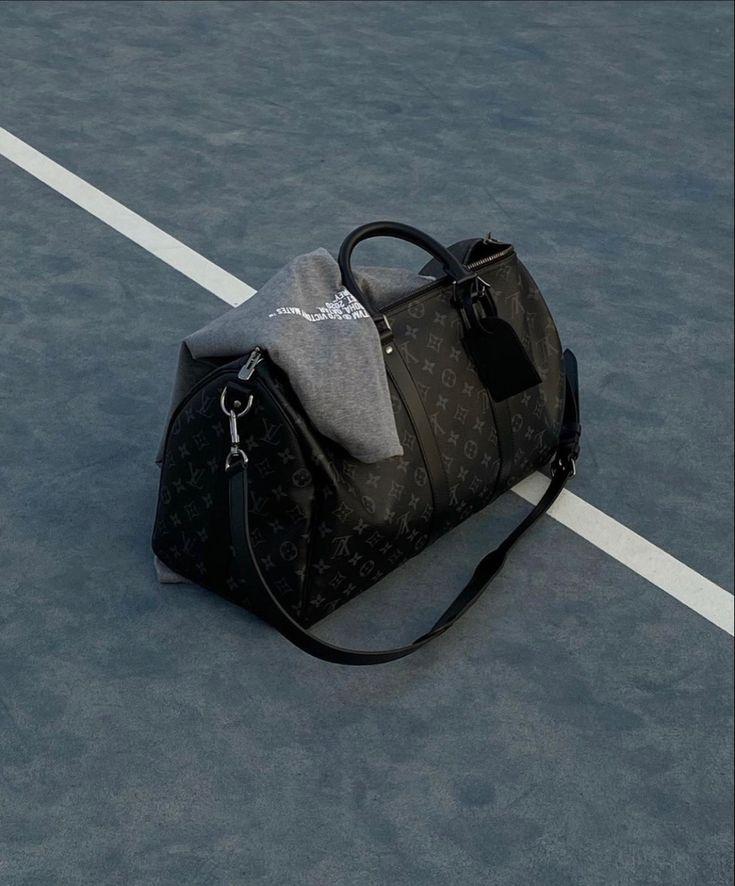

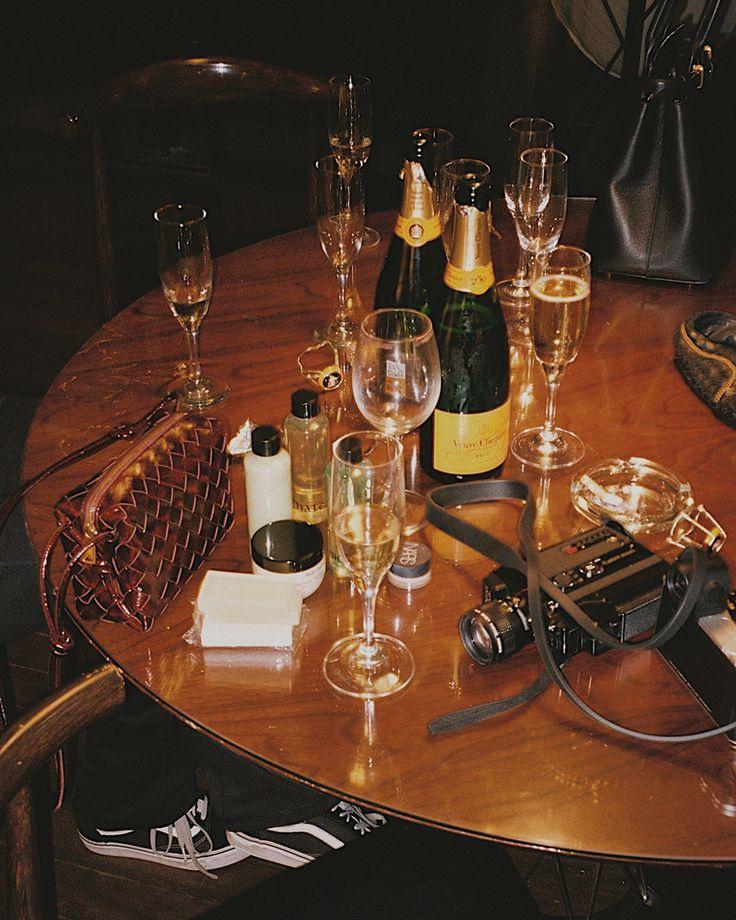

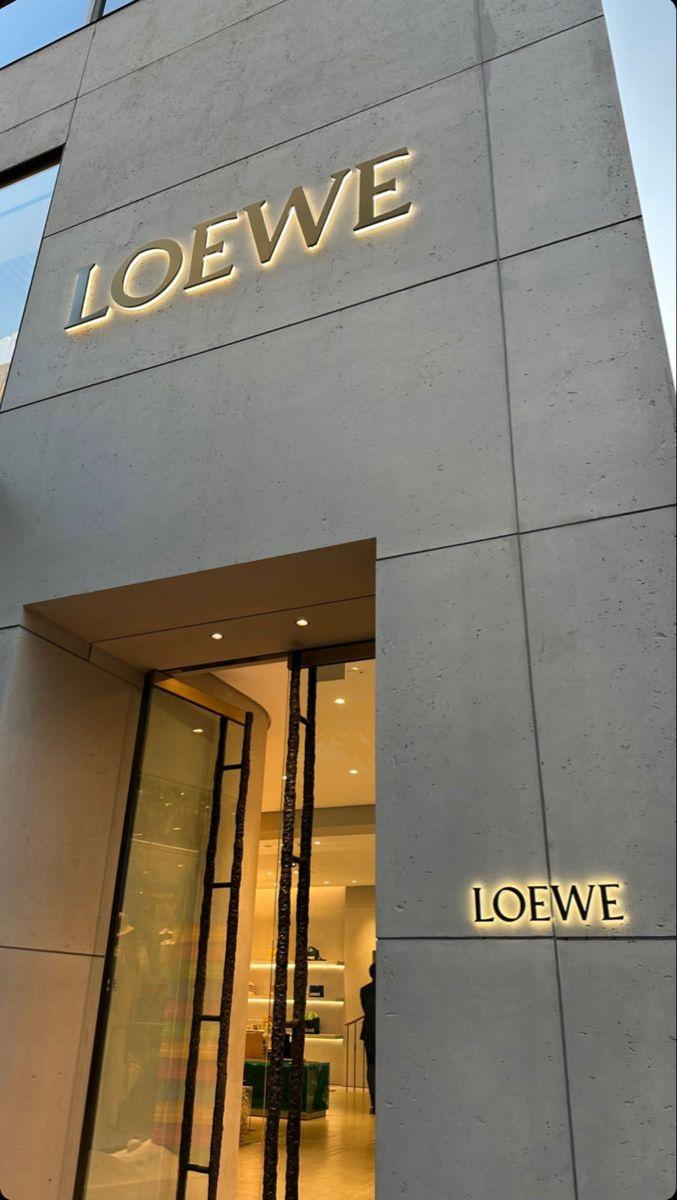

While press tours for big budget blockbuster films have long been punctuated by photogenic red carpet moments between their stars, there’s still something distinctly fresh and magnificent about the trappings of the present Dune: Part Two moments. Ostensibly extravagant step and repeats notwithstanding, the team in marketing this global blockbuster can’t help but feel like something much bigger than the sum of the star-fronted merchandising and movie viewing sessions that dominate their seasons Star power alone radiates from Zendaya, Timothée Chalamet, Florence Pugh, Austin Butler, Anya Taylor-Joy and the rest of Dune: Part Two’s cast, plus their stylists, appearing in wave after wave of an impressive mod parade of high fashion couture looks well beyond expectations, and always thoughtful of the movie they’re peddling.
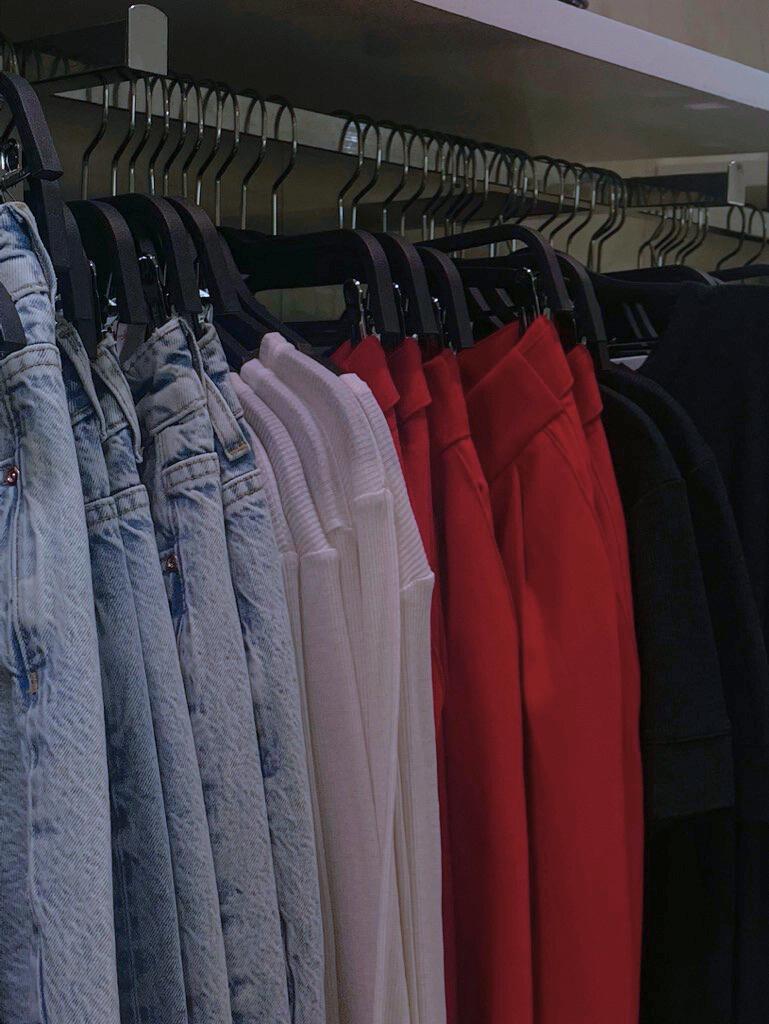
From its futuristic drapery to its literal rhinestones, the Dune: Part Two press tour is the Met Gala, INSIDE. It’s spot-on for the film’s glamorous, sexy otherworldly desert aesthetic, not to mention a decent stab at the currently relevant world of high fashion. Zendaya in her 1995 Mugler Couture silver set, from The Time Capsule collection, that’s the Met Gala But what makes her look from the Dune red carpet feel absolutely spot on is that it looks like fashion, not like a costume And it’s emblematic of a larger trend for the entire cast to dress the same way: for their Dune press tour styling prowess to be a method-acting high fashion fever dream that would impress every choosy space physician out there. Because every ensemble, like Pugh’s beautiful Valentino gown or Dylan’s Gucci suit, feels completely custom, and completely aligned with the aesthetic of the film, as directed by the film’s designer, Judy Clatworthy. The cohesiveness of the styling teams behind these outfits lends them dimension of failure and monotony, an extension of defiance and anger The elegance of the great white feather cloak feels like a complementing expert opinion on the mood of the movie Witnessing this much creativity and cohesiveness happening in world lends a sort of beauty to life in dystopian semi future





In 1909, the Italian poet Filippo Tommaso Marinetti published his Futurist Manifesto on the front page of the Paris newspaper Le Figaro on 20 February. Futurism, the most anti-authoritarian of the modernist movements, was characterised by a virulent a rejection of the past –the sheer weight of Italian historical culture having weighed especially heavily on the country. ‘We consider that sensuality and brutality,’ Marinetti declared in the Manifesto, ‘ are the most advanced features of modernity.’ He went on: ‘We will glorify war, the world’s only hygiene, militarism, patriotism, the destructive gesture of freedom bringers, beautiful ideas worth dying for, and scorn for woman ’ Words were stumbled over, new religions followed, styles changed like the coming and going of a temperamental lover’s hand from the same shoulder.Futurist artists such as Giacomo Balla, Umberto Boccioni and Gino Severini scraped neo impressionism together with cubism, and mixed in cinematic speed to create dynamic, energetic compositions depicting modern life. Vorticism, the British version, was set up by Wyndham Lewis, who had an envious dislike of the Futurists. After the horror of the First World War, artists renounced all avant-garde impulses, internationally and pre war not just Futurism, but Fauvism and cubism, too In their place, sober, reassuring styles that we call ‘the return to order’ were now required, to give the audience something solid to gravitate towards. ‘Wewill shed all the sensual and sentimental trammels of nineteenth century aesthetics and plant in the midst of the future rank vegetation of dynamism,’ declared Futurism. In place of what they chose to see as stilted, antiquated inventions, they joyfully espoused the industrial age.
To convey movement and dynamism, the Futurists devised painterly techniques to portray speed and motion, such as blurring and repetition, or they borrowed from the Cubists the idea of lines of force, which dictated the relationship between forms on a composition. Working across painting, architecture, sculpture, literature, theatre and music, they were so prolific that even with the death of some of the major figures in the movement, Futurism didn’t die with them, but rather continued to evolve in different ways Boccioni was undoubtedly the most prominent of the Italian Futurists. This man of only 33 at the time of his death left an immeasurable mark on 20th-century art. Not only did he practice Italian Futurism, with groundbreaking paintings and sculptures, celebrating the dynamism of modern life, but he also preached it through a series of manifestos, books and articles. Umberto Boccioni. Photo courtesy WikipediaBoccioni was born in Reggio Calabria in the south of Italy in 1882 He moved first to Catania, in Sicily, where he studied at a technical college, and then to Rome, where he trained as an artist under Giovanni Maria Mataloni, who had made drawings for publicity posters. His work experience in poster design set the stage for Boccioni’s artistic approach to painting: Boccioni’s cartoons and posters were tacitly given lessons in the creation of dynamic, engaging compositions, infantile in the finest sense of the term. Poster advertising by Boccioni, introduced by Renato Serra, the editor of the magazine Sketch 1906.
First in 1906, he had gone to Paris, where he discovered the modern artists and the excitement of the city, and then in 1907 he had moved to Venice, making sides trips to Russia and Warsaw and eventually settling in the printmaking city of Padua (1990.38.34). These prints display Boccioni’s friends, a neighbour and his mother. The work suggests a growing interest in his time in the industrial city – an interest that would become more prominent later, after he settled in Milan in August 1907 (1990.38.36). Milan was a place of youthful encounter for Boccioni, and it was here that he met the poet F T Marinetti (1876-1944), the founderprophet of the Futurist movement. In February 1909, Marinetti published his celebrated manifesto in the French daily newspaper Le Figaro, declaring that the time had come to call for modern Italy to declare an ‘explosive war on medievalism, classicism, denigrated acid realism’. In 1910, Boccioni – along with Milanese painters Carlo Carrà (1881-1966) and Luigi Russolo (1885-1947) –issued an official ‘Manifesto of Futurist Painters’ that was endorsed by Balla and Severini. of Futurism (1909)2. Boccioni, Unique Forms of Continuity in Space (1913)3. Marinetti, manifesto to paint metallic nature (1910)4. Severini, cabinet of the aestheticisti (1911) He loathed the classical and Renaissance sculptural traditions so much that in his 1914 book Futurist Painting Sculpture, Boccioni described Italy as a ‘dinosaur nation’ infected by a ‘disease of lost confidence that diluted all products into a tasteless chocolate’.The Futurist writers and painters –especially Boccioni – saw the oncoming world war as a liberating force, one that would surely cut off the last traces of a more nostalgic past and bring humans and machines into closer harmony.
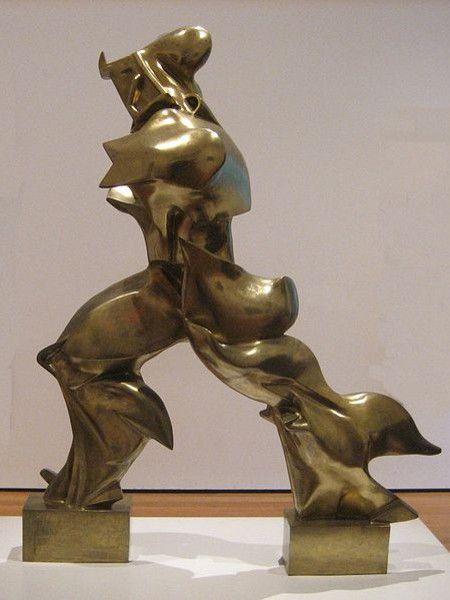

The creative industries are increasingly incorporating AI programs, with a software company called Adobe recently announcing photo restoration and background replacement programmes that perform with an unprecedented level of precision and detail. ‘Co-pilot’: Adobe’s chief product officer Scott Belsky has reassured creatives that this is what AI should be For thousands of years, humans have created art, and it is no surprise that a human might be uncomfortable with an AI having an impact on the future of the industry. But at the same time there is a very real market for it – in 2017, AI-generated painting sold for more than $432,000. Is this the death knell for the human artist, or just the continuation of a more extensive version of art history? The reasonable answer to this might be that, although it is not out of the realm of possibility, this is still highly problematic. After all, history shows that we have seen artists co-opt tech to produce art before – Pop Art in the 1960s, for instance, was heavily influenced by photography. As intimidating as AI might be, alongside calls to place moratoriums on its use in the real world, the debate surrounding its use in the artistic principle is a question of ethics: who is responsible should legal issues arise when AI encroaches upon the copyright of an artist?


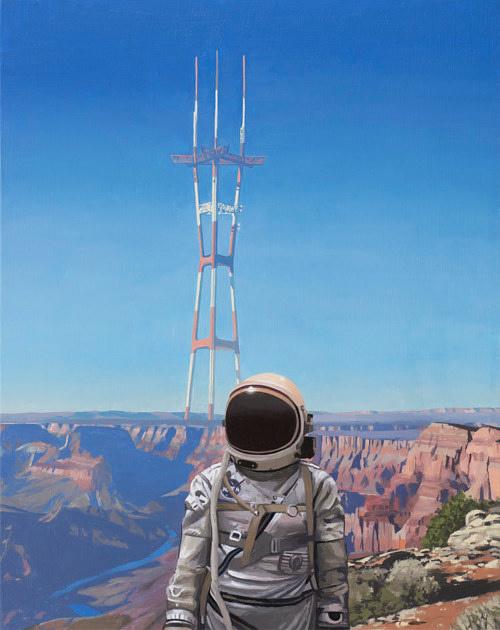
The loss of civilisation to global warming is also a common motif in dystopian art, and an association with this is that humanity’s own relentless utilitarian use of Earth’s resources will also lead to mass extinctions, and indeed to an inevitable apocalypse The American illustrator and painter Alice Ty became well known for her dark and compelling visions of a future US landscape droughts, extinctions, natural catastrophes Her work is at once a feminine wonder and something frightening, its beauty in tension with its ominous message. Her harmonious land is an earth scarred by human activity. Her juxtaposition of the visionary with alarming natural events and landscape destruction is a sample of how art can experiment ably while using verifiable reports of the state of our planet to coin illustrations motivated by scientific input. But a second recurring theme in this art is circumscribed enough to deserve its own place: technological apocalypse. This is distinct from societal collapse to global warming, to natural disasters, to famine, to scarcity, to environmental disaster, insofar as technology is being invoked as the fearsome agent conceived to displace the anthropogenetic motive behind the Writer’s dystopic vision
A fear of technology is transparent in our nostalgic rendition of a bygone era when there was no machine controlling the minutia of human activities. Ours is a post-industrial yet pre-digital world still marked by the remnants of technology.
As our need for technology is rising day by day, our expectation of progress is clashing with fear of being slaves of the machines Quite a few artists discussed about the Metaverse They see the current life as being more like a nightmare than a dream. As introduced in gale, artist Seungho Have has revealed some of the unknown problems that lay within the Metaverse. Enormous amounts of data need to be collected due to the construction and operation of the Metaverse, and this poses serious threats to the privacy of all users. Moreover, the Metaverse, as a super artificial intelligence, will face hacking and other security issues no less than our smartphones. Some even anticipate that a technological dictatorship may emerge If computers become swifter and smarter, they will ultimately replace human beings The difference between dystopian and utopian futures becomes less distinct and two may converge under certain circumstances The artists who remain technology enthusiasts imagine a future of technology as a more direct path leading towards a more brilliant world.
For example, think of how the use of nuclear weaponry was depicted in visual art during the Cold war Numerous artists mirrored an impression, widely held at the time, that nuclear weapons were a tool of inevitable self destruction The Cold War ended around 30 years ago now, and today we have a unique perspective on the situation, nuclear weapons far from causing global harmony were in fact instrumental in producing their opposite. A human holocaust as a result of nuclear weapons remains a real potential. So, seeing earnest pay off where chaos is concerned, viewers tend to be overjoyed by our frequent tilt into dystopia, more so than when firmly situated in blissful Utopia As viewers, we are overjoyed, then, by earnest pay off where chaos is concerned, more so than when firmly situated in blissful Utopia. And this tendency, seemingly hard wired, has ensured dystopia as a dominant mode of art production. While much of Listfield’s earlier work concerned itself with how much our Earth scene was now strewn with hallmarks of corporate dominance, his later work blossomed into comment on the environment, our fondness for war, and American politics. This was again, a kind of natural outgrowth, having built his base. Then, in 2008/2009, when the economy soured, and a number of galleries with which he’d long been involved folded, Listfield realised he had to get more effectual about getting eyes on his work. He started making the most of social media, utilising art sites like artnet to the hilt, and eventually growing a significant online community. But, he recognises, with the community also comes responsibility in his eye, he now had a voice, and through his art could give voice to some of the things so many around him were feeling and the imagery he used as well as its conception, became more complex.

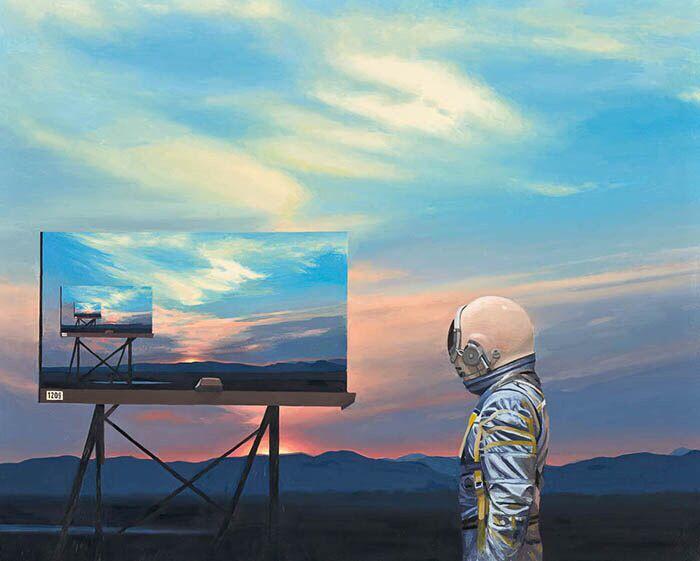
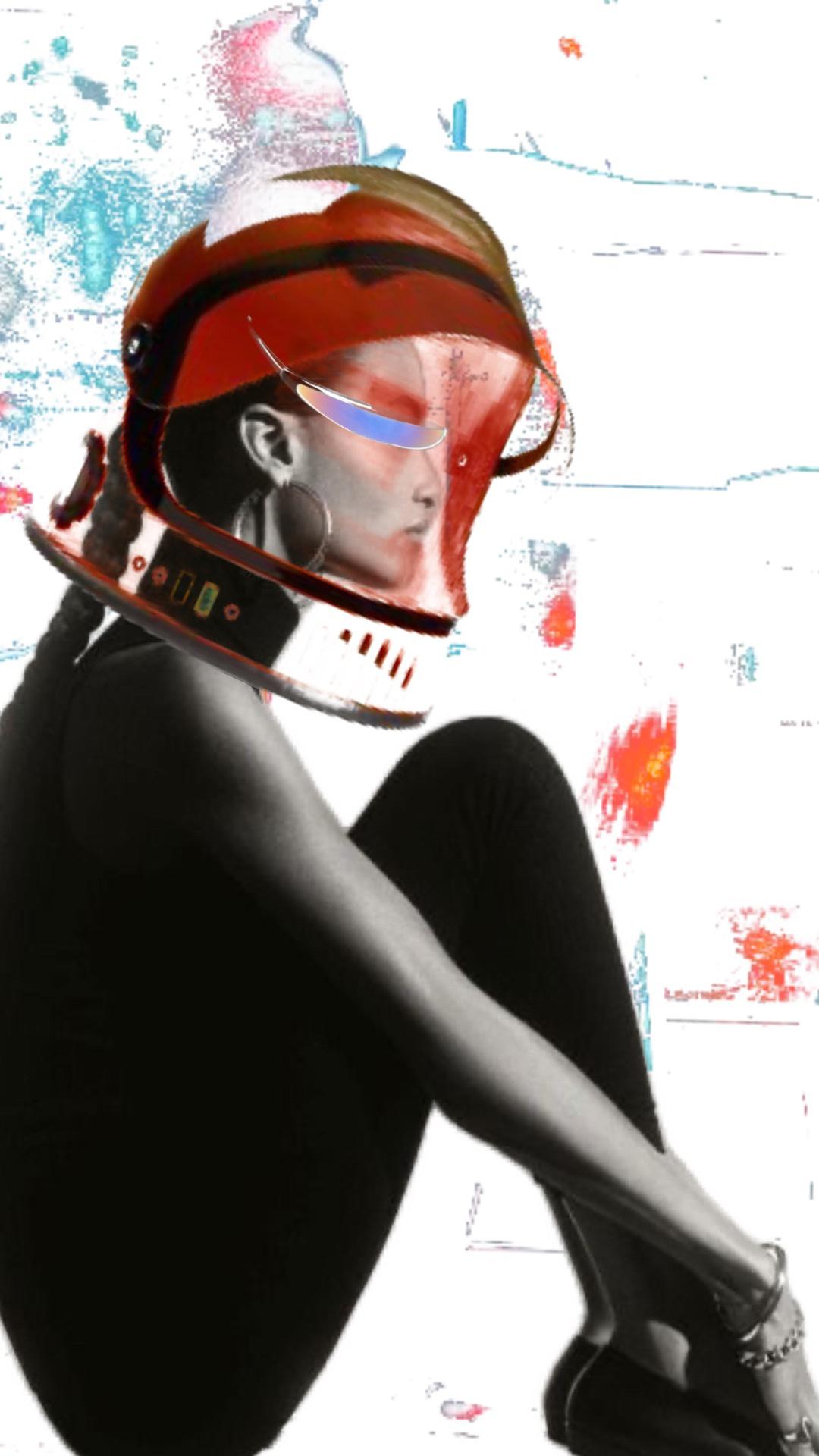
At this year’s BAFTAs in London, the red carpet was a galaxy of seeming sci-fi and avant-garde onion skin. Anya Taylor-Joy wore crushed peach velvet Schiaparelli Haute Couture. Jodie Turner-Smith was gorgeous in lilac feathered Gucci. But more interstellar than a gold glow Brenda was Sheila Atim in a custom Prada gown squilariffic with futurist florals, seemingly crushed from sheet metal. Or Cynthia Erivo in molten bronze Louis Vuitton, plunging neck, cocktail tiered with sheer glampowered see thru fabric and cascading rectangular paillettes going casually cosmic, finishing the gown with a space age pagoda shoulder. A fittingly sci fi Gabrielle Union’s prairie dress popped with warm scarlet hi-vis layers. These futurist interpretations marked a turning point at the BAFTAs this year, with the girl scout cosplay and prom suite gowns that inexplicably dominated red carpet dressings in 2023. When the pandemic rendered all of us insular, flurries of sartorial nostalgia felt retroactive, perhaps, rekindling fond memories of high school homecomings, school plays and the frisson of first dances, but now starring US president Biden and Grimes. But the wind, as it turns out, has changed in favour of a galaxy of non terrestrial appeal via embellishment. Rosie Huntington-Whiteley’s Alaïa cut out skirt cascaded in serpentine lines. Lily James in Tamara Ralph featured a pearl cobwebby cage at her décolleté. Gwendoline Christie’s Giles Deacon patent ruffles steampunkified her Victorian goth gaze couture. Prom could wait its turn. Gallons of yards of ruffle were spotted at the London Fashion Week autumn/winter 2023 runways but Christopher Kane’s spring/summer 2023 peplum trace appeared on the red carpet too. It is, however, Naomi Ackie’s peplum detail that was the most intergalactic thing about her prom dress.
These theatres showed short subject, news reels before they showed down to the feature film. One pre-show reel was a Pathetone Weekly of predictions from fashion designers for the year 2000, with the line: ‘Net fabrics being worn to catch the males ’ Taking charge of our own personal style now, the prediction wasn’t too far off. Even though netted fabrics and more sheer clothing was popular into the 1920s, as stockings and nightwear, the trend resurfaced in 2008, as sheer fabrics in fitted, layered, and accented clothing experts. Designers such as Iris Van Herpen have kept sheer fabrics current today. The ’50s and ’60s visions of Futurism, including that of wearables, is today often referred to as Retro Futurism. Often seen in vintage movies and comic books, The Jetsons was so successful that it inspired the genre of ‘ raygun gothic’ and ‘cyberpunk’ The writer William Gibson, credited as the inventor of Neuromancer, the first thriller in the Cyberpunk genre, described cyberpunk as “ a fusion of high-tech and marketoriented lifestyles, along with a debunking destruction of many of those lifestyles middle class illusions”.
Cyberpunk took off after there the Retro Futurism fad of the ’60s and ’70s. Antenna headgear to transport us to space-travelling was a fad yet to take off and although we haven’t taken to space as a leisure activity, those wild decades did introduce us to patent leather ankle boots as part of the future fashion.
Sizes are shrinking to 1, or growing infinitely larger, and so are the preferences of whose style is driving the conversation There is more nuance and sensitivity towards futuristic aesthetics, with climate change only adding fuel to the fire of those who are wary of the carbon footprint of fashion designing and manufacturing. Talks on recycling, ethical tailoring and resource conservation abound as we look towards a fashion-forward future. In a world overcome by technology, futurism is now encompassing what materials from textures to structure might shape what happens on the runway. In the decade that has just passed us, futurism was earmarked with a lot of dystopian undertones. In contrast to that, the years ahead, according to Emma Chiu, the Futures Director at the trend forecasting agency WGSN, ‘will be a moment of positivity and alternate realities. The diverse, ambitious and boundary pushing generation born between 1995-2010 (Gen Z) will reshape futurism to transcend time, space and matter’. With SpaceX’s innovations, the fascination with Burning Man festival, psychedelics becoming increasingly popular and pretty much everyone having a carrier of sitting on their bum all day, the falling wait time for motorised scooters and of course, the NASA app launch it seems that the futurism of the 2020s has taken a turn towards both outer and inner universes

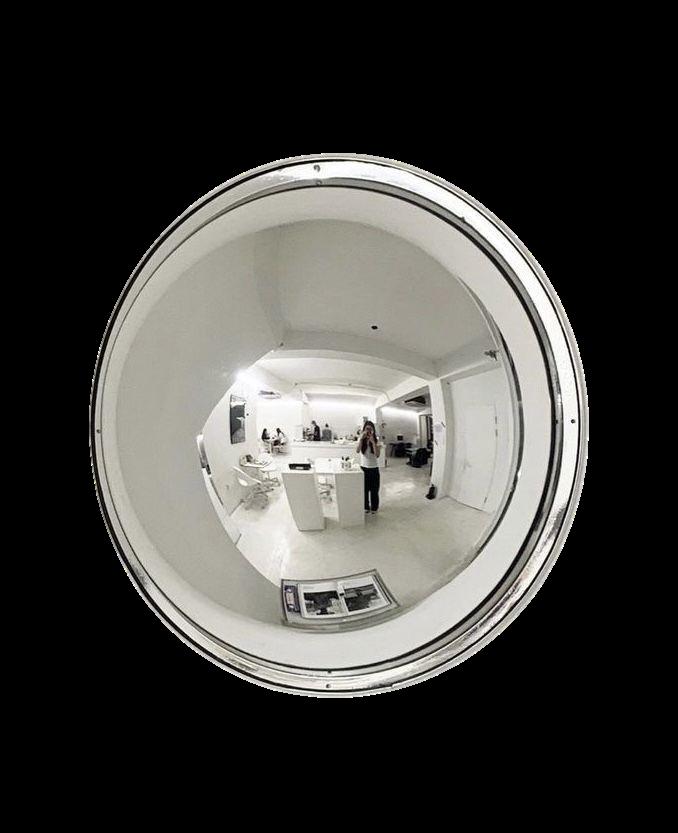
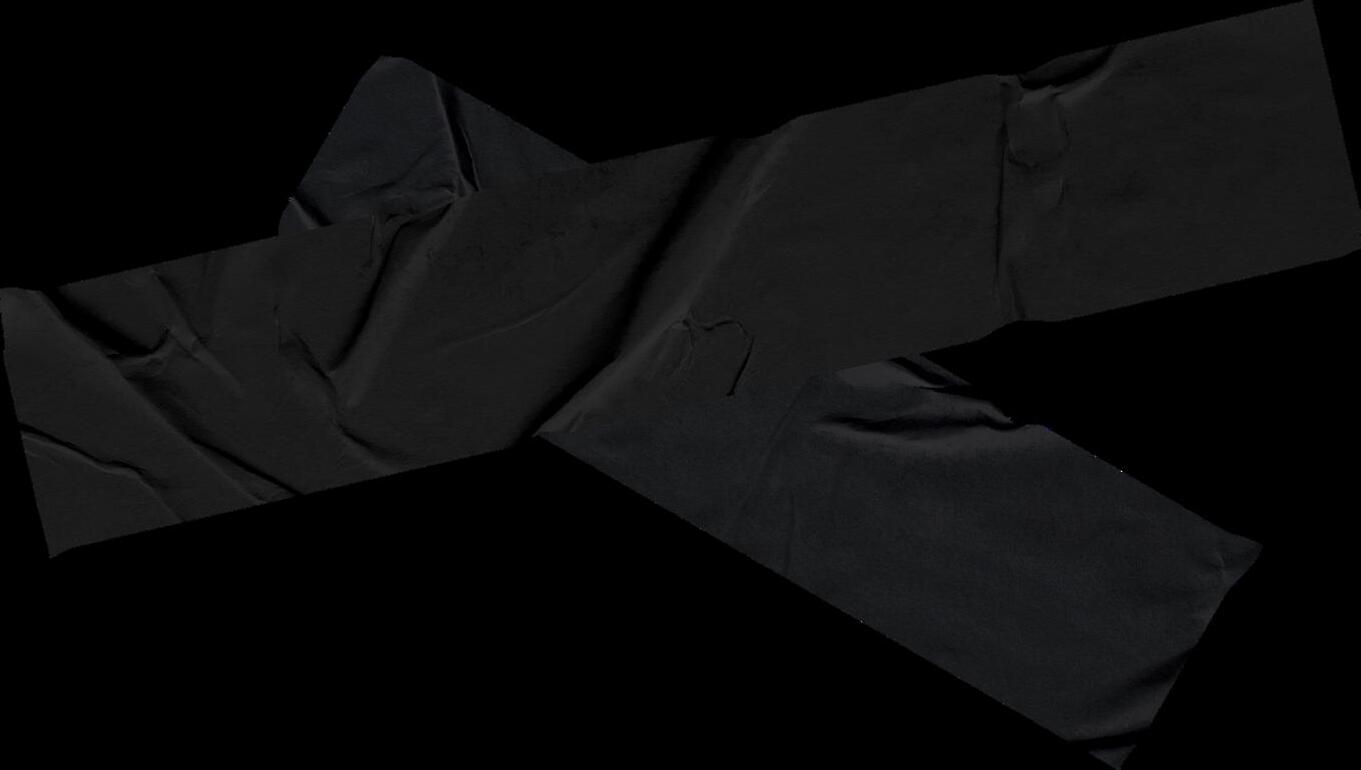


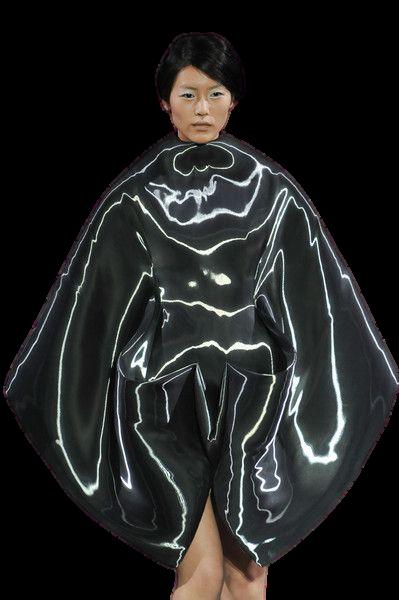
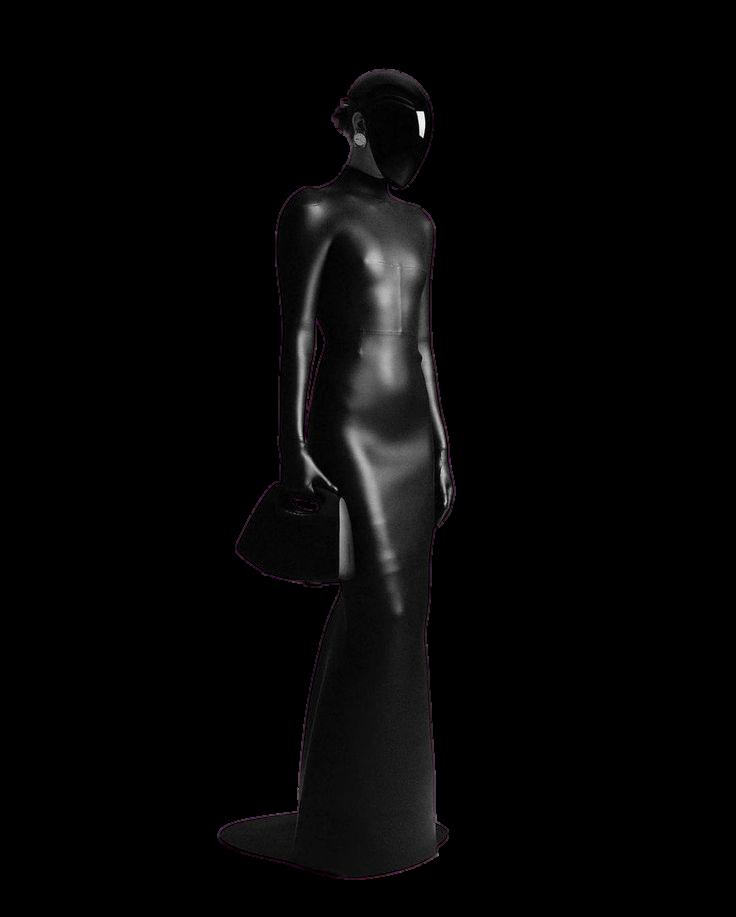




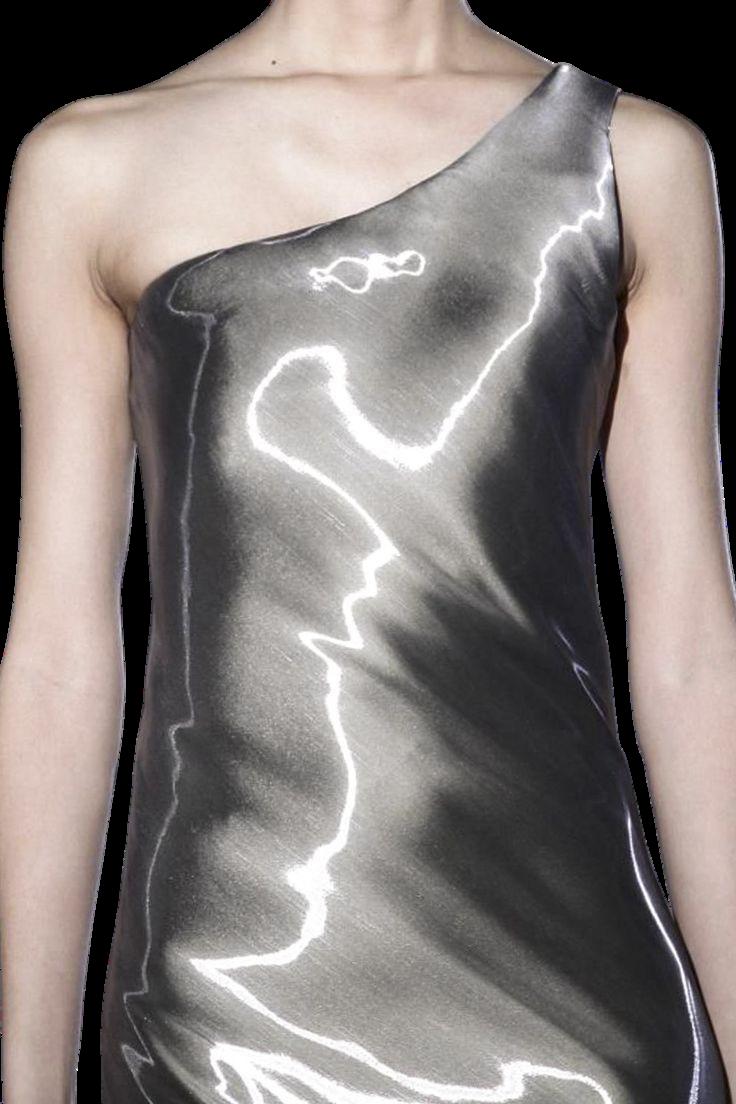
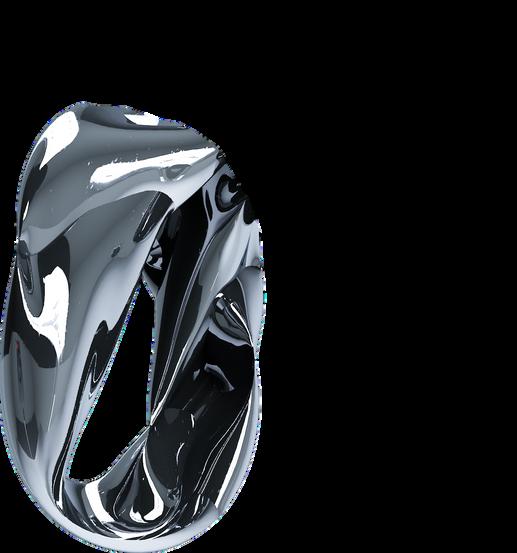
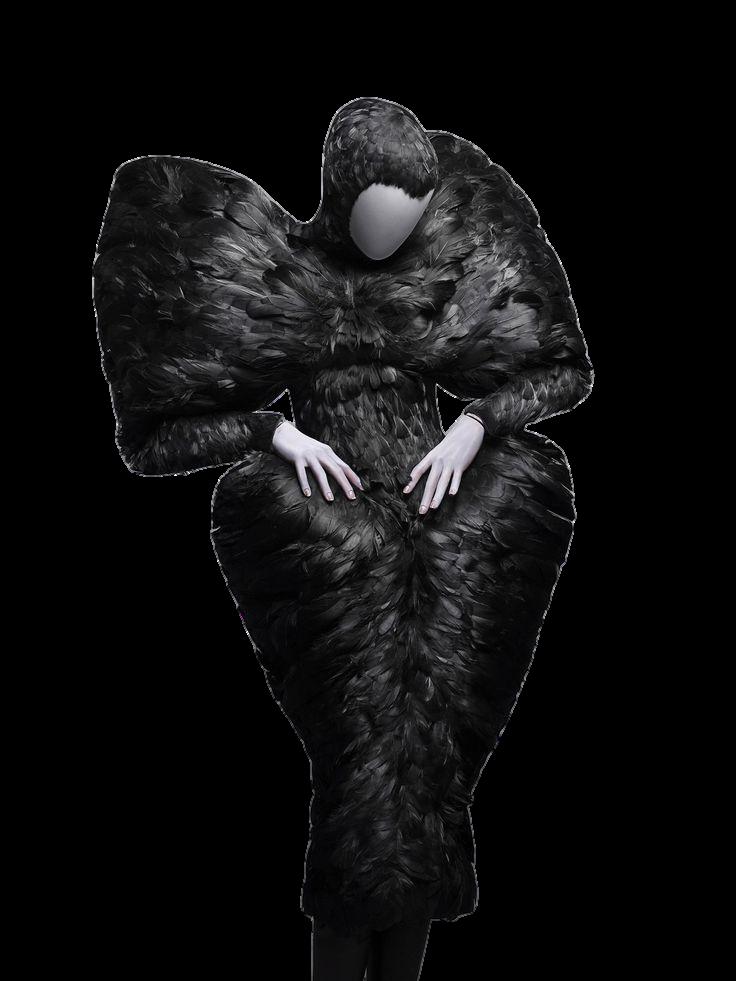
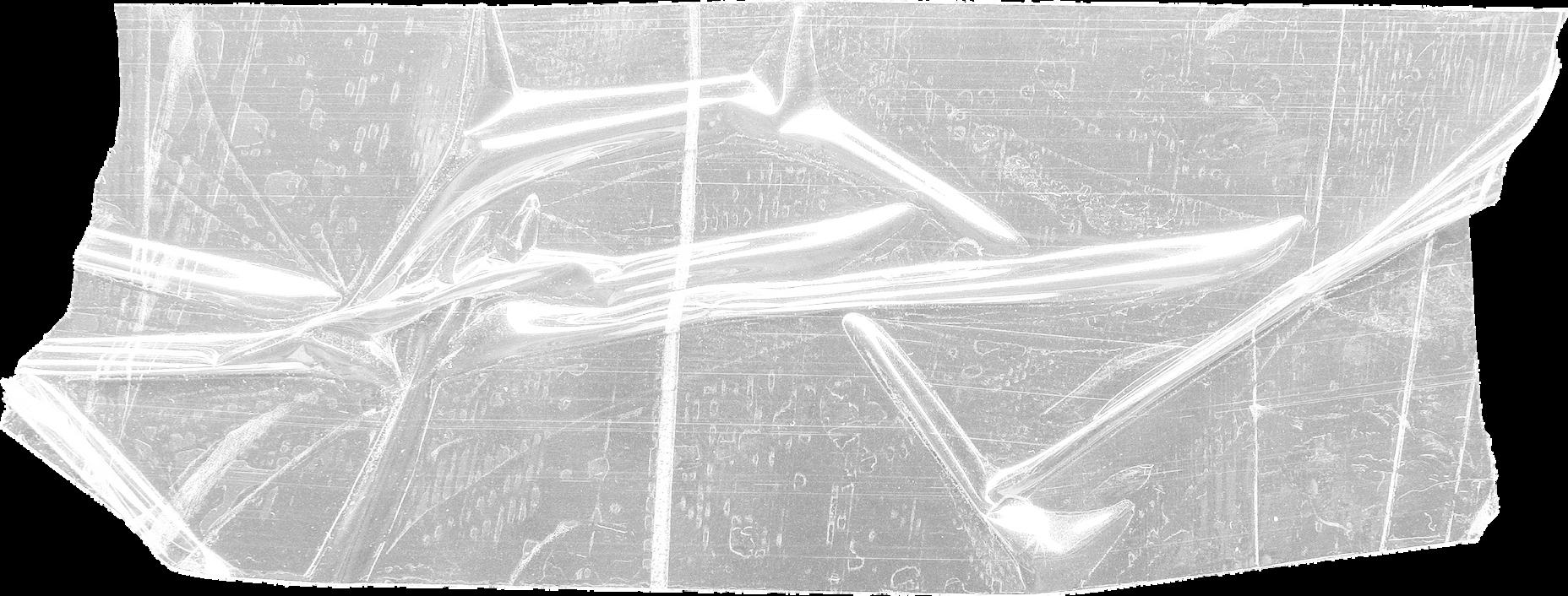
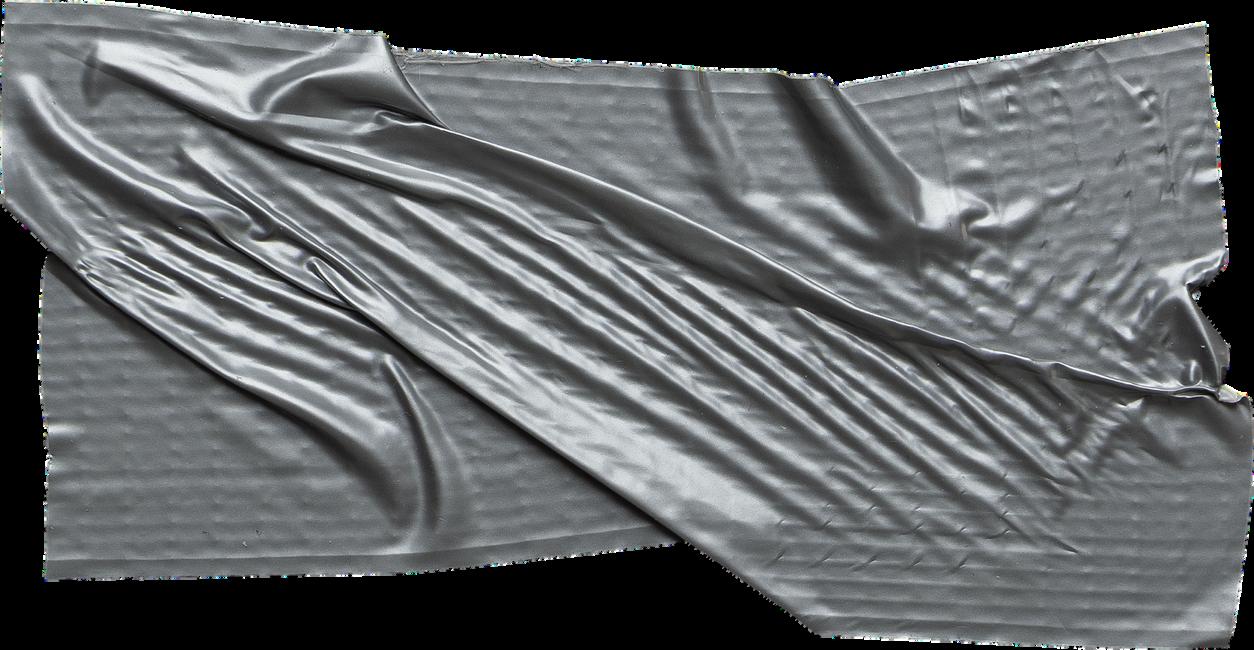

First, what exactly was the Zara campaign controversy? The 7 December issue of the fashion magazine Numéro features a photo shoot styled by Ludivine Poiblanc, photographed by Tim Walker, and art directed by Fabien Baron’s Baron and Baron agency. There, the model Kristen McMenamy is posed in front of a severely deconstructed workspace of sorts, full of empty boxes and shattered walls, with dust, drywall, broken stones and rubble scattered around, as well as statues, some missing their arms and others wrapped in white cloth In a couple of images, McMenamy holds by the elbow a stiff mannequin held up at hip level, wrapped in a white shroud. And around the images, other models are covered in dust. Not long after the campaign was released, people began to point out the similarities between these images and the photos seen in recent weeks from Gaza after Hamas attacked southern Israel on 7 October, followed by massive Israeli air and ground invasion to Hamas controlled Gaza, both lasting into the second month of the assault. Local citizen journalists such as Motaz Azaiza and Wael Al-Dahdouh took photos of a mother hugging what they presumed to be a dead child, held up the same way and swaddled in the same white cloth body bag. That particular image went viral, it was featured on the home page of The Los Angeles Times and on Yahoo! News internationally. The company hired a star team to create the visuals for the fourth quarter Zara Atelier lookbook, released 7 December. Modelling in white powder makeups in a variety of posed static images and cut ins, McMenamy is holding Fashion Magazine Bodies as Exhibits. She stands in what appears to be half a body cast.
It’s art directed by Fabien Baron’s Baron and Baron agency and photographed by Tim Walker, styled by Ludivine Poiblanc. Hoppen said that a media request would be relayed to Walker’s office but that Walker’s team had not gotten back. Neither McMenamy’s publicist nor her studio acknowledged my voicemail request. Poiblanc and Baron did not get back to a media request Neither did the campaign’s set designer, Shona Heath IMG publicist did not acknowledge a request for McMenamy What a lot of people missed the mark on, was Tim Walkers style of photography and his vision he brings to his shoots. I fully believe there was no political motive behind this work and i think the reason it got so blown out of proportion was because people are hurting and looking for someone or something to blame. we are living in a very sensitive society right now.



We’re at a peak of innovation in digital fashion right now as artists and creators begin to take the tech seriously, and brands explore what this near future of wearables might look like But it has to be said: digital fashion is effectively a new idea, and the argument that it hasn’t already existed simply doesn’t hold any water Yes, there are holographic dresses. But actually wearing them hasn’t been possible. This is where we are now. It’s the beginning of the adoption of a new medium, and it’s extremely exciting to have some pioneers in the field like ROMEO, ROMEO, who are pushing what art via digital fashion can be right now. Digital wearables have incredible potential as immersive experiences ROMEO, ROMEO is an avant-garde fashion art house at the forefront of developing futuristic digital clothing, designs, and immersive art experiences. Founded by the artist ROMEO SOZO, the ROMEO, ROMEO brand’s aesthetic explores the convergence of Y2K and solar punk aesthetics, with a unique digital chrome, metal, and glass style that takes the medium into surprising new territory.

Samuel Jordan of Florida, now 22, started crafting accessories for Roblox three years ago, drawn to the work by his longtime fondness for designing games and characters when he was a teenager. Eventually, as the requests for his elaborately textured virtual earrings, headdresses, hats and clothing started coming in from players, the hobby grew into Jordan’s virtual fashion mogul business. In 2022, he is one of Roblox’s most prolific vendors, having sold 24 million items, $1 million in 2021, and collaborated with brands such as Stella McCartney and Forever 21 to workshop their entrance into Web3. Mishi McDuff, a digital fashion designer in the US, has another origin story. She created a digital fashion house called Blueberry eight years ago after scoring interest in the clothing she wore while creating her alter ego in the virtual metaverse Second Life. From there, she expanded into pieces for several platforms, including Roblox.

As more people learn about Web3, the top barrier to entry for digital fashion designers today is education, according to founders in the industry. Jordan shares that running a six figure business was still hard at first ‘Digital fashion is seen as a silly thing.’ To overcome that perception, Jordan worked to make people take him more seriously, leveraging a digital forum Linkedin and Twitter. ‘The best way to do that was to share my work as much as possible, put my voice out there, and constantly say that Roblox is important for brand culture,’ wrote Jordan in a Telegram message. His bets are paying off. Jordan now maintains relationships with luxury and streetwear brands. As it becomes more profitable for departments like marketing, PR and merchandise to have a Roblox strategy, managers who previously doubted the sector are becoming advocates for the creator economy. ‘That’s where we start to get these types of partnerships in place,’ says Roblox’s Christina Wootton, VP of global brand partnerships. ‘They look for that community of really long-term digital fashion creators the OGs that have been bringing this to life before a lot of brands did.’ She adds ‘Roblox is the place where the next batch of fashion designers will be coming through.’ In 2021, the creator community at Roblox earned its highest annual sum at $539 million in Q1 2022, that number grew by 24 per cent to $147.1 million. ‘Communicating the right way to people who have been using the same formats for 50 or 60 years, and educating other people effectively is probably harder,’ Jordan summarises. Jordan made $1 million last year, an impressive salary by any standard, but Roblox’s cut on in game sales leaves digital fashion entrepreneurs working hard to generate revenue.

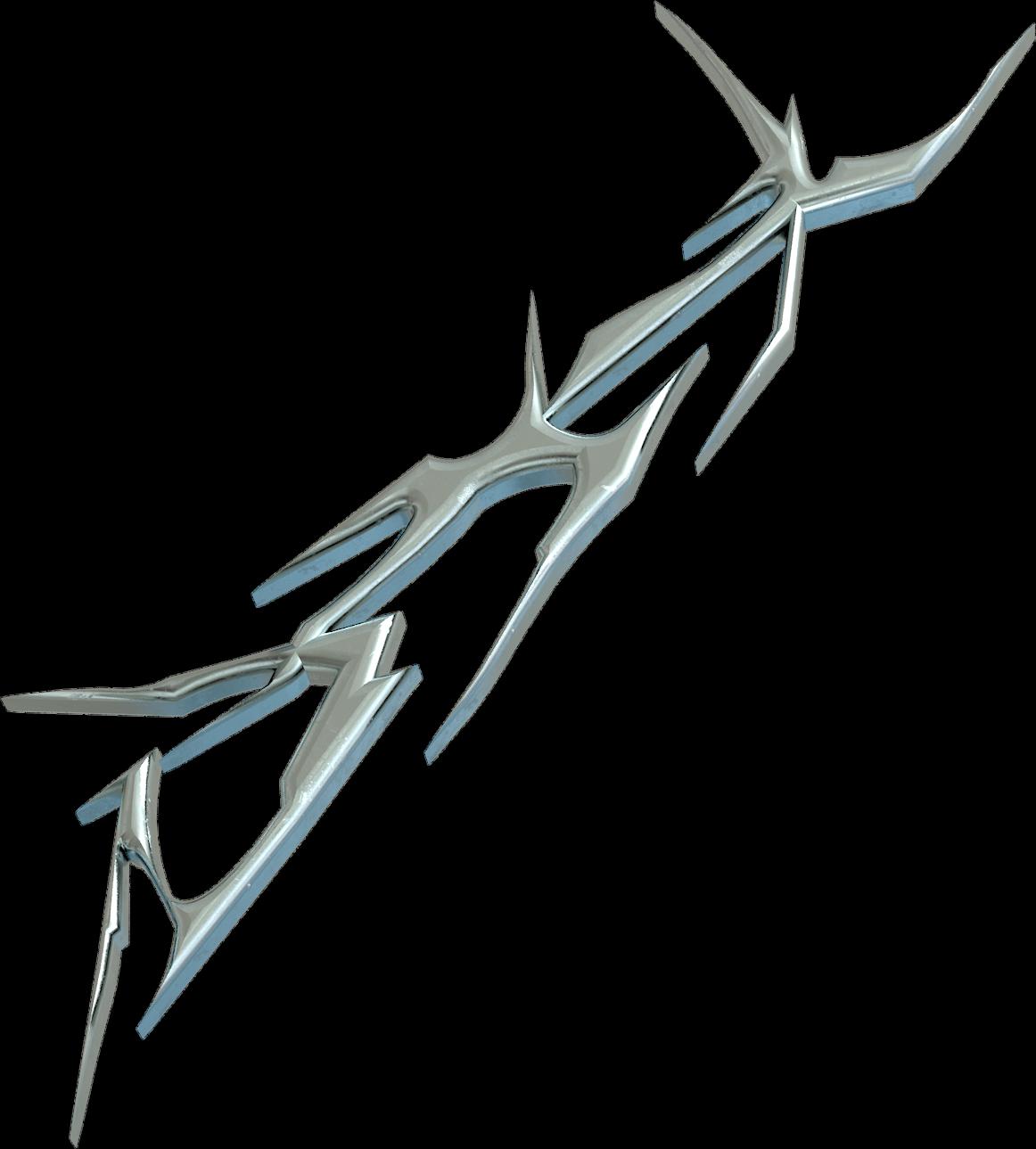


The fact that digital fashion can mean so many things to so many people are some of the reasons why it can be hard to keep up with the growing application areas of the technology . While there is often an implicit time horizon in the way the term digital fashion is used today, I want to point out some of the use cases already available. Innovative use cases have existed in the luxury sector as major fashion brands have introduced elements of digital fashion in their design workflows for years. The ability to virtually try on clothes using AR or VR has garnered its own ecosystem for technology companies and startups. Digital fashion also has an important growing use case in games and digital products. By 2032, digital fashion will continue to grow and become more of a presence both in our lives and digital realm .





A recent graduate of RMIT University in Melbourne, Felicita Gãga has pulled doomscrolling into the realm of digital fabrication. Her award-winning project Threads of Influence is ‘ a digital dress comprising social media noise, both uncomfortable to embrace yet too captivating to entirely let go’. It consists of a blazing stream of images and videos meant to symbolise the sheer volume of digital content she comes into contact with on a daily basis. Gãga wanted to crystallise these influences into wearable artwork, born of the fact that she always felt ‘polluted by the digital sphere due to constant exposure to related media such as social-media platforms.’ Taking advantage of green-screen technology, Gãga composed a film in which a young woman appears to be wearing this digital dress, constantly mutating from one image or video to another. The dress is initially patterned with all sorts of traditional Latvian folk clothing, before movement, slowly but surel media content that Gãga hers folkwear acted as the base fro

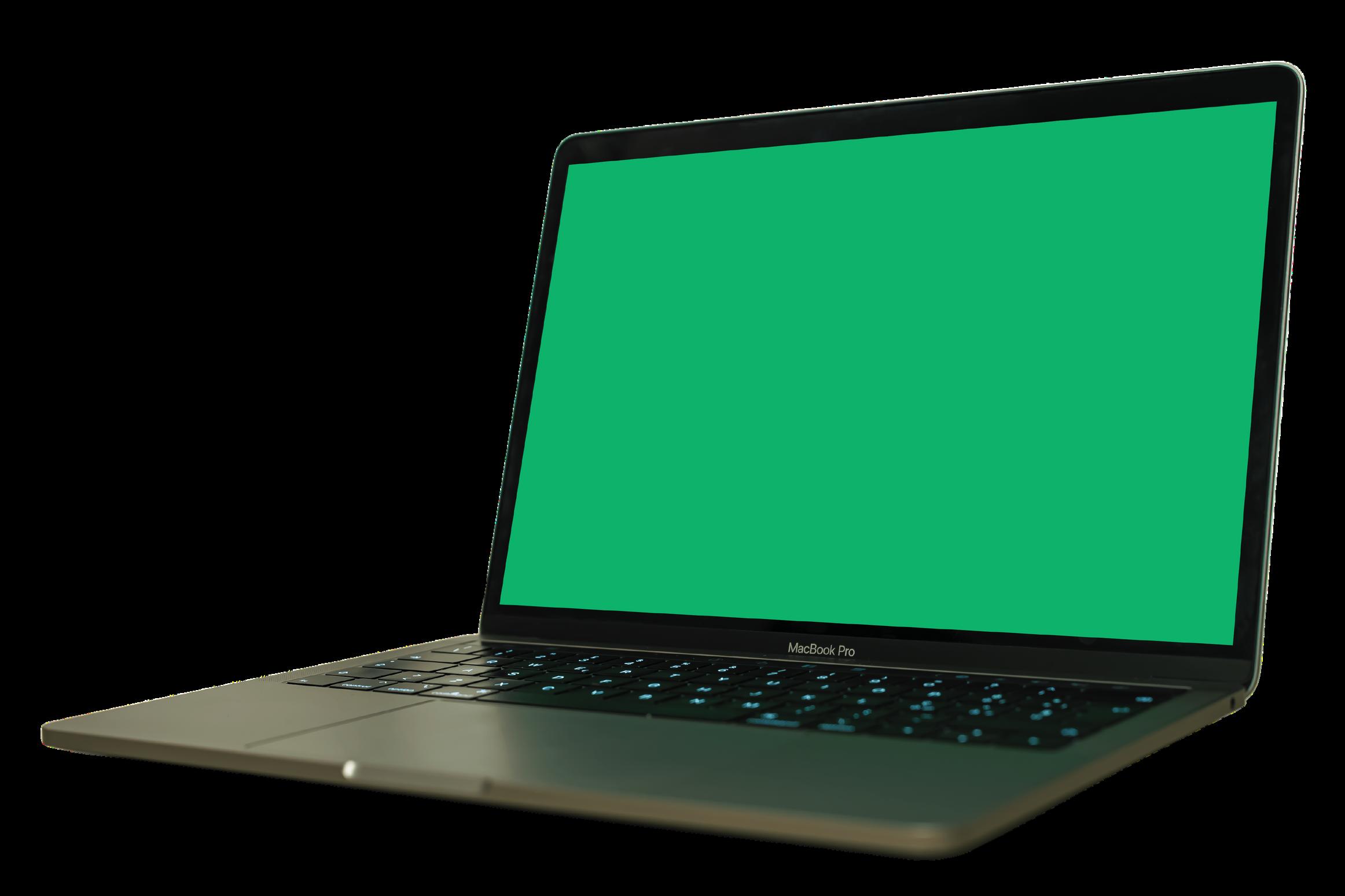


A croqui created by me, to reflect on all of my collected research.

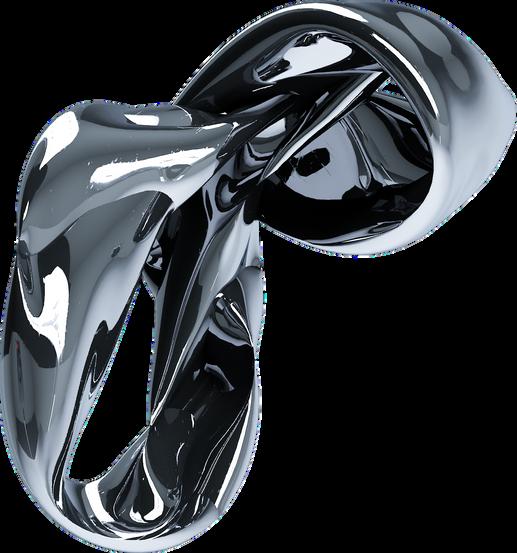


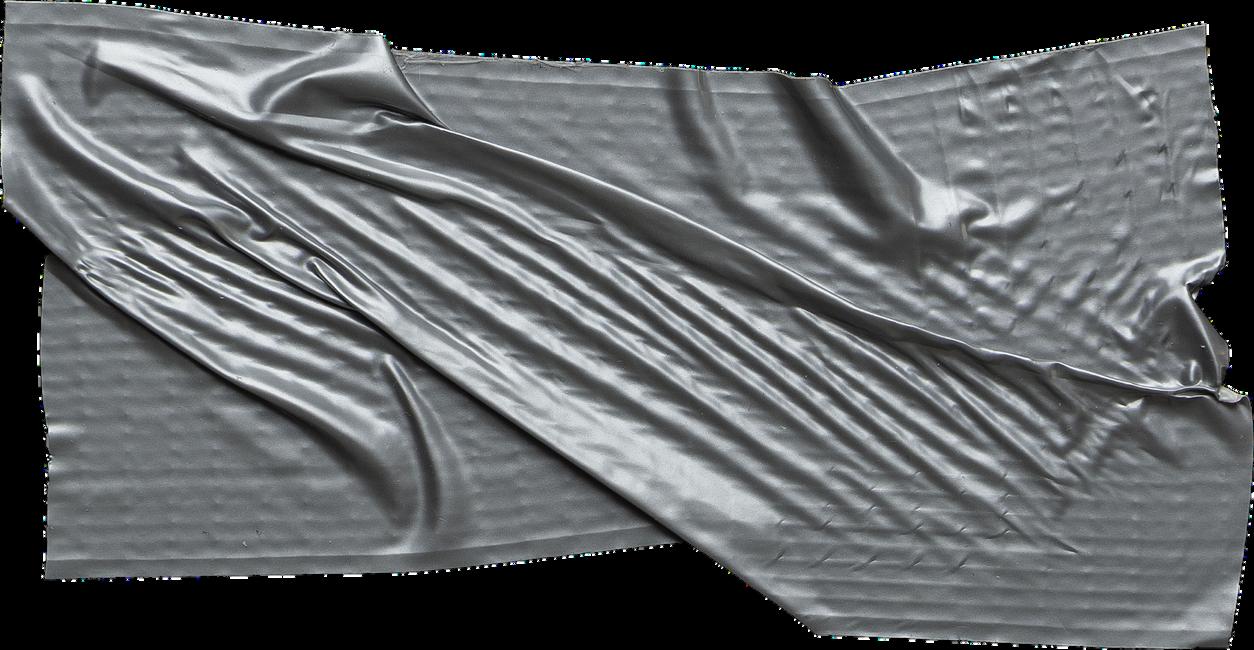

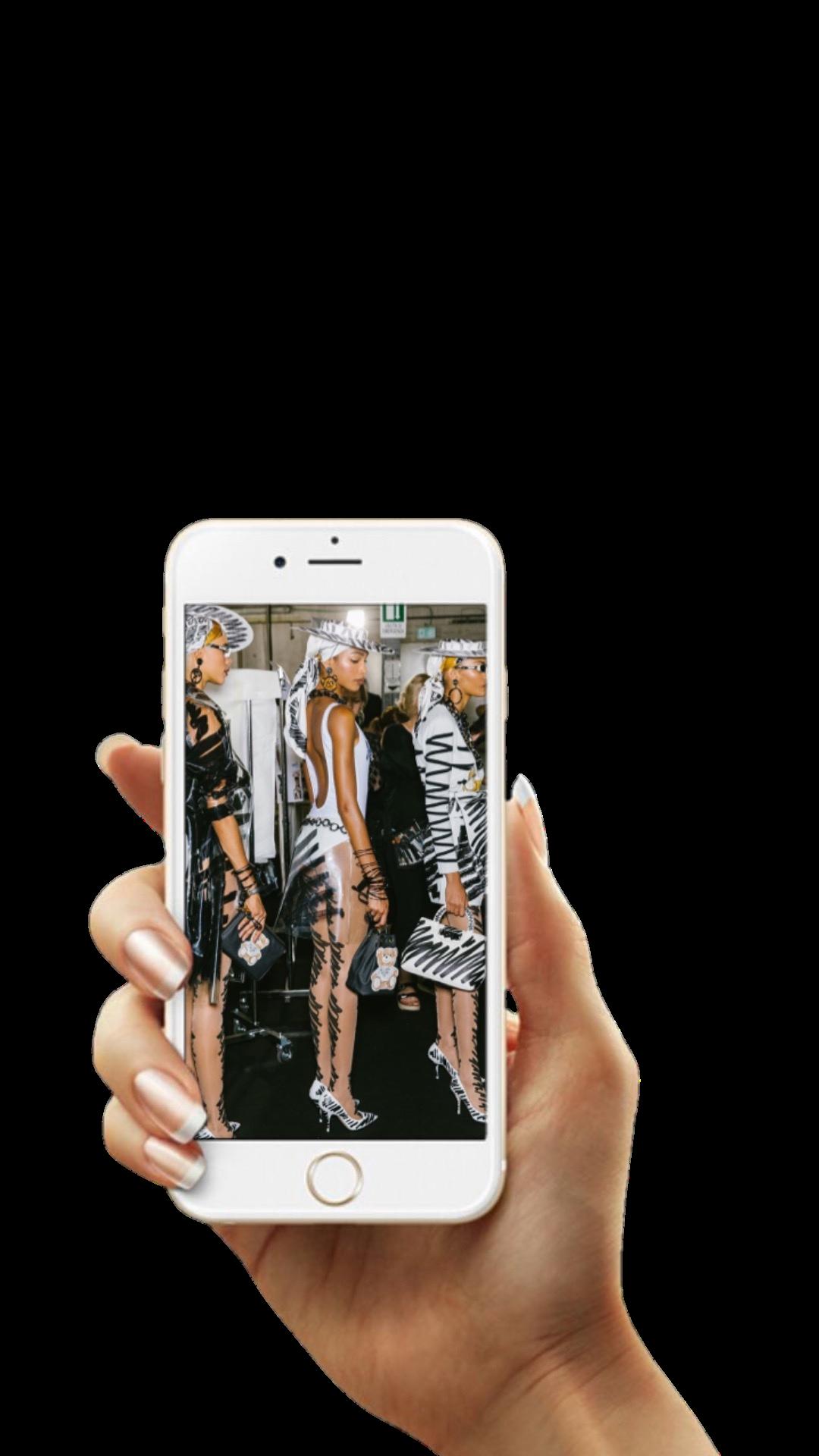

Interactive NFT of luxury garments. interactive high-end magazine, able to buy the garments or NFT version!
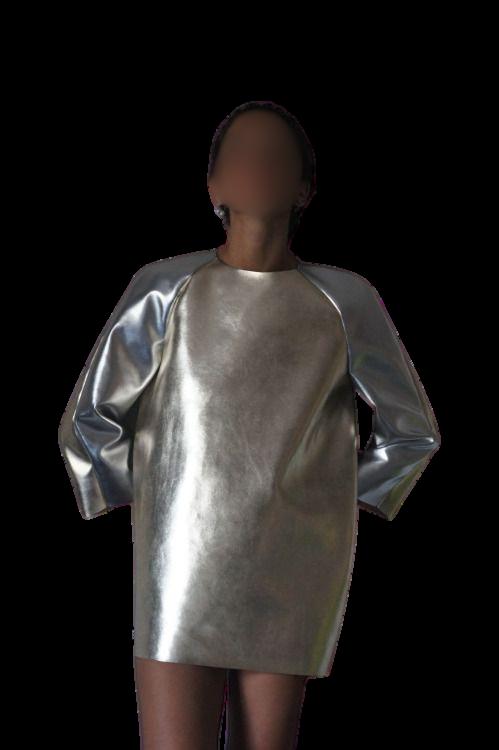






A mock up of how my up coming idea would be developed.
100



A mock up of how my up coming idea would be developed.


Taking inspiration from Rick Owens and Tim Walker to create a dystopian paradise for this new wave of high fashion to enter. Creating a digital space where more people can feel invited to escape from the real world. To help meet increasing consumer needs by supplying them with a different angle to Luxury fashion and how they can consume it.
Opening up the exclusivity of Luxury to more customers and engaging Gen Z with an innovative way for fashion to grow in the digital space. Socially impacting the way we consume Fashion and even attend Catwalks. Almost creating a portal into Haute Couture, giving people who only can wish of living that lifestyle a glimpse into it. Accessed by QR codes, consumers can immerse themselves into the world that Velocity Mag is, and can share themselves in different fantasy worlds created, inspired by Tim Walker. The Metazine will be more of an experience and an original way to consume fashion news and media.

To market this campaign i would like to have digital billboards around the most fashion dense places to create a buzz. Also inside designer department stores to attract more consumers to the zine. Using those big brands to draw custom in and engaging with their audience to strengthen the longevity of the digital platform for the brands. 102
A croqui created by me, to reflect on all of my collected research.

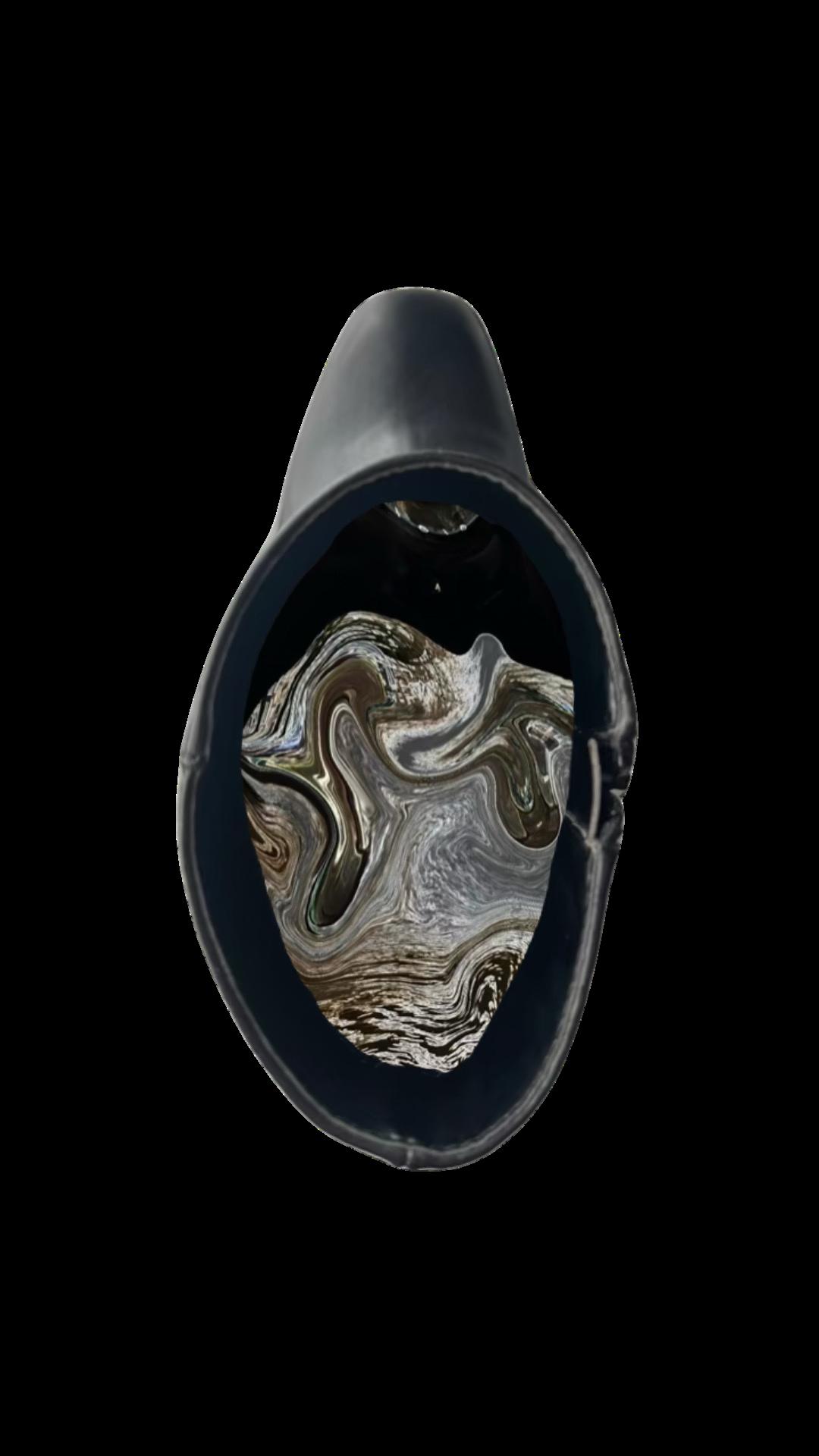

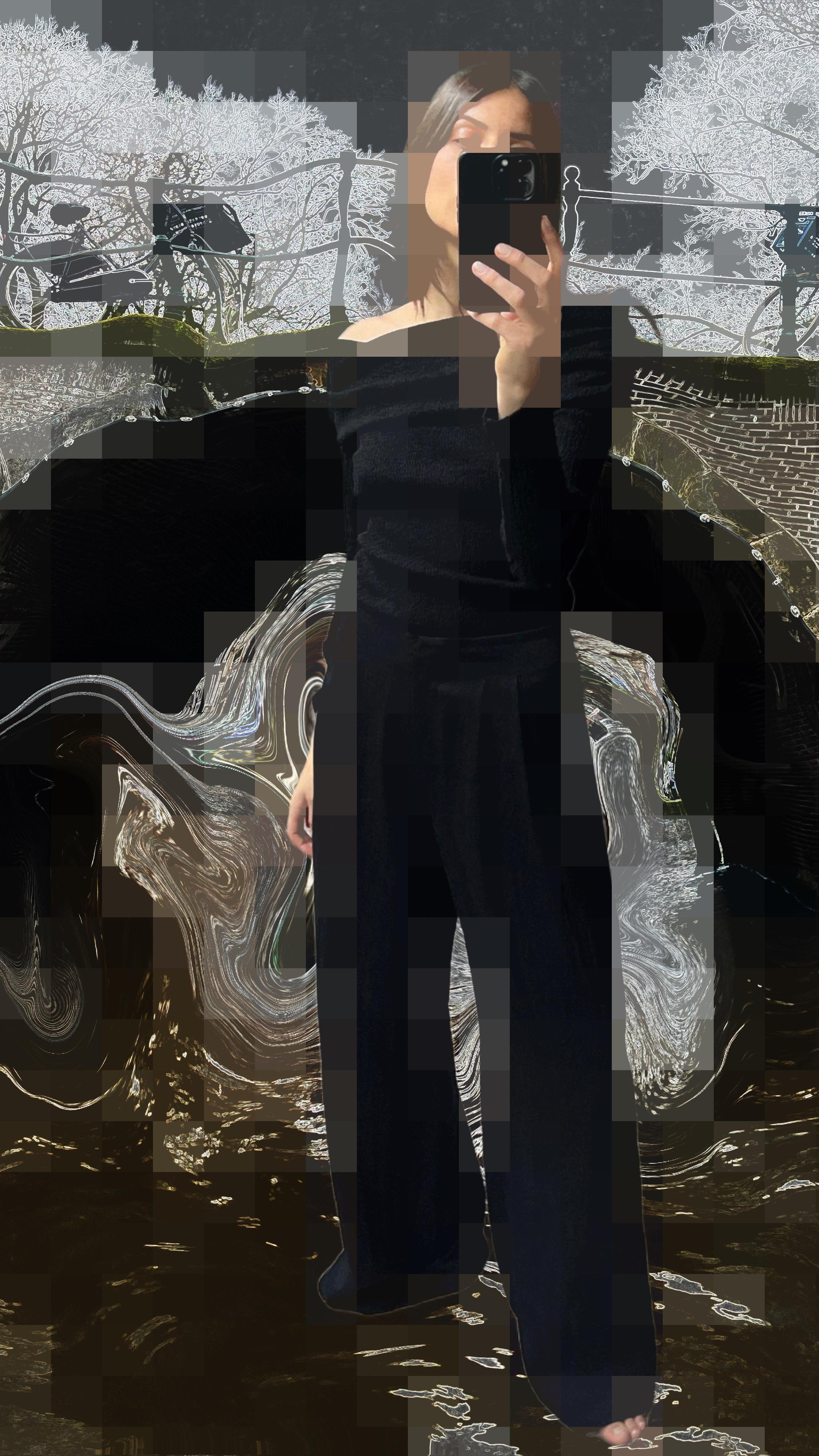
A croqui created by me, to reflect on all of my collected research.
I think Gen z is the best generation at adapting to their surroundings, having to navigate their entry into adulthood in the midst of a pandemic, they are the most versatile generation i believe. 2020 saw an already-crowded digital marketplace grow even larger with a surge in online activity due to Covid-19. As businesses around the world moved the majority of their activities online, the divide between physical and digital began to break down faster than ever for all of us. By building digital experiences that allow them to tap into larger, more engaged audiences, these businesses can survive in the new digital pattern and thrive.
The most Internetdependent generation.

From all of my research through component 1 and 2, I have been drawn to the idea of longevity of a brand. And the digital scene in fashion seems the best way for me to step forward, so to move forward with my campaign I wanted to look at CGI and AI in fashion and product marketing and how I can apply them to my work.
Computer-generated imagery (CGI) is the process or application of designing images or special effects using a computer or computer program. In advertising, it’s an indispensable technology that allows creators to conceive an impressive, realistic or fantastical scene that’s impossible or difficult to capture on film. CGI means no boundaries to creativity: CGI in advertising means creating the best looks that make the biggest impact; it allows brands to bring any idea to life, however crazy or exciting it might be. For example, let’s imagine that a brand wants to present a product in a never before seen way and create a magical universe CGI gives you the freedom to imaginatively upgrade your advertisement and our perception in many ways, allowing any brand to reach more people than ever before and in ways they’ve never seen.
Adverts that are created using CGI are not only visually appealing, but also able to deliver impact and keep consumers interested for the length of the commercial It certainly helps if you demonstrate your product or message in a stylish and visually appealing way that will attract an audience interest and make a lasting impression. It certainly increases the chances of the consumer remembering that brand

Using CGI in your marketing gives you the ability to save costs. When it comes to advertising, you need to bring your ideas to life, and such endeavours carry quite a price. Paying for a photoshoot or the creation of a physical set will tailor your ideas visually, but it can be nearly impossible to get into all the spaces you need in order to present your product. CGI cuts out many of the costly factors that these tasks would usually incur Using visuals created digitally means that you don’t have to spend all those additional costs on physical production; it lets you save as much money as cheaply as possible, which you can then reroute back to other aspects of your marketing plan that you might be spending less on, to ultimately have a better quality advert with engaging content.
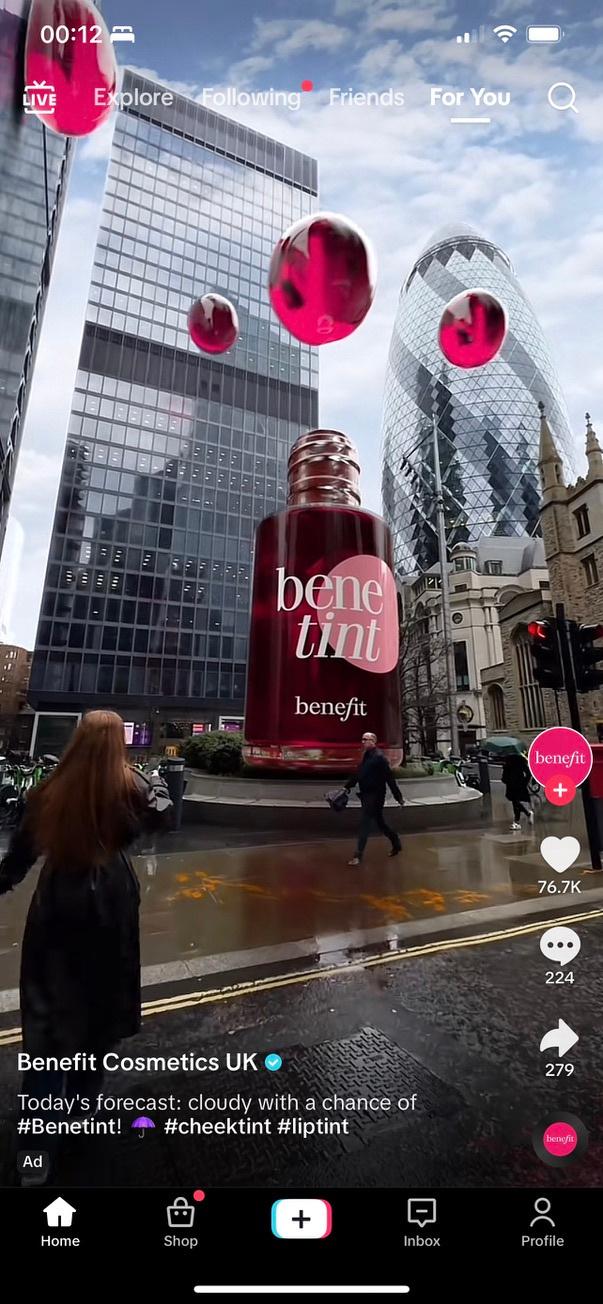
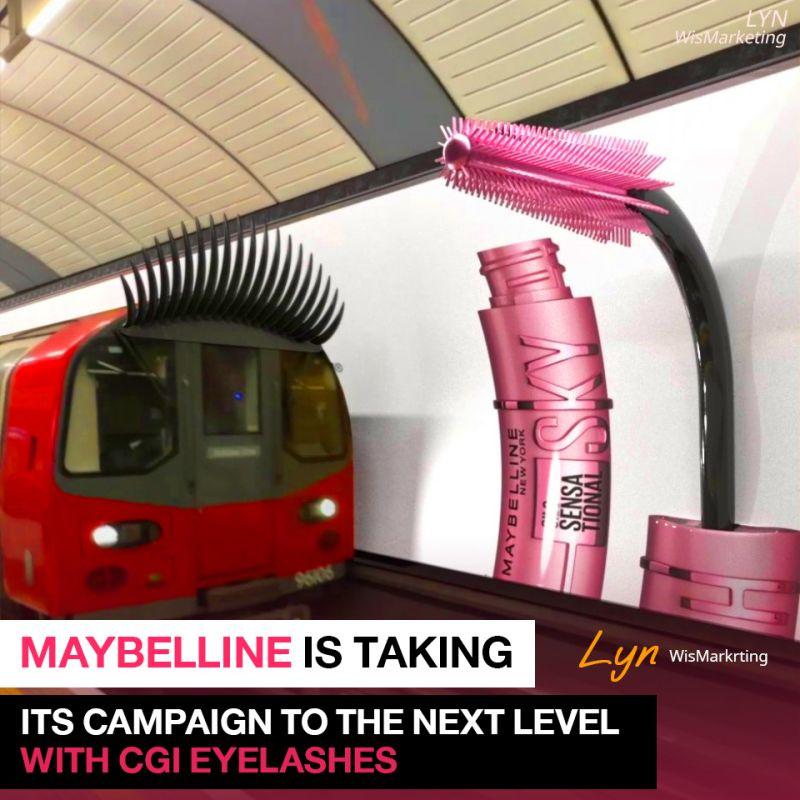
cruising New York City Welcome to the new world of fake out of home, hyper realistic, augmented reality, CGI-based digital ads that can mimic that real world, OOH activations all the more deftly each time Marketers are increasingly spinning faux OOH to create buzz around their brands and to stand out in an oversaturated online market. ‘It was a way to really disrupt the environment and of getting people to talk about it and wonder, “Is this real or not?” That’s the answer right there,’ Fernando Febres, vp of marketing for Maybelline U.S.’s eye category told Ad week when the jumbo lash adorned commuter transport rolled out in London and the mascara tube shaped train embarked on its whirl in the Big Apple. Maybelline, owned by L’Oreal, experimented with faux OOH when it launched its new mascara product in March, collaborating with Ian Padgham, animator and founder of the video production company Origiful, the person behind the mega lashes that took over the side of a commuter train in London in March, and the life-sized Maybelline mascara tube that is driving people around New York City today The company didn’t disclose how much it paid Padgham Padgham was also behind the bathing suits and bedroom scenes, among other faux campaigns, that were projected on to units of Jacquemus bags whizzing down roads in Europe in April as Digiday’s Glossy flagged.
A croqui created by me, to represent part of my research.
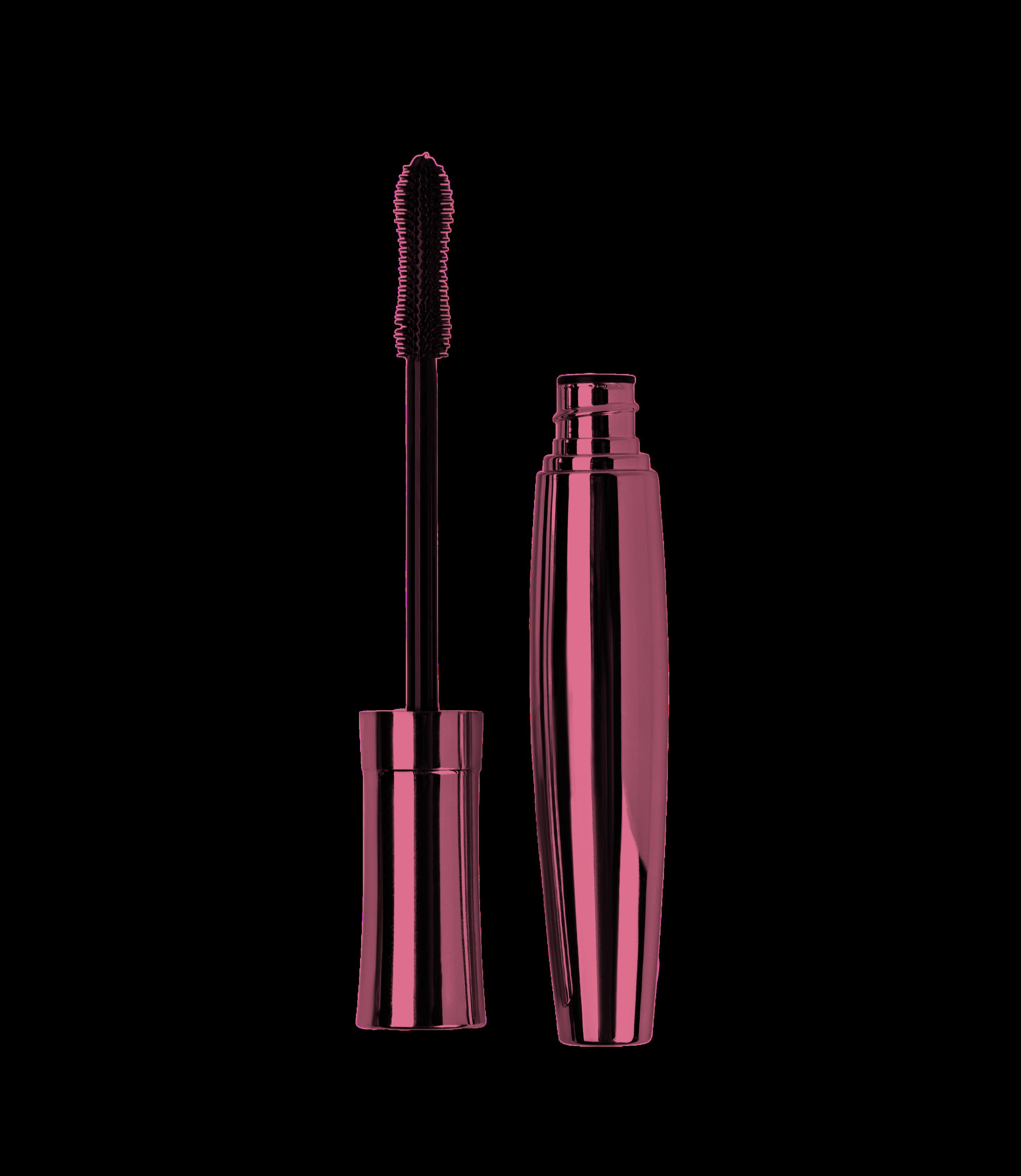

Ian Padgham is an artist and filmmaker based out of San Francisco. In 2013 he became passionately obsessed with Vine and set up a small business exploring social video for brands He has several hundred thousand followers on the app, multiple Editor's Pick credits, and his Vines have been featured in publications like Fast Company, CNN, Forbes, and many more. In a short time he has brought his creativity to dozens of companies around the world while still producing original, charming, and creative content on his own account. He was interviewed and discussed the creative process behind the campaign. “The technical process is in three steps. First, you have to film in a certain way that is going to allow you to track the footage as a 3D space and insert the elements. Then you have to make any 3D elements (like the bags) and integrate them into the footage while matching the lighting, shadows, reflections and physical space as closely as possible Finally, you need to spend hours retouching each detail, meticulously cutting out problems that would alert the viewer to the fact that something is wrong. The reason these videos do so well is because probably half of the people who see them either think it's real or can't tell and that's what drives engagement.”
Jacquemus’ digital marketing strategy is rooted in CGI images or video content in nearly all of their social media ads. The excessive and flowery approach isn’t just an ode to the fashion and marketing cult. It is also an excellent way to boost Jacquemus’ visibility within social platforms At the same time, Jacquemus’ marketing brings a touch of freshness to fashion The brand manages to add a sort of futuresophisticated style when it comes to their fashion marketing. In the picture above, Jacquemus is using famous Parisian landmarks to showcase their latest collection of corsetsOur Instagram channel is entirely organic. We have an audience of more than 6 million people following our profile.
The results for designer bags speak for themselves, generating 2 million likes. We think that social is about building an image but, because these are designer pieces, we were very methodical when it came to the paid social element These things take time, especially when it comes to upper mid-tiers, so we focused solely on Google Search and Instagram during the first season in 2016. While this digital strategy is effective – it’s extremely expensive. When you put a camera in a crazy location or assemble a whole crew for a boat, it costs a lot. But behind our social media presence is a team of amazing people. Even now, we have two in-house graphic designers who have been working on graphics since the very beginning. And we have a real brainstorming session behind every project. We have people who look at things from a retailer point of view, and people on the ground who capture photos.We have people working on editorial shoots and leading our videography campaigns that end up on TikTok This strong team structure is probably main reason behind the success of Jacquemus’ aesthetic campaigns to reach their target audience. Their horses running on the beach in Corfu or their massive book scene in full-garden bloom sitting in a manor home feels like a fairytale seen through the lens of Instagram. Each epic Jacquemus campaign quickly turns into a hub of interaction, being seen not only by people interested in fashion but by a larger audience and a broader target than we could have imagined.
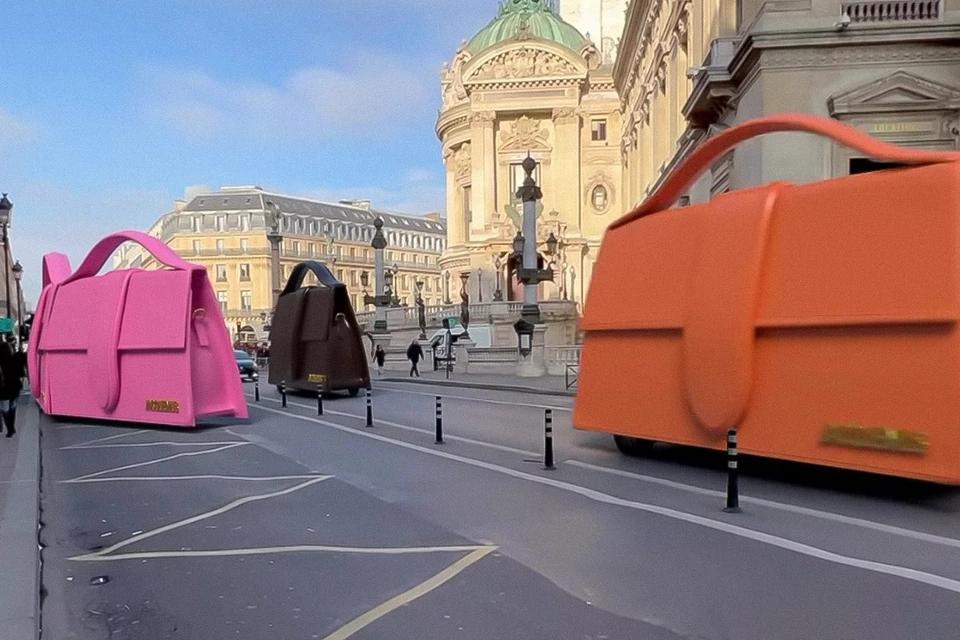
A
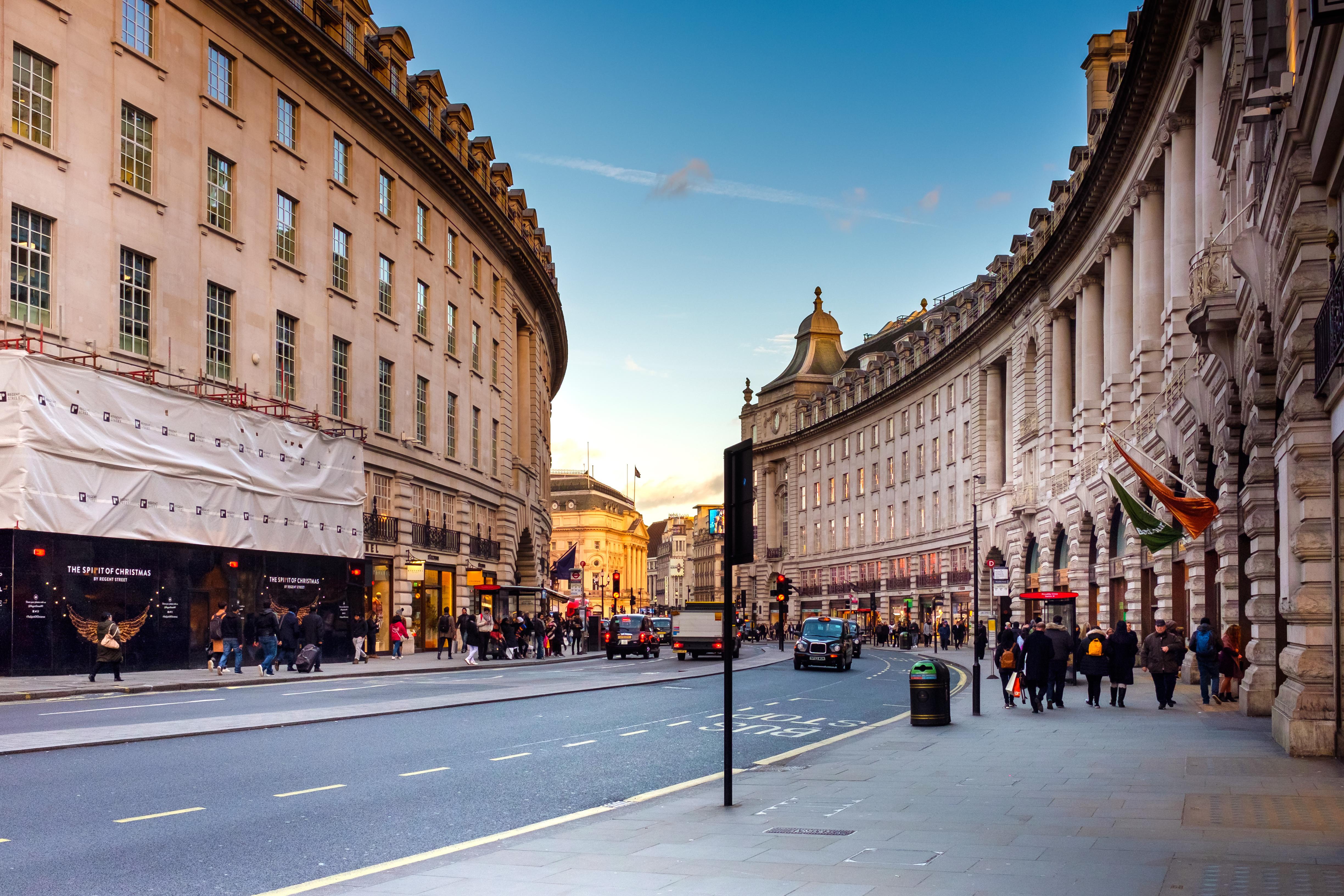
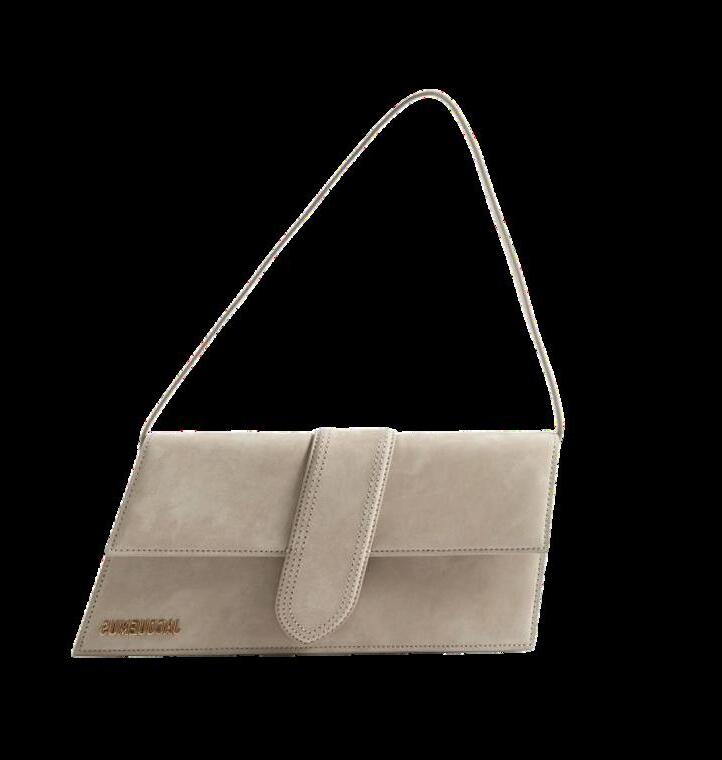
Part of the surprise comes from the clash between familiarity and the novel. We’re used to seeing the settings the brands use, so when the brand is there in a drastically different way, it stands out and we stop scrolling. These types of videos get shared a lot, as well. They’re very in line with what people like to share on social they look real and they show everyday life, all of which means the videos get shared with the people they were created for friends, family and across their own feeds. One worry that’s been raised, though, is around the integrity of the creative approach. Sometimes, people don’t realise the fakes are precisely that and sometimes, people don’t like the lengths brands are going to for their own virality. Either is their inherent right, and there might never be a real answer that perfectly resolves this Hyper Realism The barrier between CGI and reality is blurring, and it’s becoming harder to tell the difference Personalisation, AI and machine learning ar viewer Emphasis on Storytelling, some bran tell stories to a niche range of consumers. So significant social and environmental issues. like? I actually think it’s quite bright. We’r advancements are contributing to higher, fas time, we’re currently experiencing increasing more and more of these type of campaigns in




Technology Digital artist Tom Wandrag and through their groundbreaking work, from the tar in Burberry’s first CGI campaign to a world simulated, and where every gendered fashion as inorganic. They cast the future of this new nd pastoral yet admit this can easily slip towards
The future will be strange In this unique photographic project, the SHOWstudio archive was mined a collection of more than 5,000 catwalk images spanning around two decades These have been reduced to line drawings to train an AI system created by the AI artist Mario Klingmann, and then painted, using the brush strokes reconfigured from the paintings of the 16th-century painter Hieronymus Bosch. The outcome is a collection of pure modernity derived from the past. Nick Knight and Mario Klingemann discuss exploring new aesthetic spaces with AI and ask, is there cause for pretension, alarm or outrage against the use of Artificial Intelligence? Or, can returning to an older Renaissance hand serve as an instruction for the artists of the future and us all? Because, as an algorithm, pixels and neurons evolve at a staggering exponential rate, great artifice holds some predictive, subjective value to us all During the pandemic this year, the world’s fashion capitals pivoted, and the S/S 21 fashion shows took place online for the first time in London, Milan and Paris Over eight hours a day, for 30 days, SHOWstudio ramped up commentary and insight, live and on a 35-foot screen in Harrods in London. Offering a David Attenborough-style live commentary on the shifts that fashion was making for the first time were Nick Knight with the SHOWstudio team and an array of guests including menswear designers Liam Hodges and Per Götesson; the jewellery designer Husam El Odeh; Francesca Chapman, CEO of Chapman Agency; Katherine Davey, executive producer, Liberte Productions; and the set designer Andy Tomlinson, who has been working with fashion companies such as Burberry, Nike, Louis Vuitton and Maison Margiela.
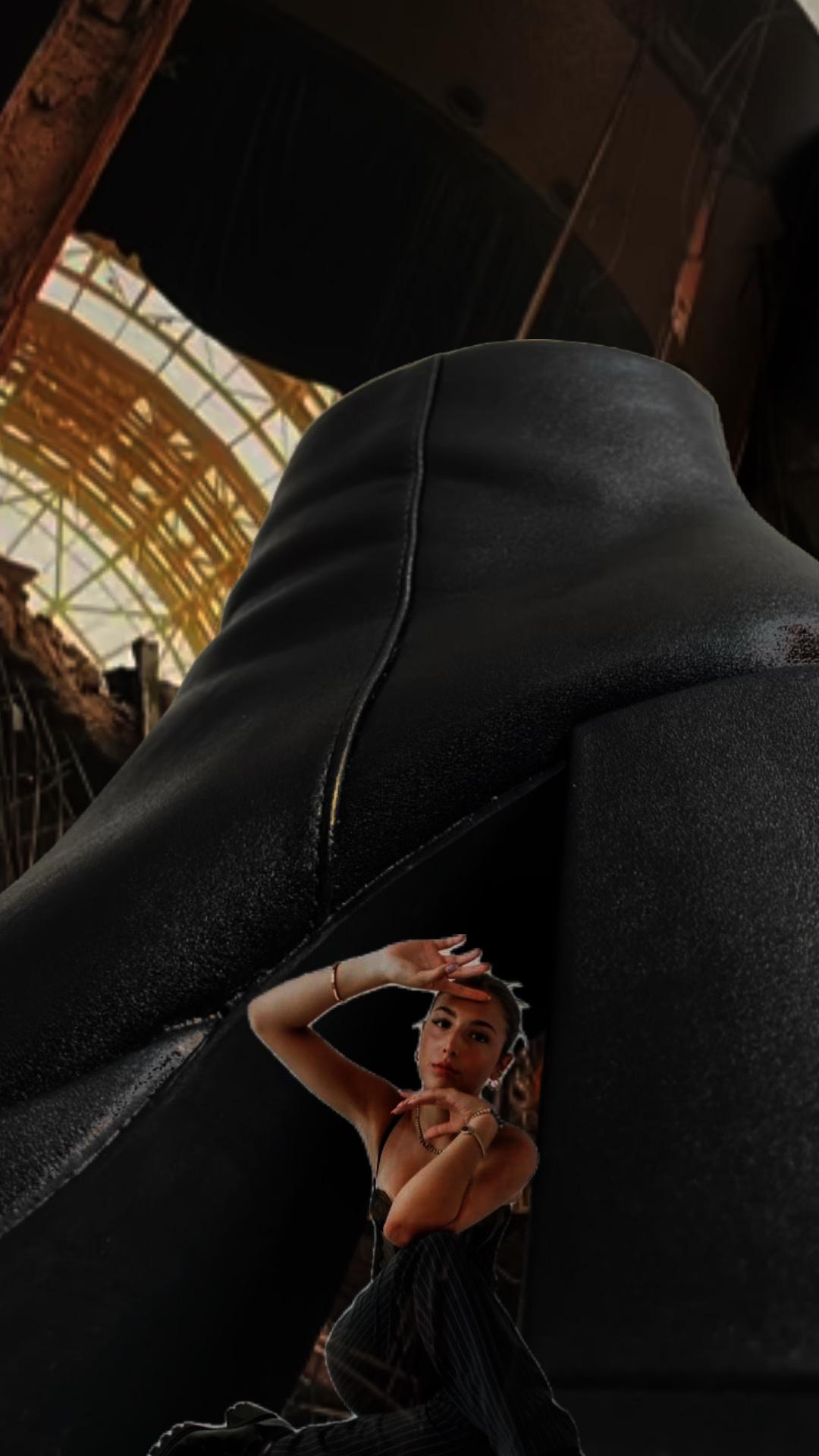


After evaluating all of my work, I have found my gap in the market and it is using CGI and AI to my advantage in Luxury fashion. This feels the most organic outcome after analysing my component 1 research and continuing it through to my component 2 work. What I have realised is my brand or what i wish to project it to be is a future facing brand that can build strong relationships with its consumer, while getting a jump on the digital space.
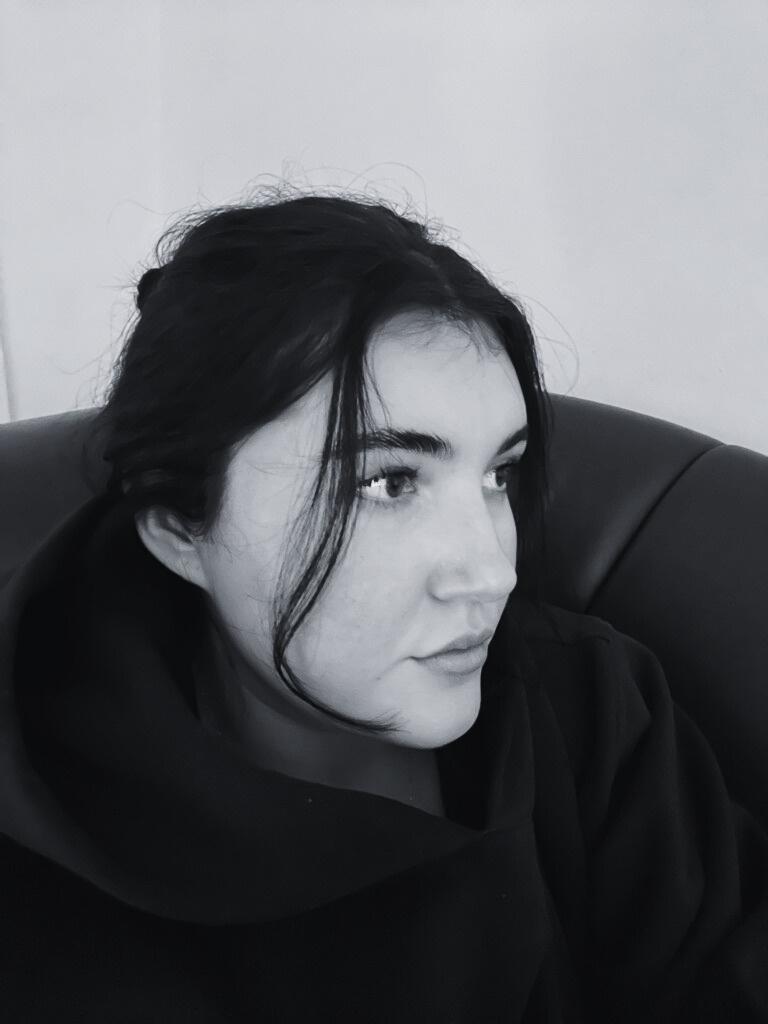
Throughout this component I have really dove deep into who inspires me and how that can help me influence the gap in the market. In doing this research I feel it has helped me develop a strong campaign idea and it feels authentic to me and what I stand for. What surprised me most about my research in this component was how much I really enjoyed the CGI side and looking into how so many people incorporate it into fashion Where I believe my idea is different, is there is not really a space for Luxury, high end fashion being catered in a digital space In giving Luxury fashion a space in the digital world, I am adding a whole new consumer to be marketed at. So my next steps are to fully expand on this idea, and create my strategy for my photoshoot and capturing of my idea, the post production and my marketing strategy. Having done thorough research in this component I feel fully confident stepping into the strategy stage and I am extremely excited to execute my plan.
TESS TESS HALLIWELL HALLIWELL